- Probartak Sangha Building (4th and 5th Floor), Probartak Circle, Panchlaish, Chittagong
- Phone: 01839392525, 01768225275,
- Emails: info.chittagong@bdeyehospital.com
- Hotline:01839392525
Overview
The Pediatric Ophthalmology service of Bangladesh Eye Hospital has started with a noble aim of bringing back a smile to a child’s face. Over the years the department has grown to be a major referral center for pediatric eye disorders. At present, this service involves diagnosis and management of various facets of pediatric eye disorders like refractive error, childhood cataract, glaucoma, amblyopia, squint, retinal disorders, congenital anomalies, pediatric eye cancer etc.
The department provides appropriate therapeutic intervention for all stages of retinopathy of prematurity, a blinding disease of the premature newborn.
We often provide services to needy patients at our own expense as a consequence of our moral and social passion.
Over the years, because of our expertise in the field, we have grown to be a tertiary referral Centre for pediatric eye disorders for children all over Bangladesh.
Pediatric Eye Surgery:-
We are proud to have a dedicated and skilled team of pediatric ophthalmologists, anesthesiologists, whose sole focus is to help these children at every stage of recovery.
We have a dedicated, state of art operating room for pediatric eye surgery with microscopes and sophisticated instruments for various surgeries.
In short, all the possible diagnostic and treatment facilities are made available to the children of all strata under a single roof.
Frequently Asked Questions (FAQ): -
What is Strabismus (Deviation of eyes)?
Strabismus is a type of eye movement disorder in which a child’s eyes look crossed. It is usually caused by an imbalance in the muscles that help the eyes stay straight and move together properly. Surgery on the eye muscles can help the eyes look straight. Children may have lasting vision loss in the less-used eye (amblyopia) if the condition is not treated in early childhood.
How early does my child need an eye check-up?
Early identification of a child’s vision problem can be crucial because children often are more responsive to treatment when problems are diagnosed early. Early eye exams also are important because children need the following basic skills related to good eyesight for learning: Near vision, Distance vision, Binocular (two eyes) coordination, Eye movement skills, Focusing skills, Peripheral awareness.
What are the common eye problems seen in pediatric age group?
Children can have variety of eye problems. Some of the relatively common disorders are refractive errors, redness of eyes (conjunctivitis – infective or allergic), watering of eyes, strabismus (deviation of eyes), amblyopia (lazy eyes), lid abnormalities (ptosis), congenital cataracts, congenital glaucoma, developmental abnormalities of the eyes (microphthalmos), vitreous hemorrhage, retinopathy of prematurity etc.
What is Pediatric Cataracts?
Some children are born with cataracts, which are a clouding of the eye’s lenses. The clouding prevents images from being seen clearly or at all. In babies and young children, cataracts must be treated to prevent lasting problems with development of vision.
What Is Retinopathy of Prematurity?
Retinopathy of prematurity (ROP) is an eye disease that can happen in premature babies. It causes abnormal blood vessels to grow in the retina, and can lead to blindness.
How Is Retinopathy of Prematurity Treated?
Some cases of ROP are mild and correct themselves. But others need treatment.
Retinopathy of Prematurity Treatment:-
The most common methods of ROP treatment:
Laser surgery
Injection
For advanced cases of ROP with retinal detachment, these methods are used:
Scleral buckling
Vitrectomy
Your baby's ophthalmologist will talk with you about which ROP surgery method is best.
Retinoblastoma (Children Eye Cancer)
Retinoblastoma is a life-threatening eye cancer that affects children.
What are the signs of eye cancer in children?
In very early stages of the disease the eyes may look normal externally. Once the tumor grows, the child may have the most common signs of:
White, pearl like reflection from within the eye
Squinting of the eyes
Signs of advanced cancer
Large sized eye ball
Red, swollen and painful eye
Can this eye cancer be treated?
If the tumor is treated promptly, there is more than a 95% chance of cure. Once the cancer spreads outside the eye cancer becomes a threat to life, especially when it spreads to the brain and other parts of the body. Tumors that are not large or-life threatening can be treated by chemotherapy, cryotherapy and focal laser therapy. Large tumors may require removal of the affected eye. If it is detected very late the child may require surgery followed by sessions of chemotherapy, bone marrow transplants and radiotherapy.
Back To Top
© 2025 Bangladesh Eye Hospital. All Rights Reserved.
Design by AbacusIT.
Probartak Sangha Building (4th and 5th Floor), Probartak Circle, Panchlaish, Chittagong
01839392525, 01768225275

Cataract

None

None

None

None

None

None

None

None
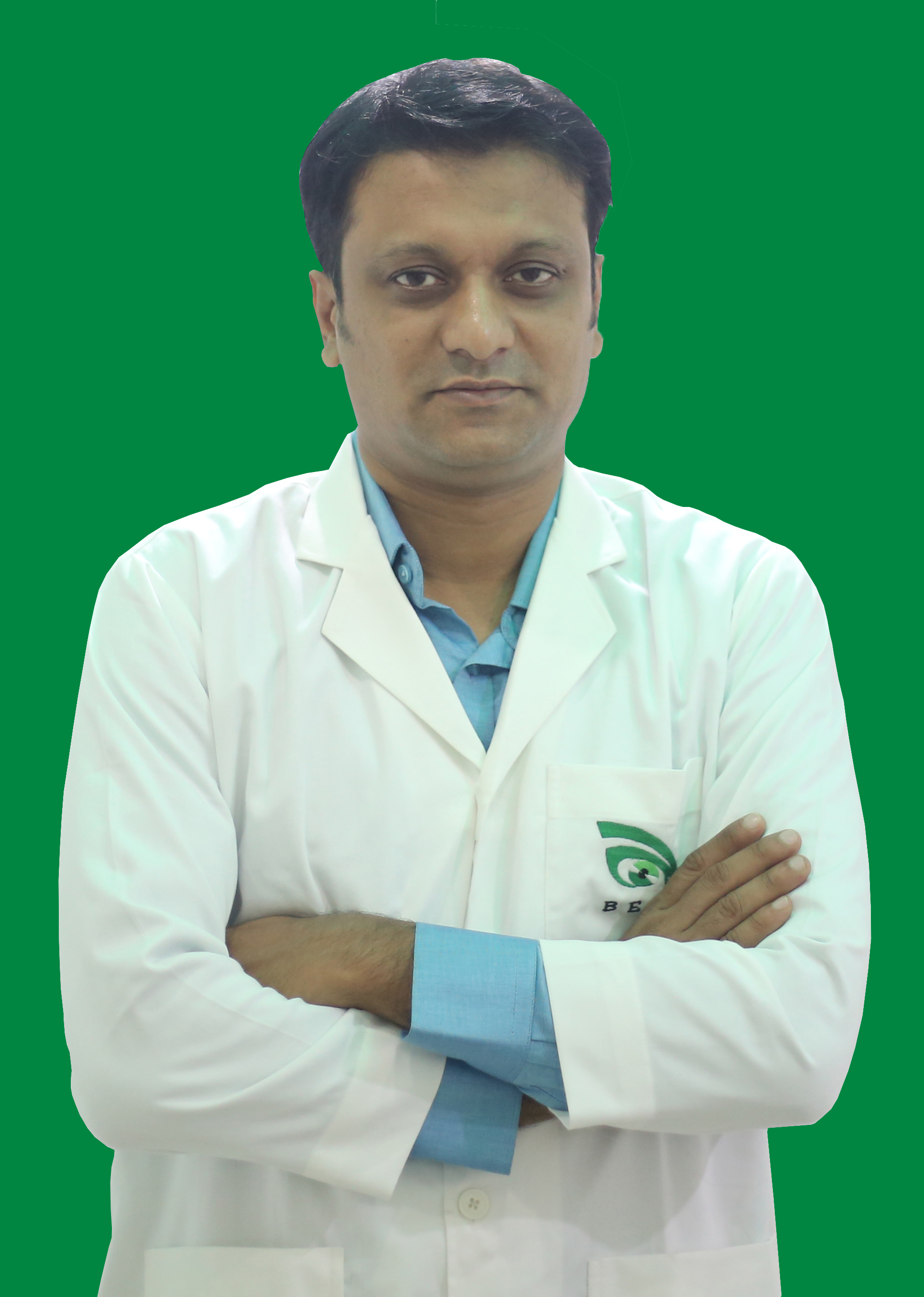
None

Cataract
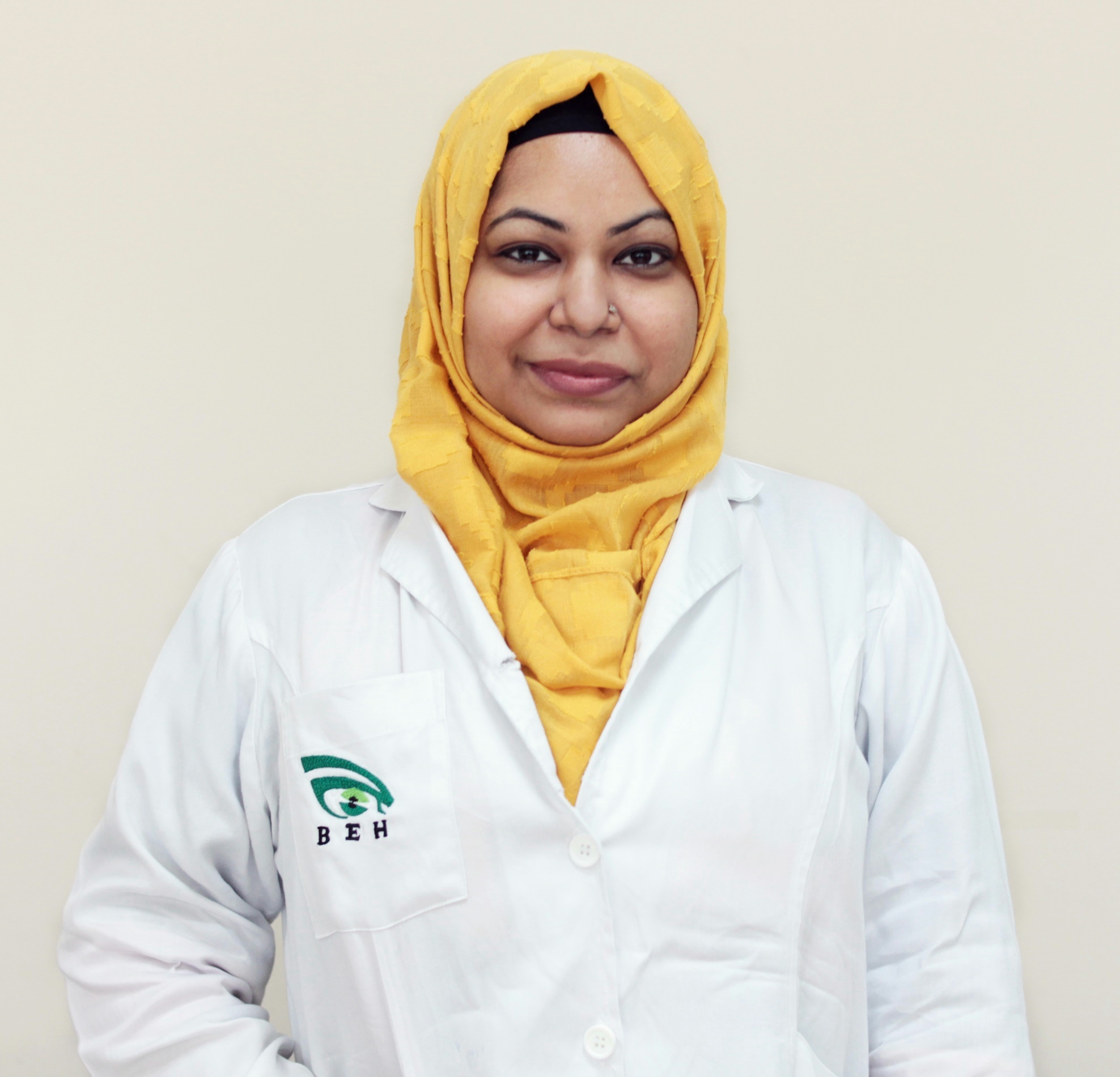
Cataract
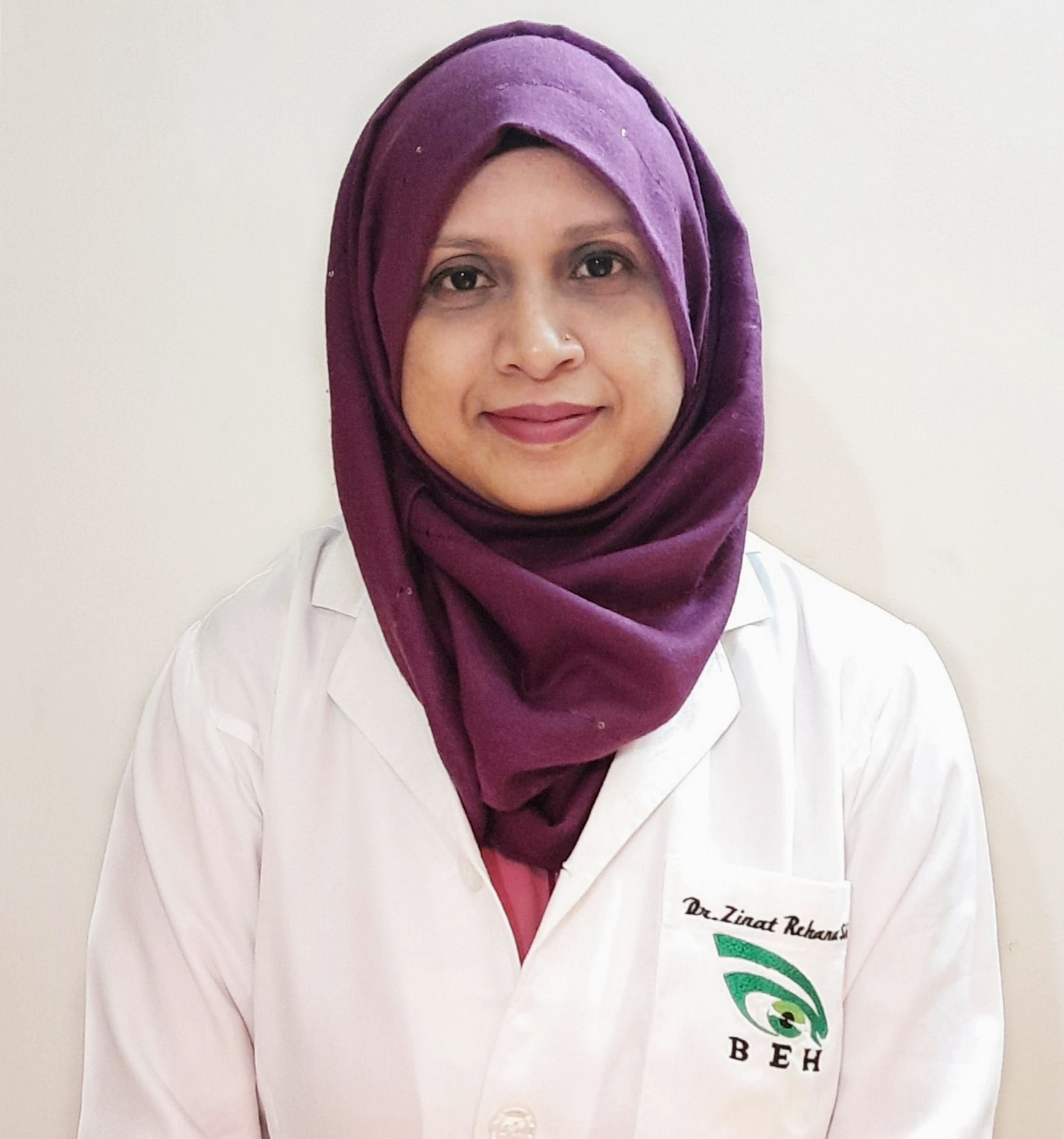
Cataract
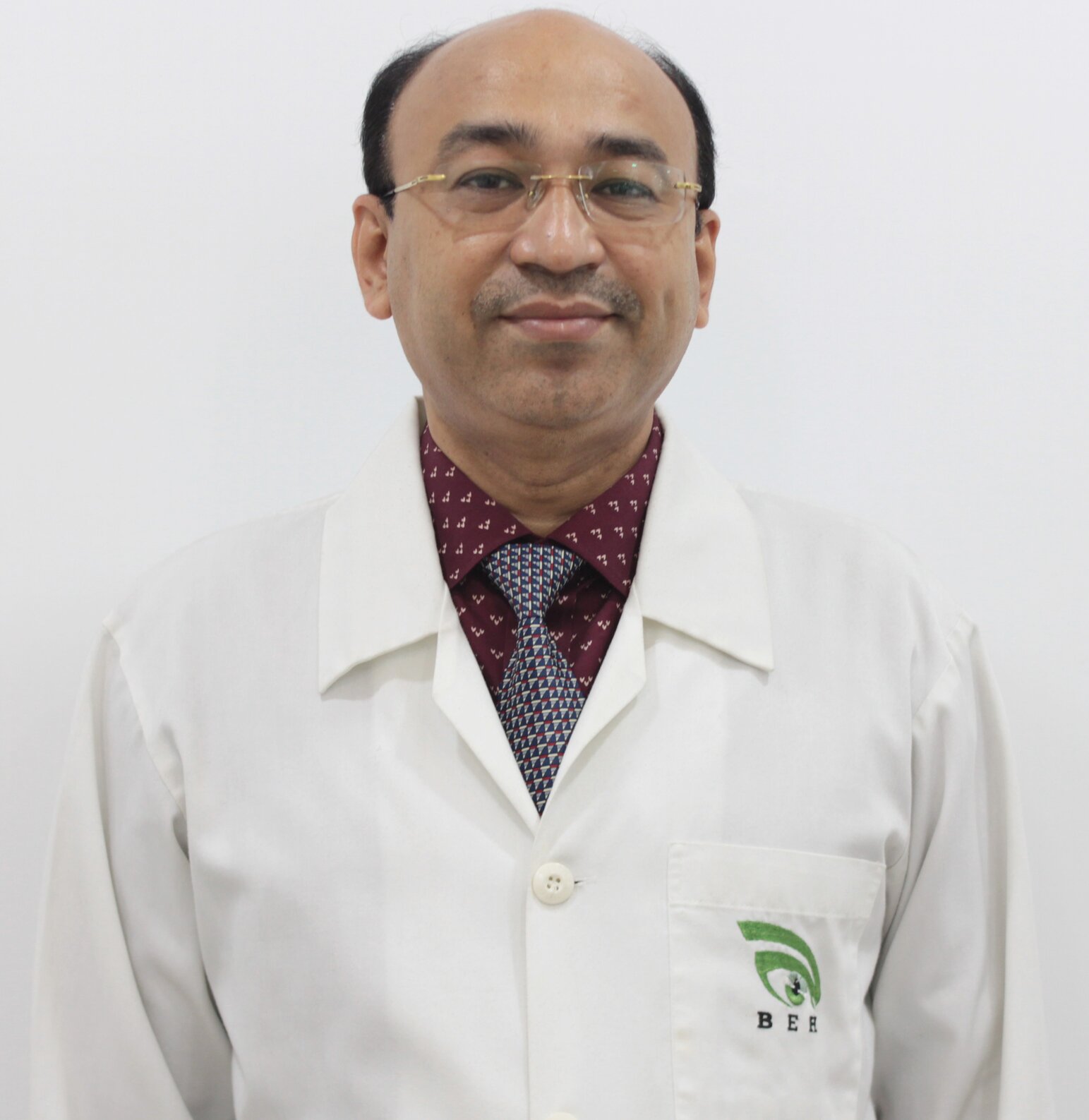
Cataract

Cataract
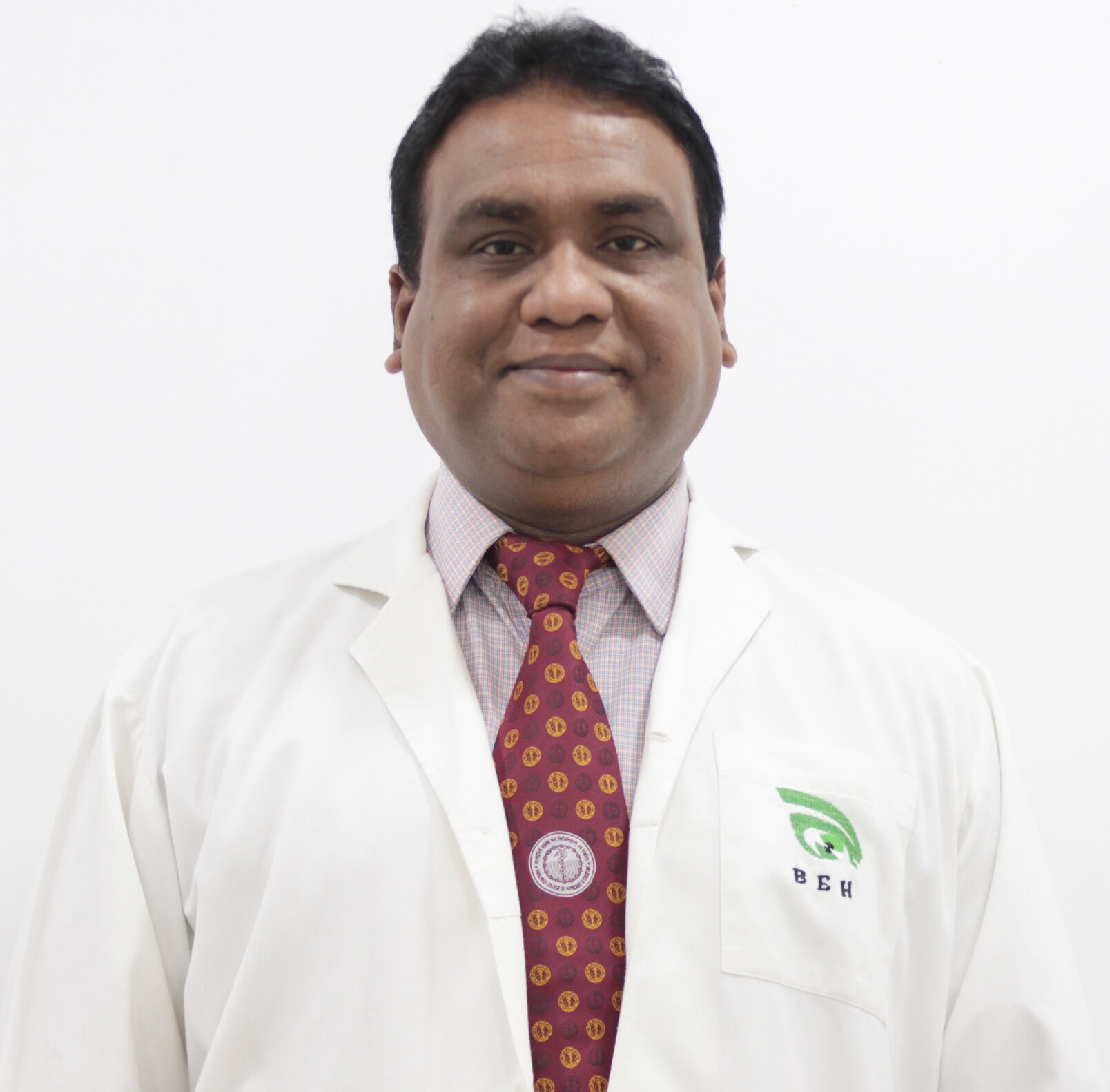
None
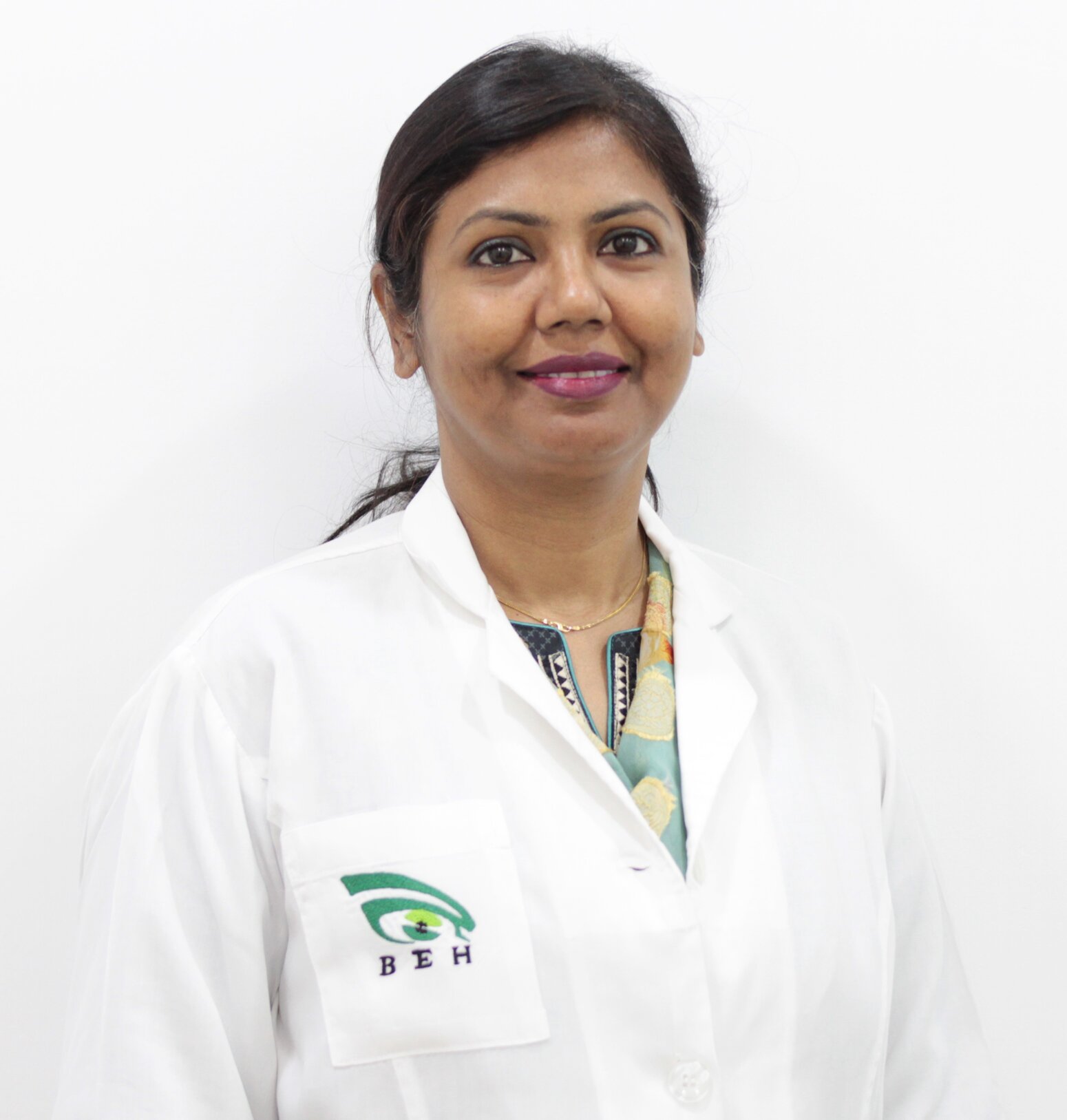
None

None
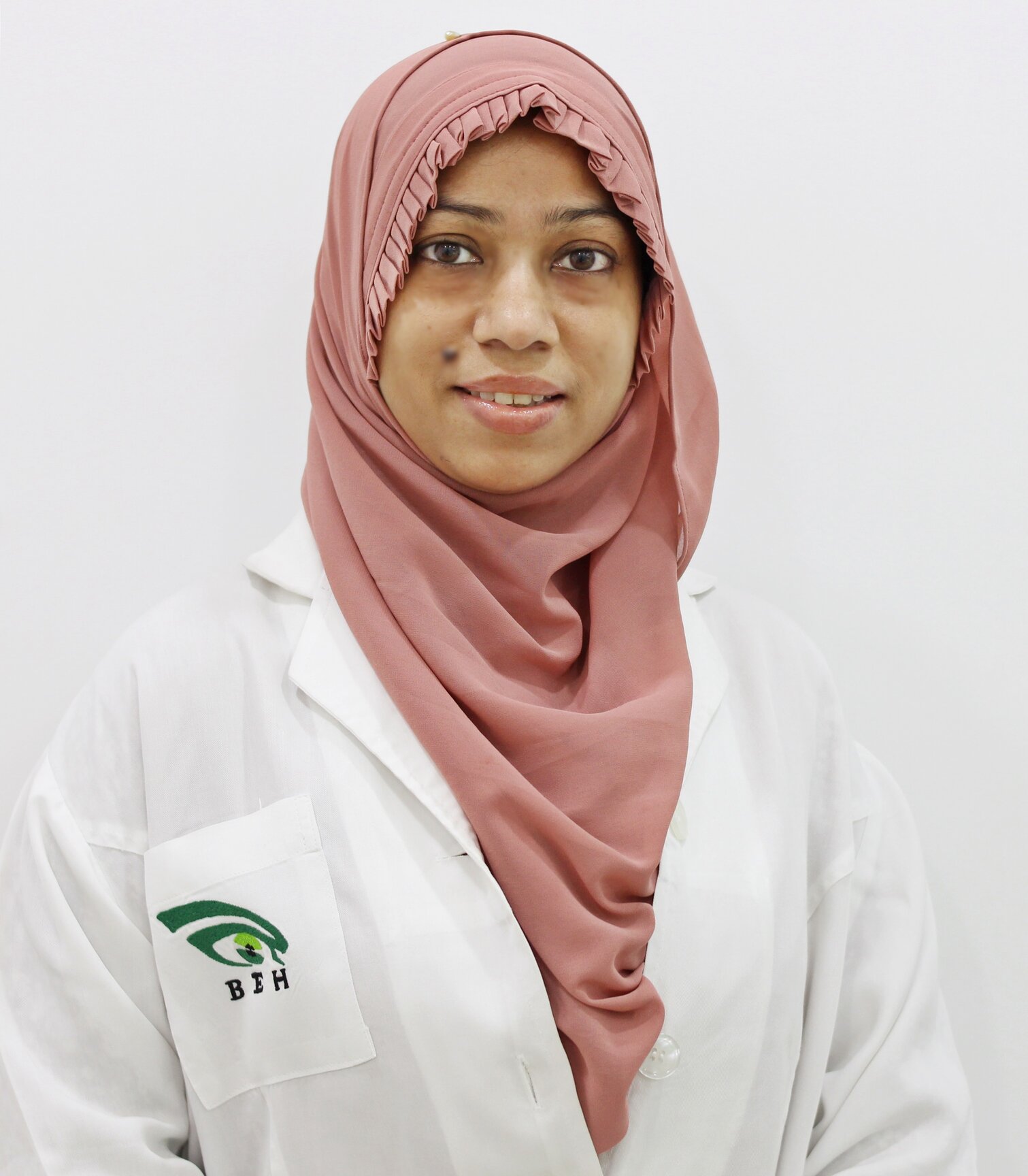
None

None
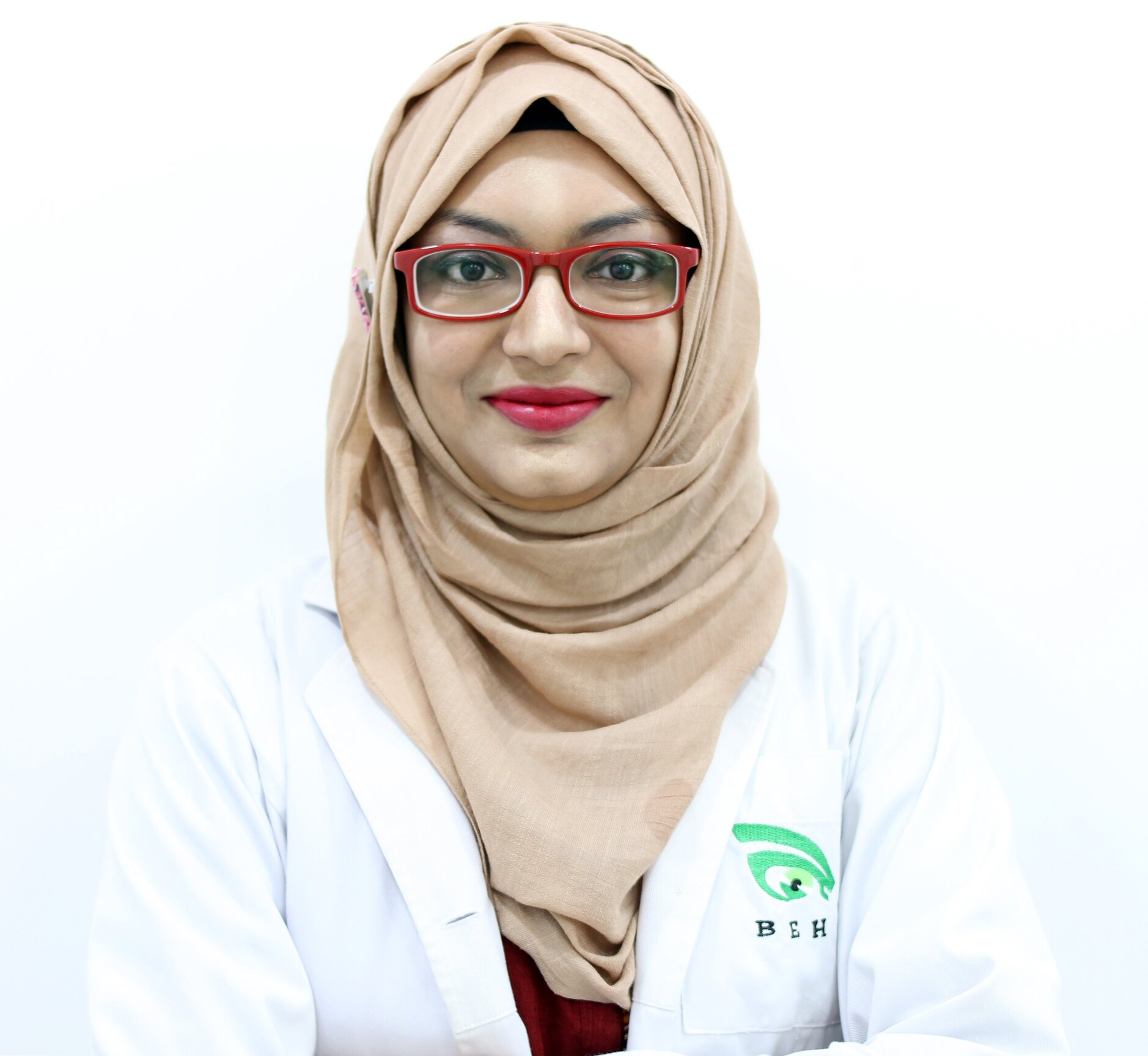
Cataract

Cataract

None

None

None
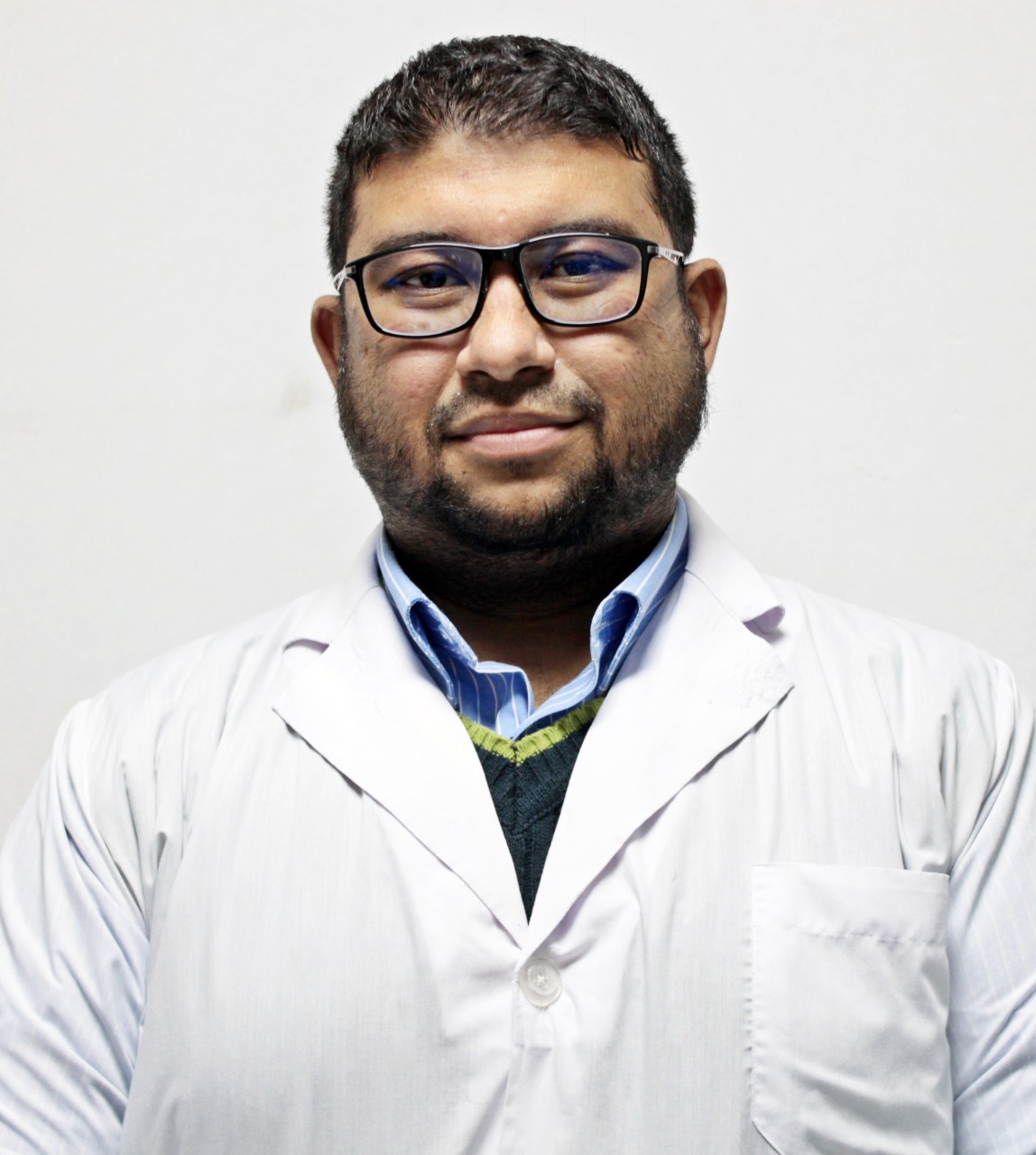
None

None
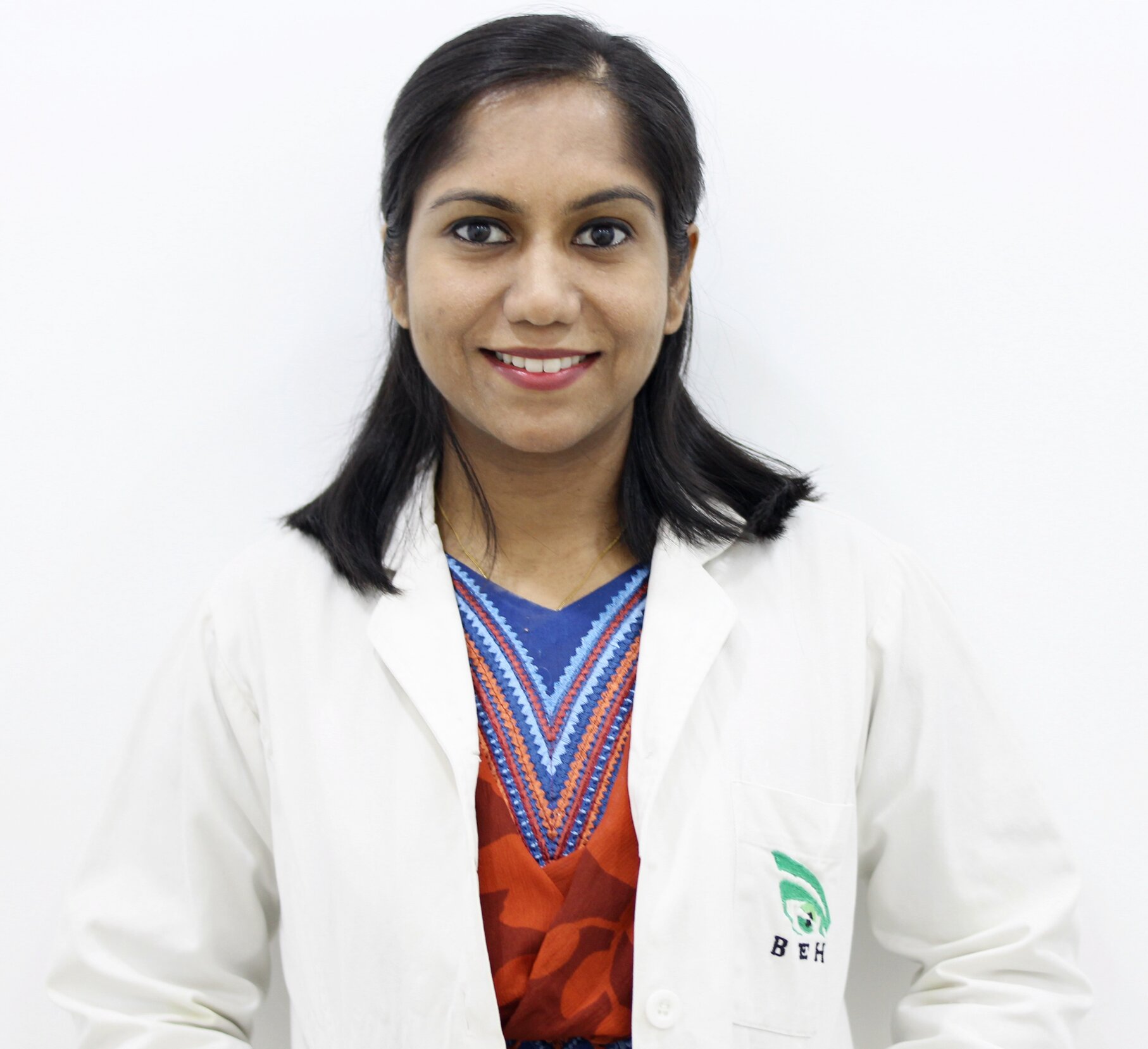
Cataract
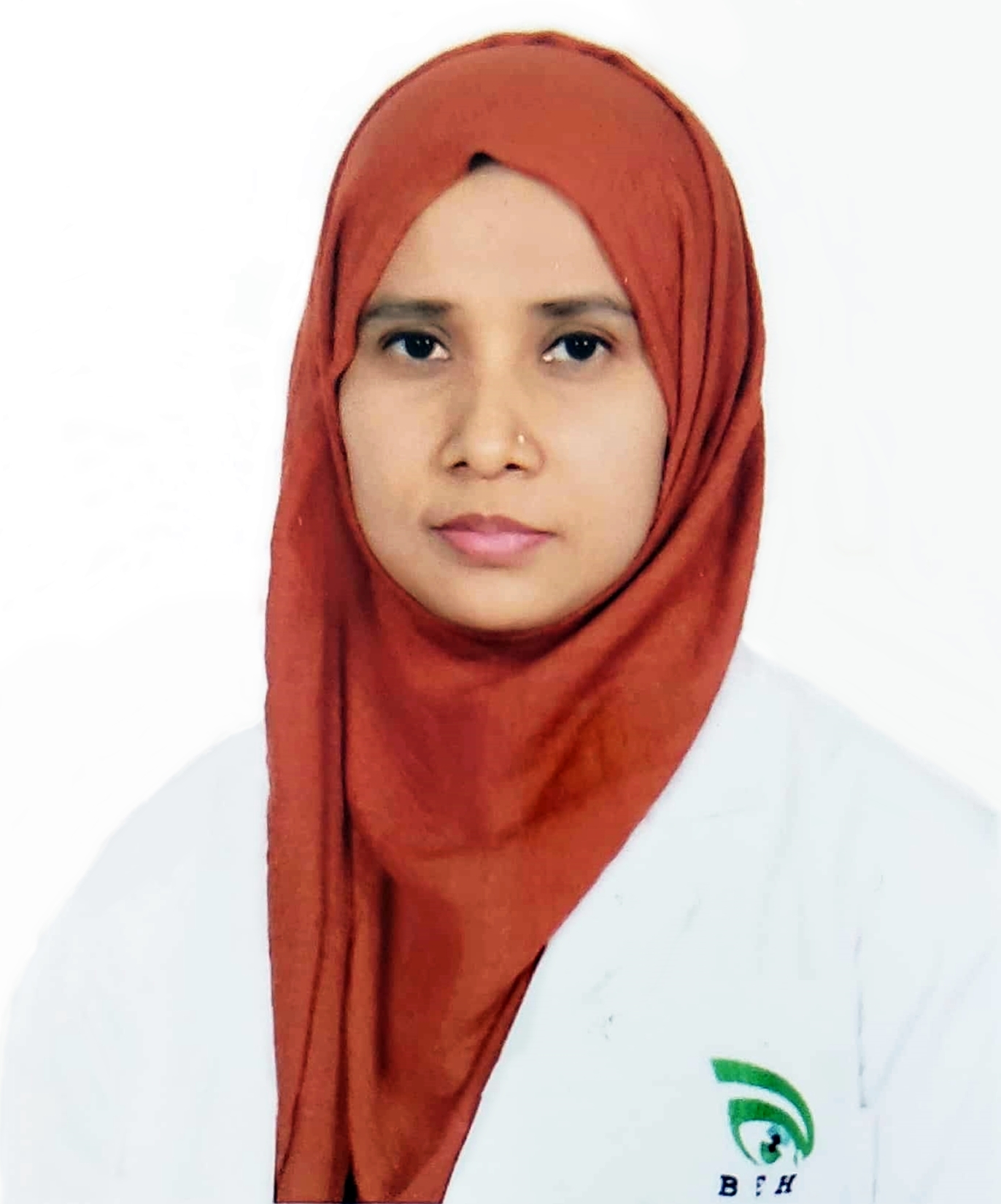
Cataract

Cataract

Cataract

Cataract
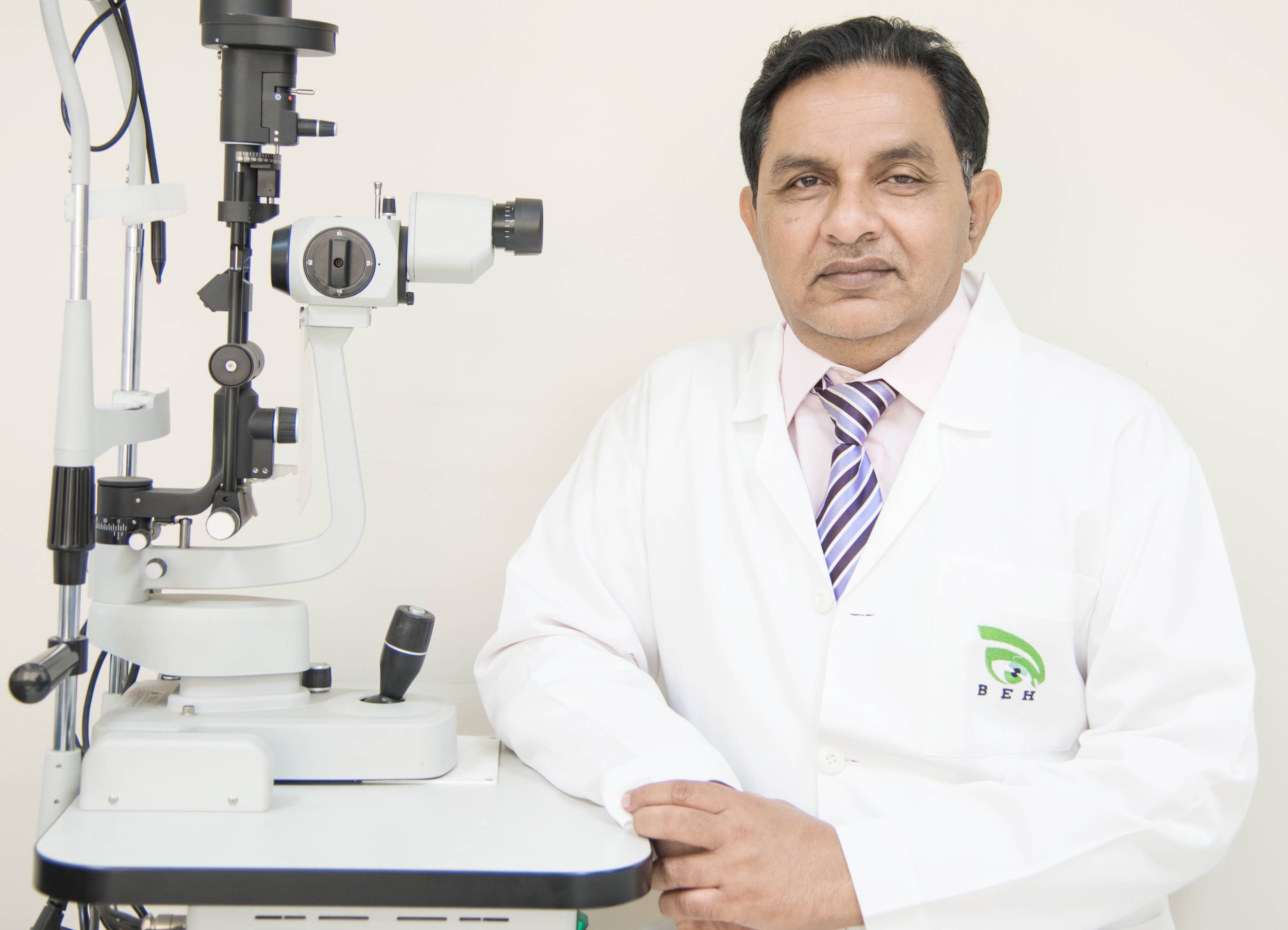
Cataract

Cataract

None

Cataract
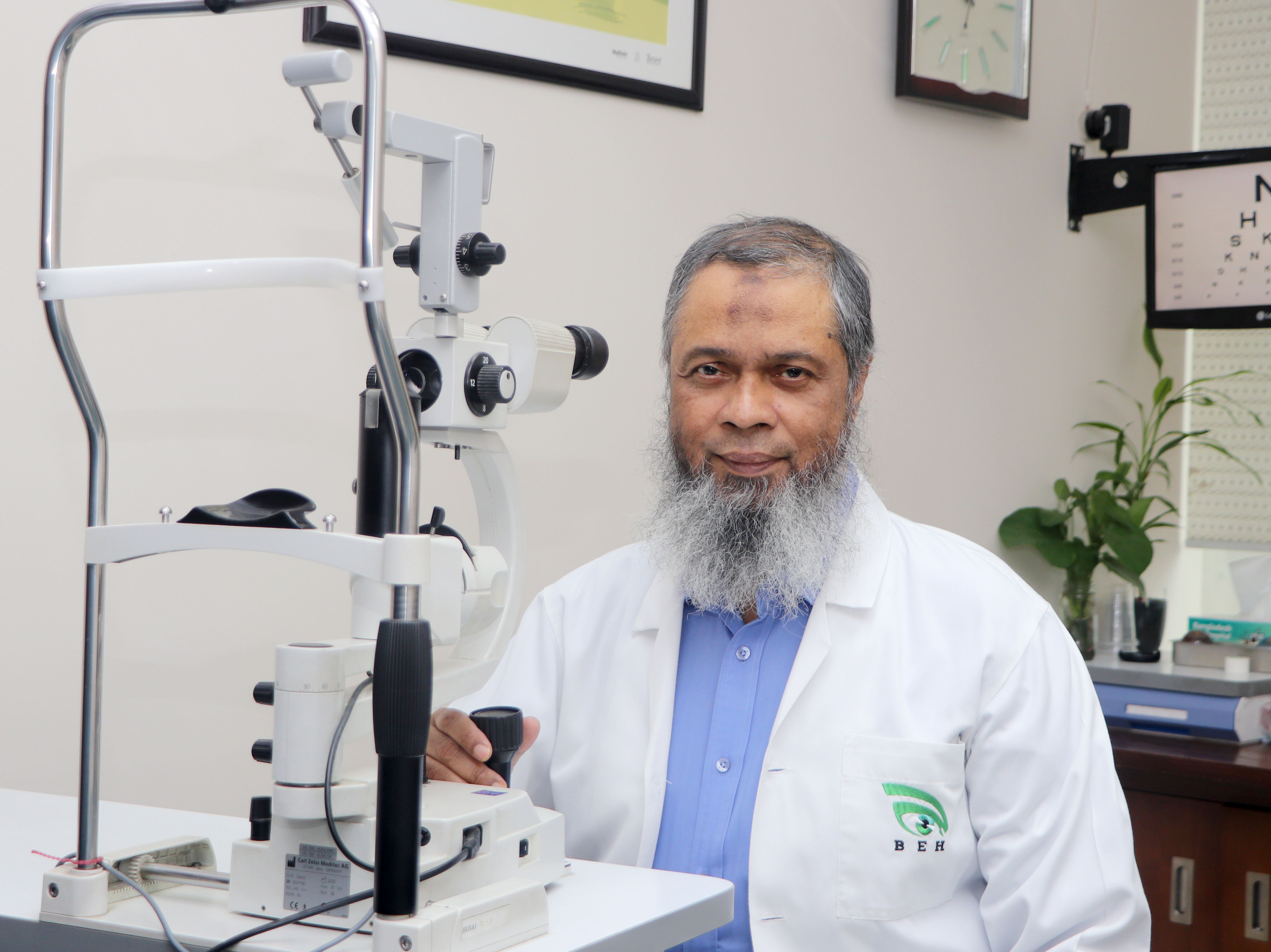
Cataract

Cataract

Cataract
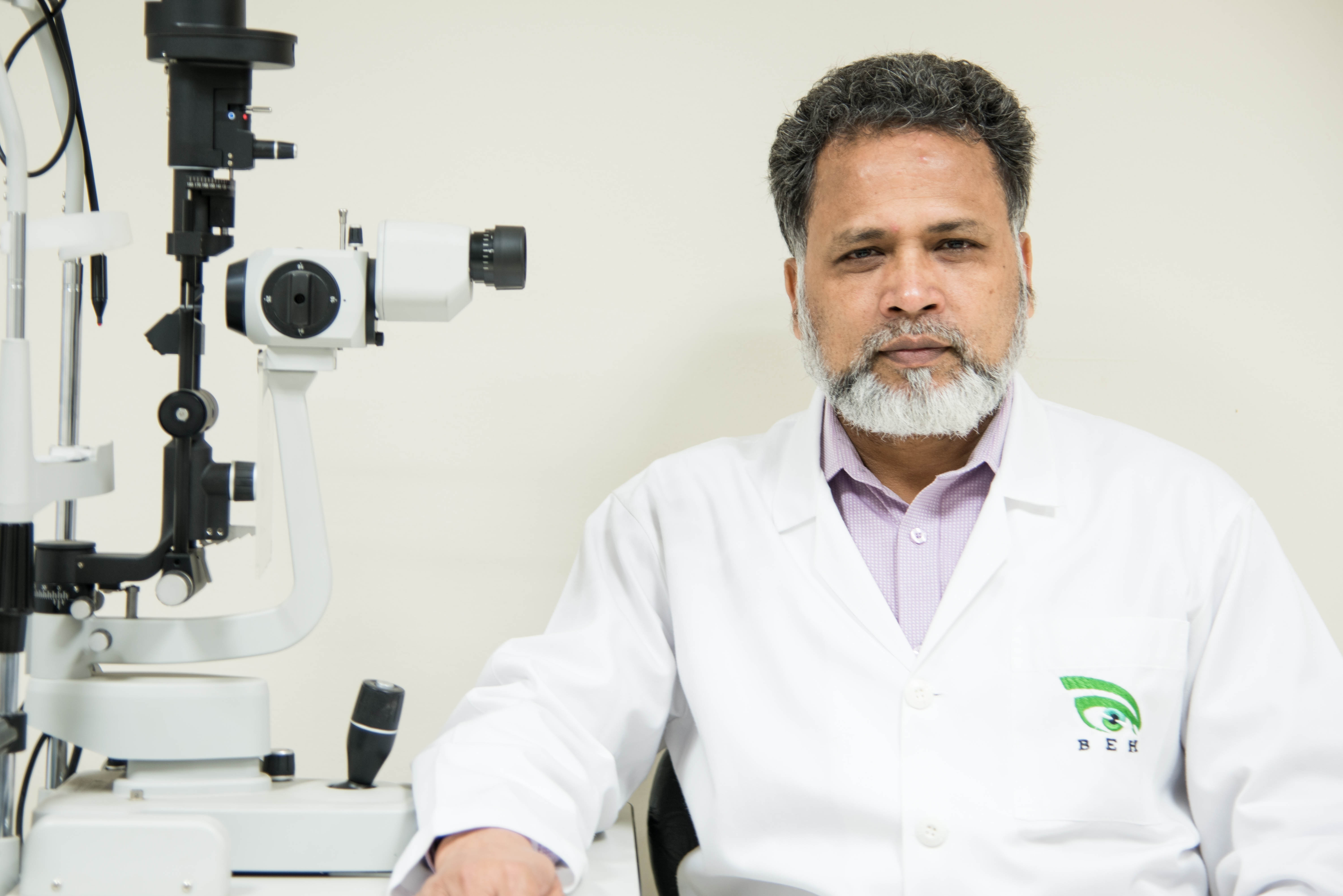
Cataract

Cataract

None
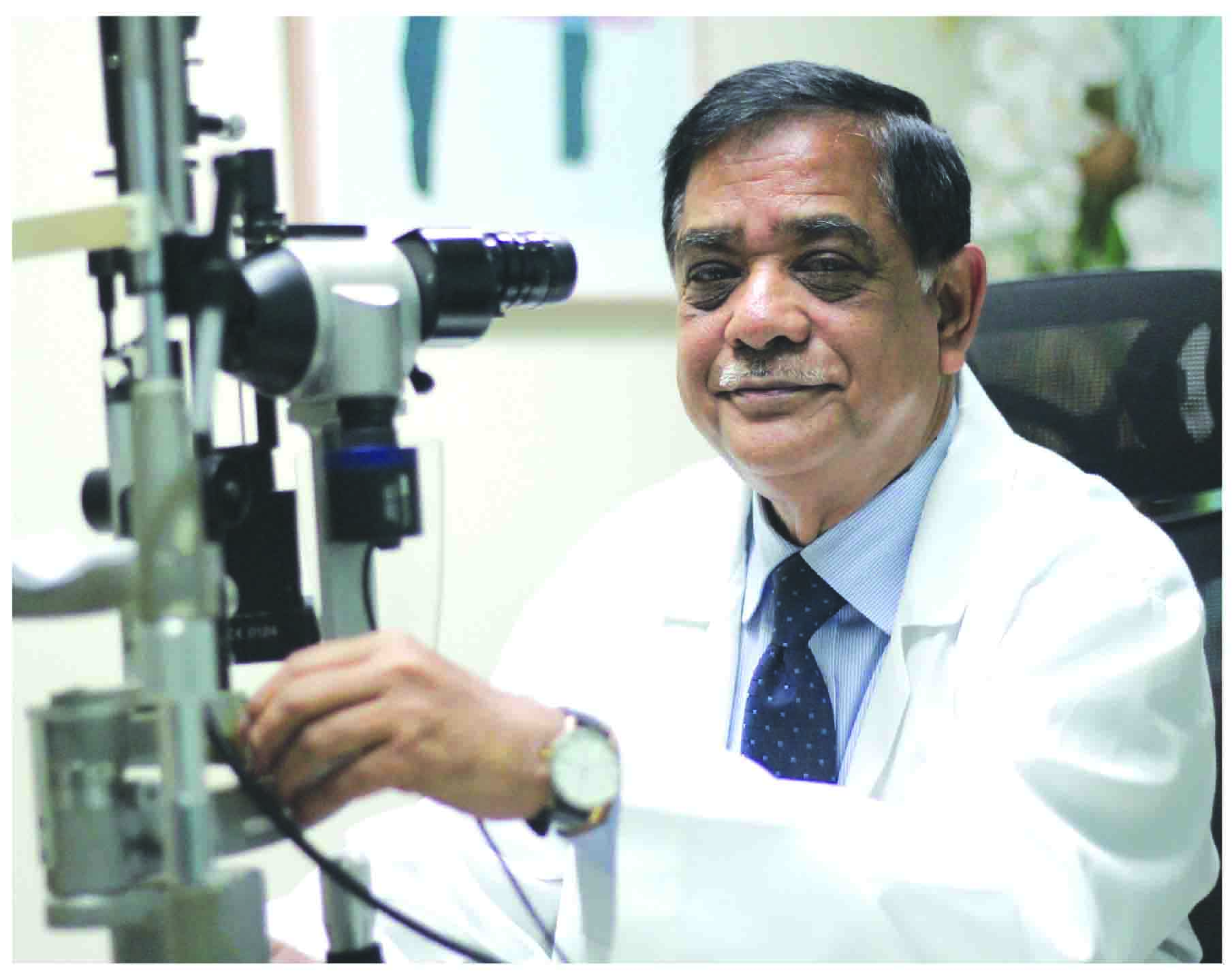
None

Cataract

Cataract
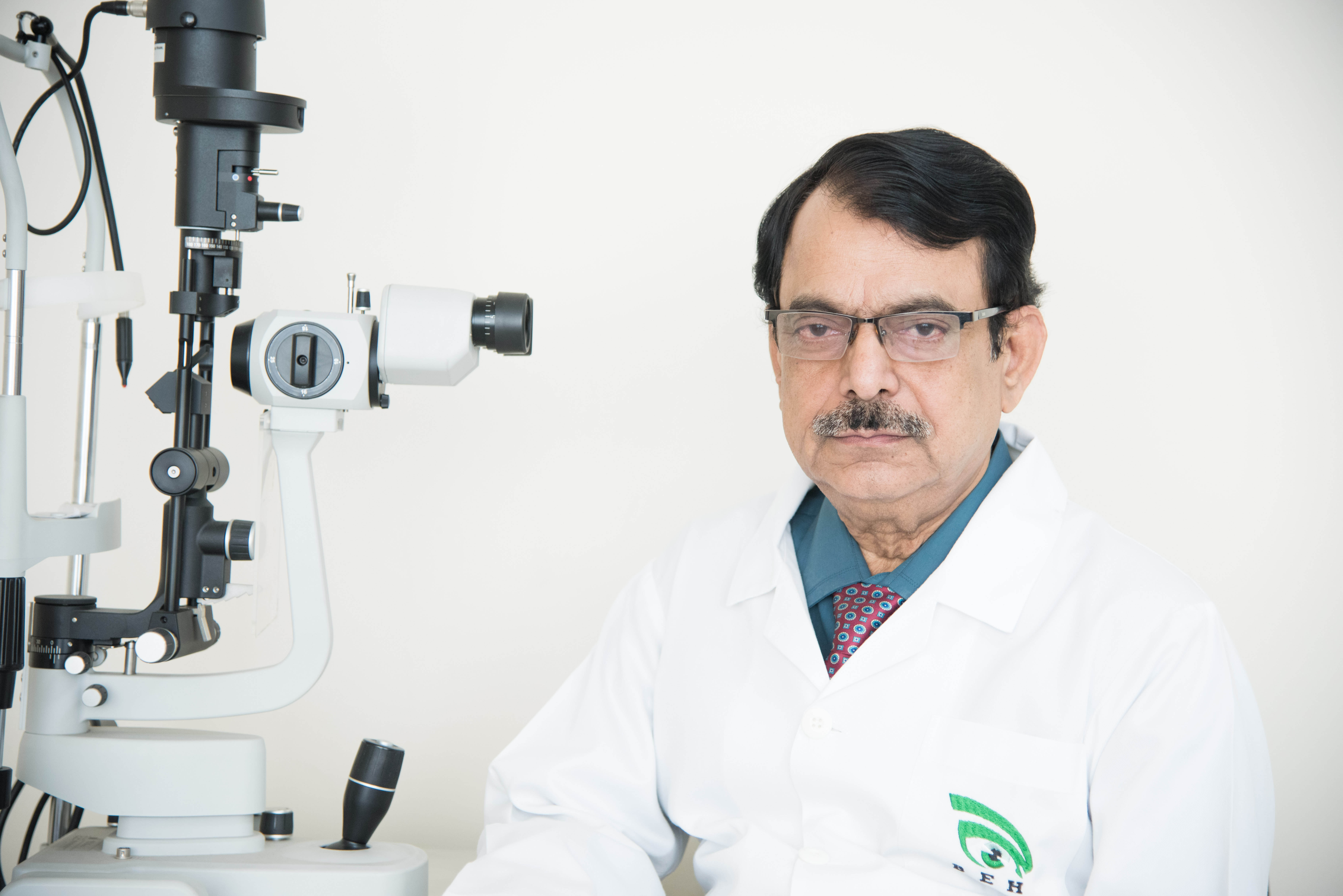
None
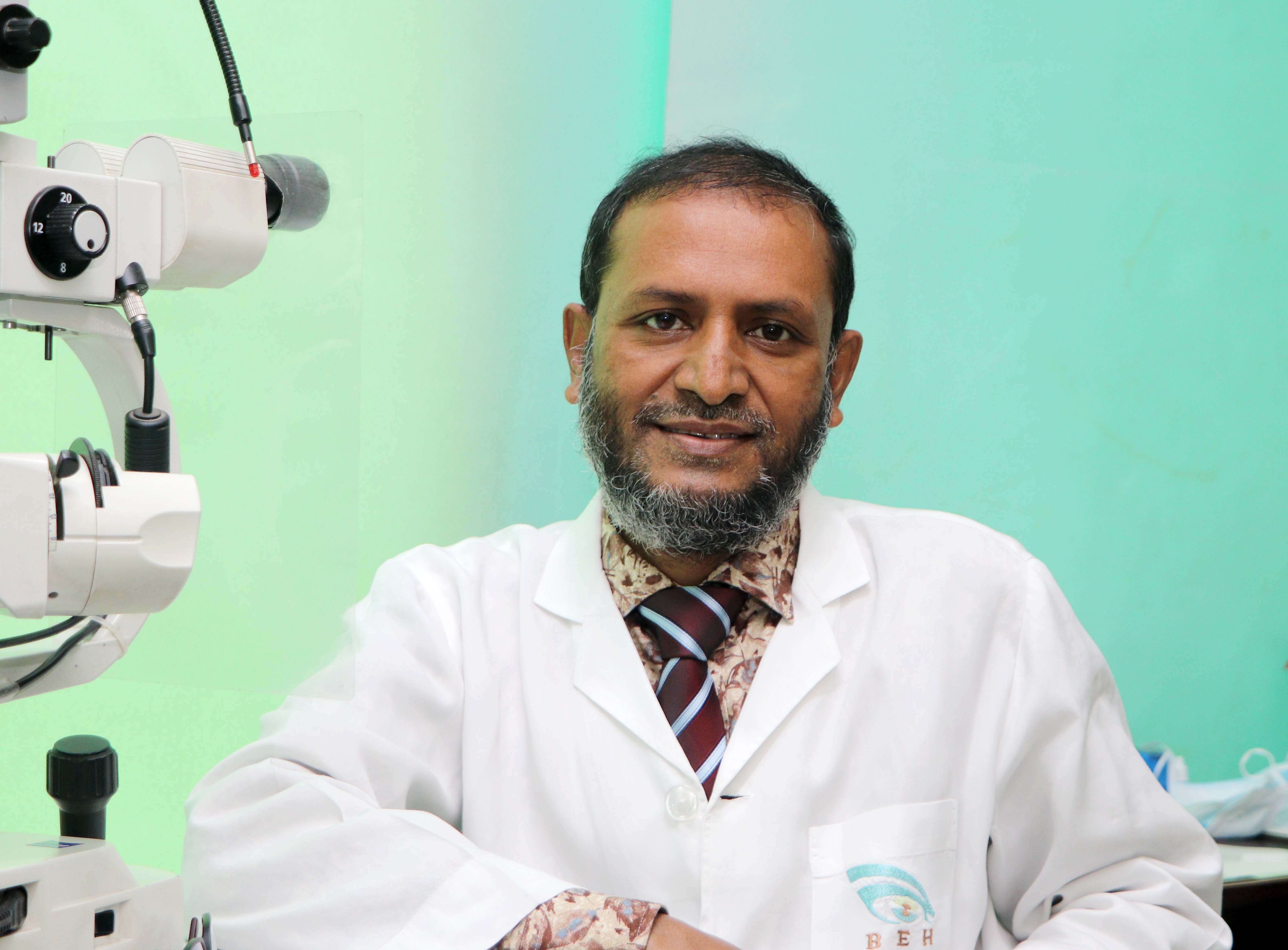
Cataract
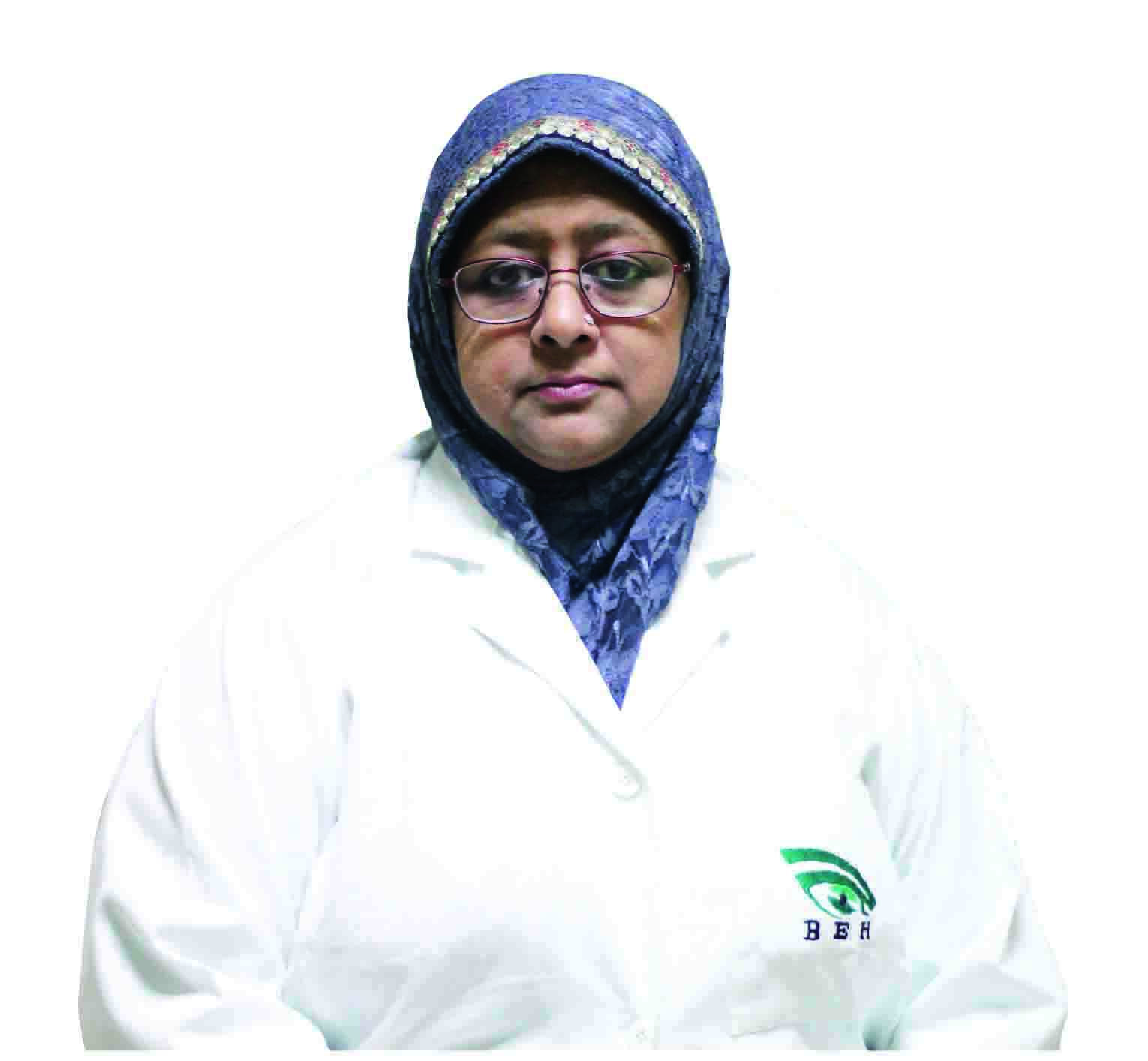
Cataract

Cataract

Cataract
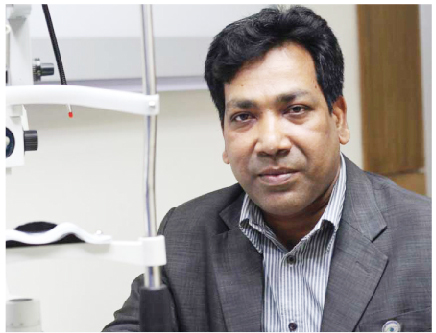
None

Cataract

Cataract
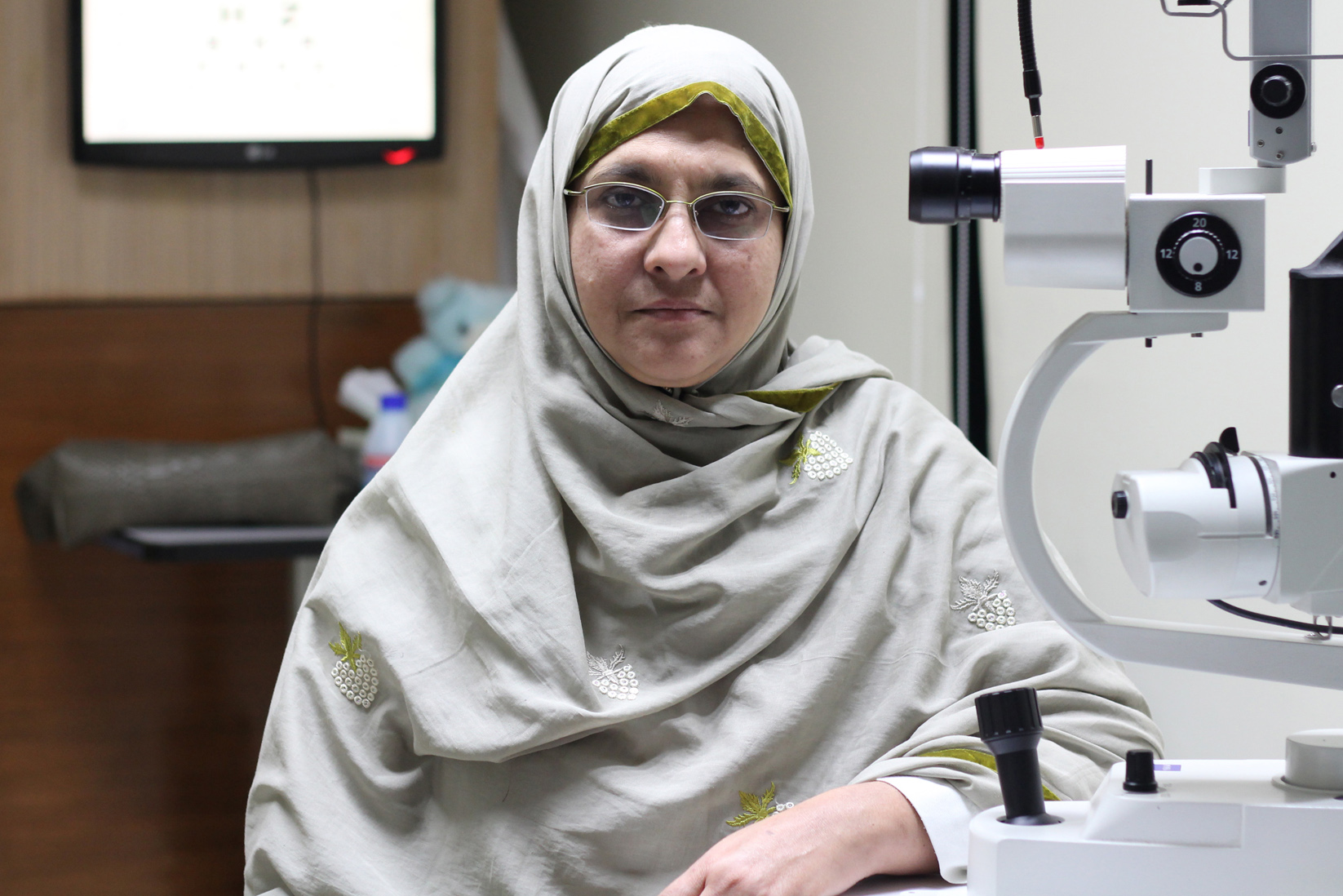
Cataract
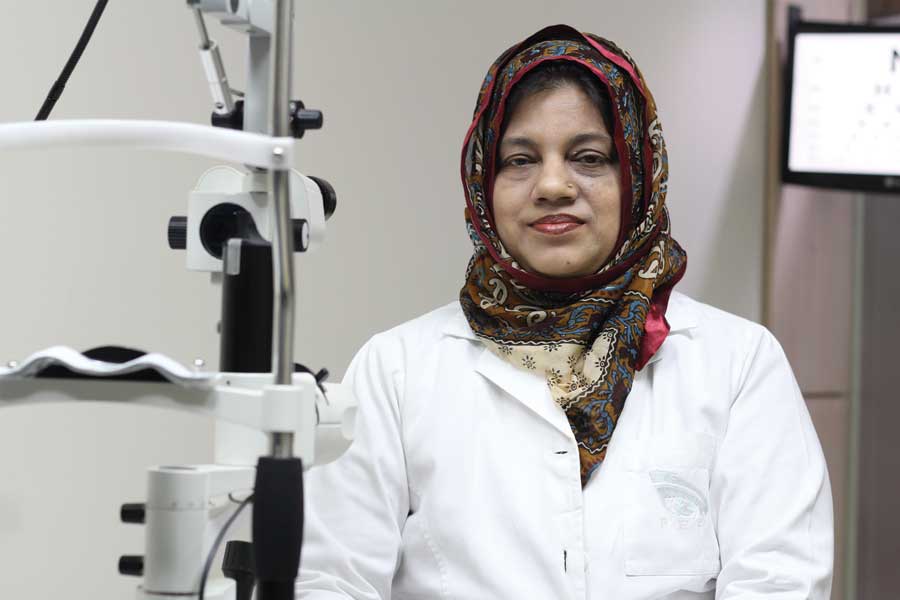
None
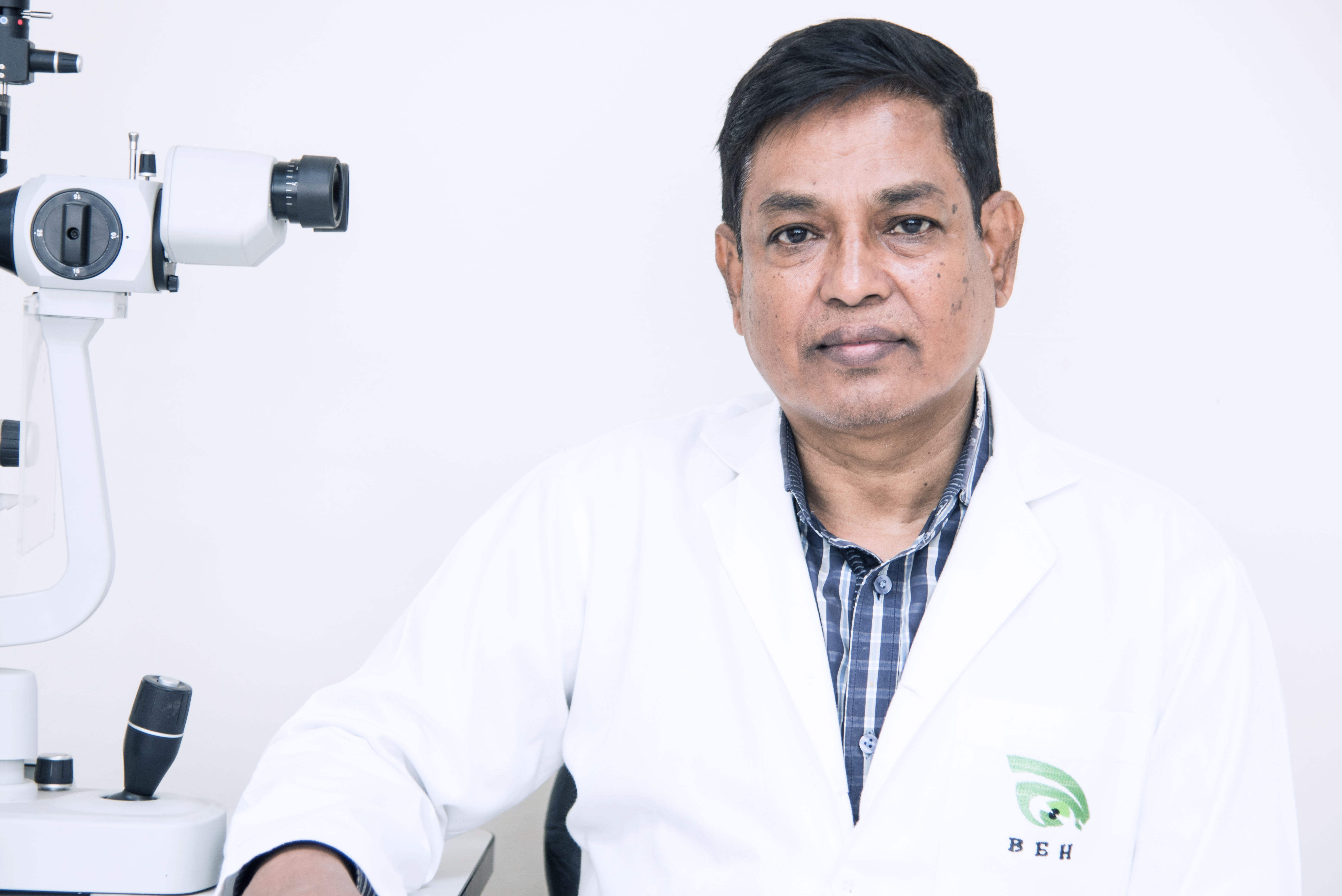
Cataract
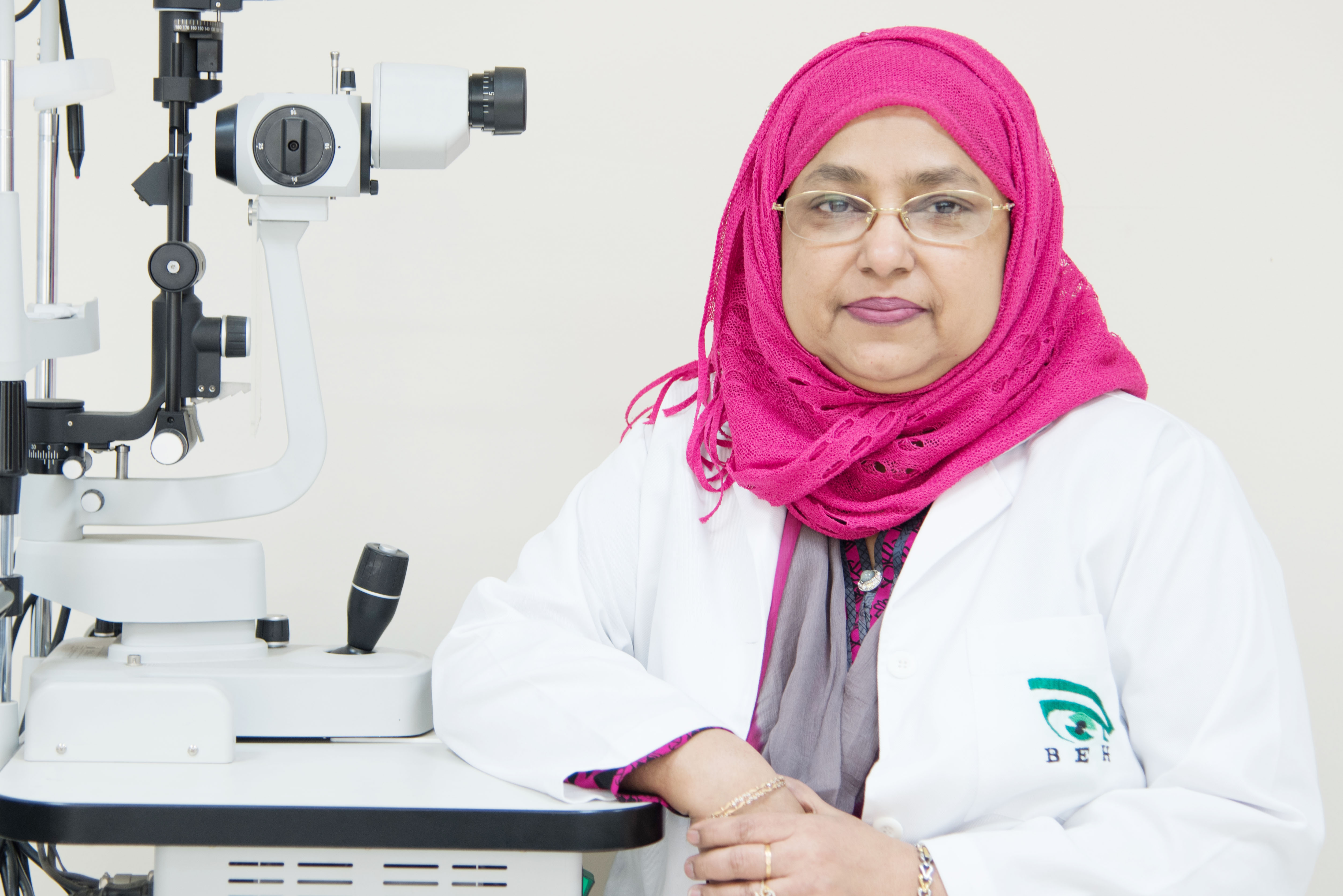
Cataract
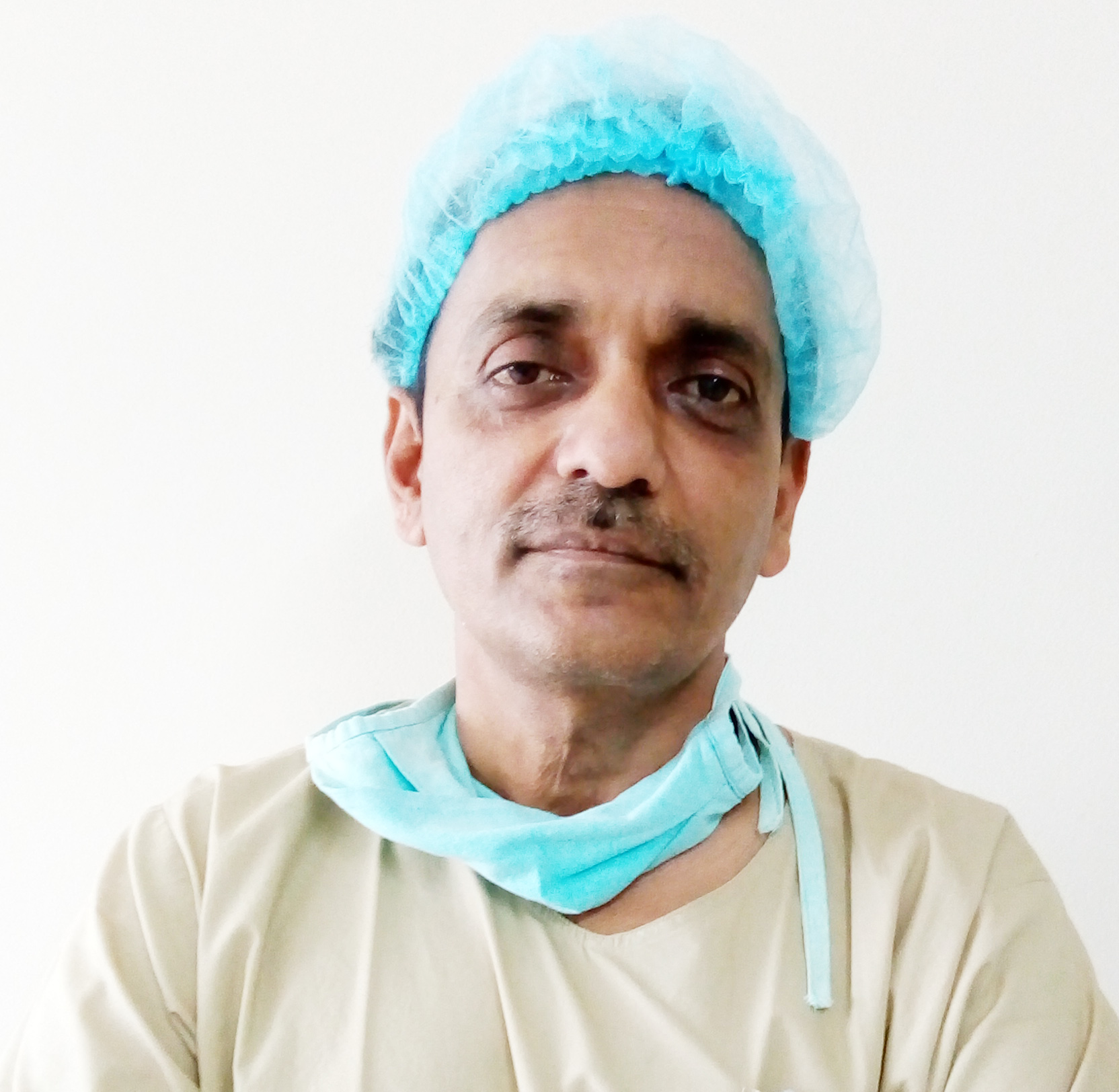
None

Cataract
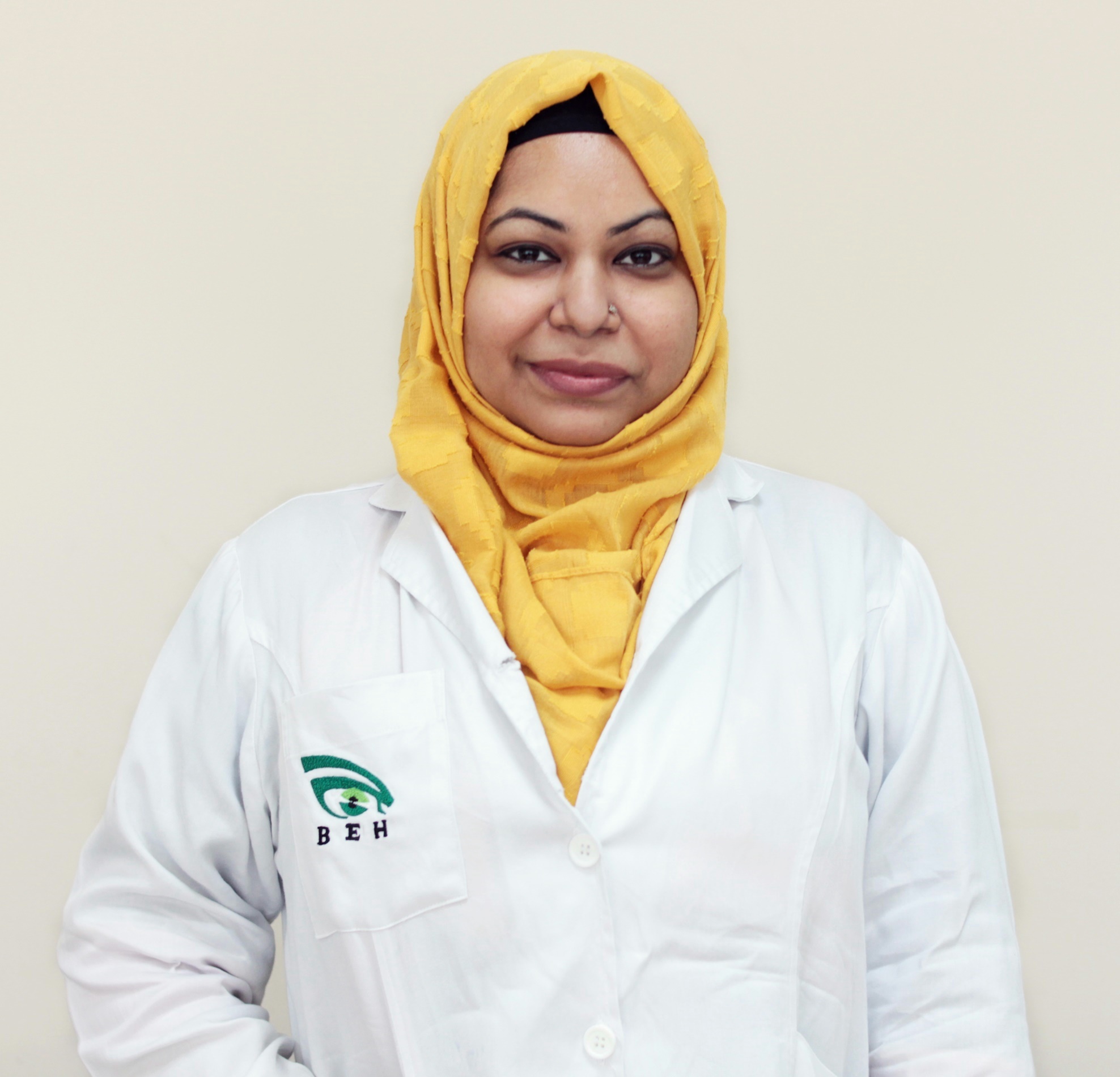
Cataract

Cataract
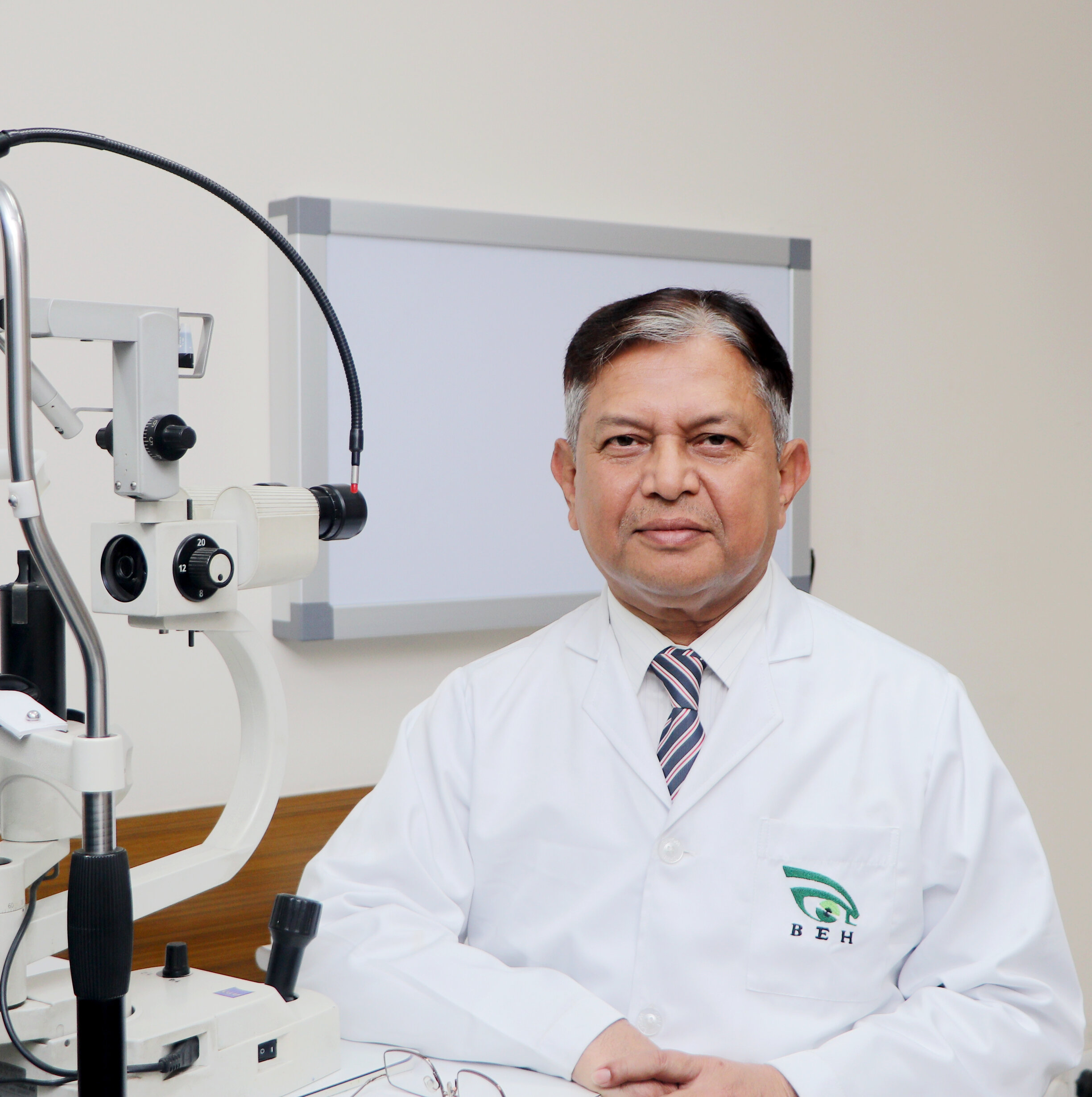
Cataract
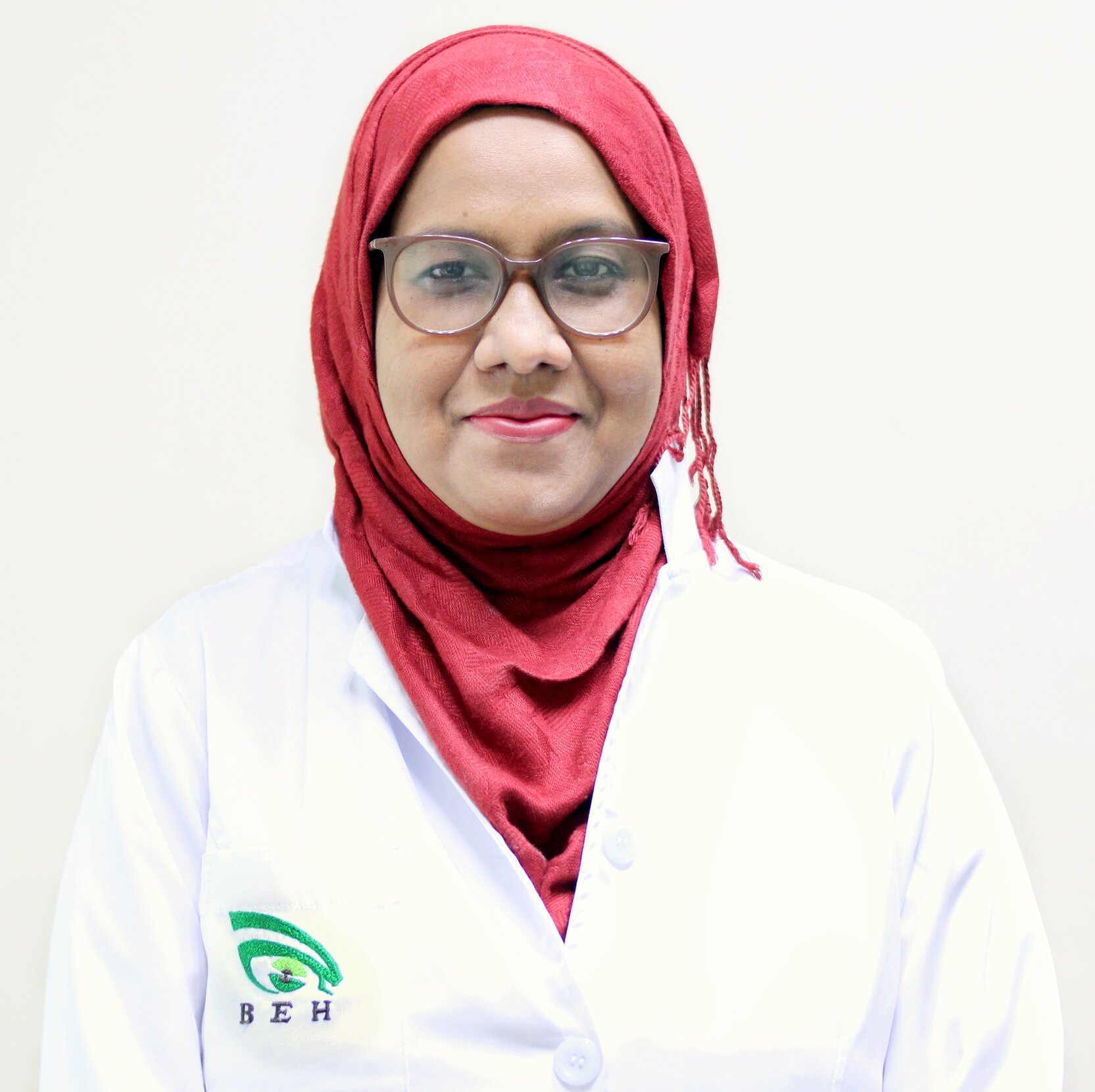
Cataract

Cataract
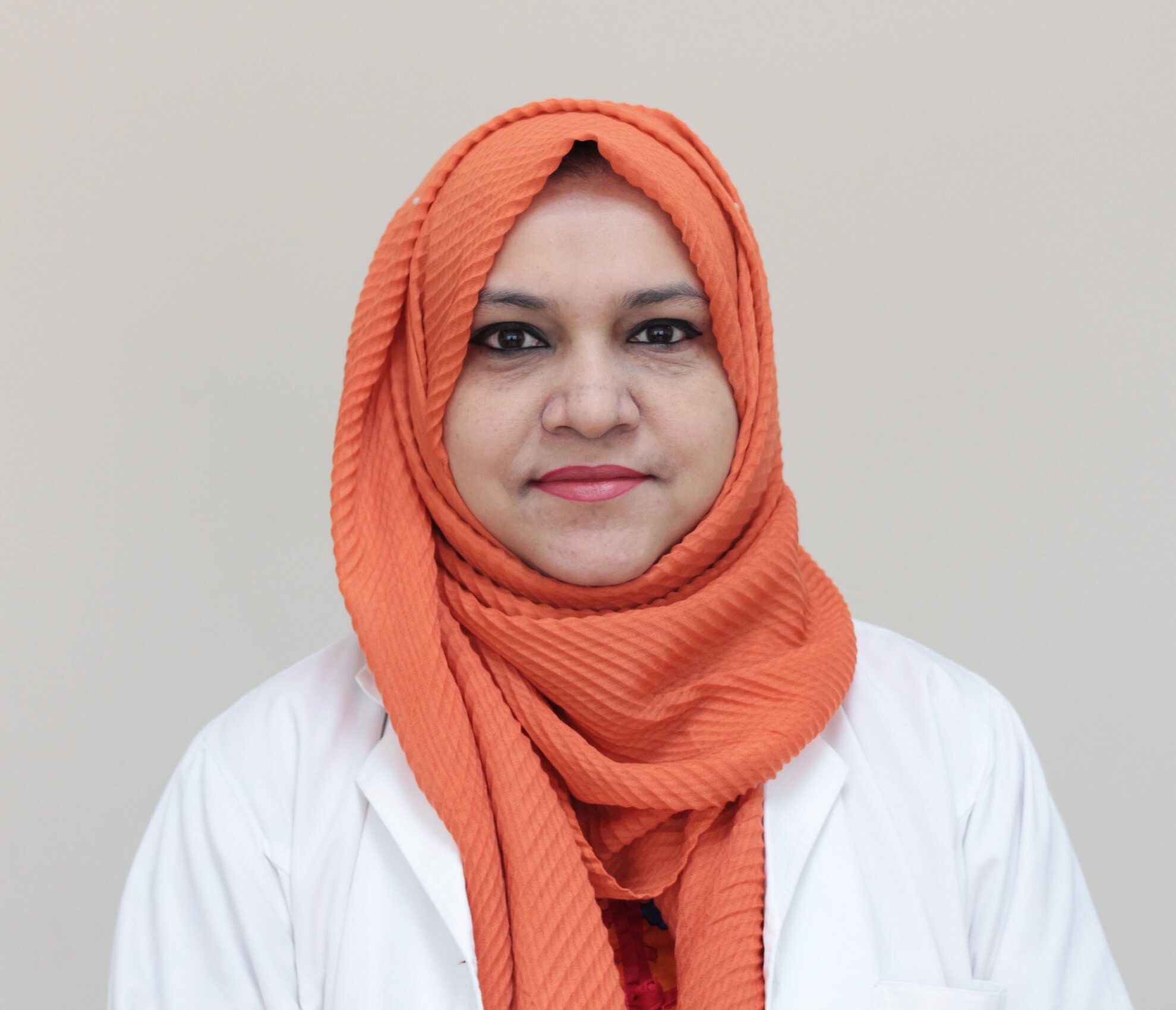
Cataract

None
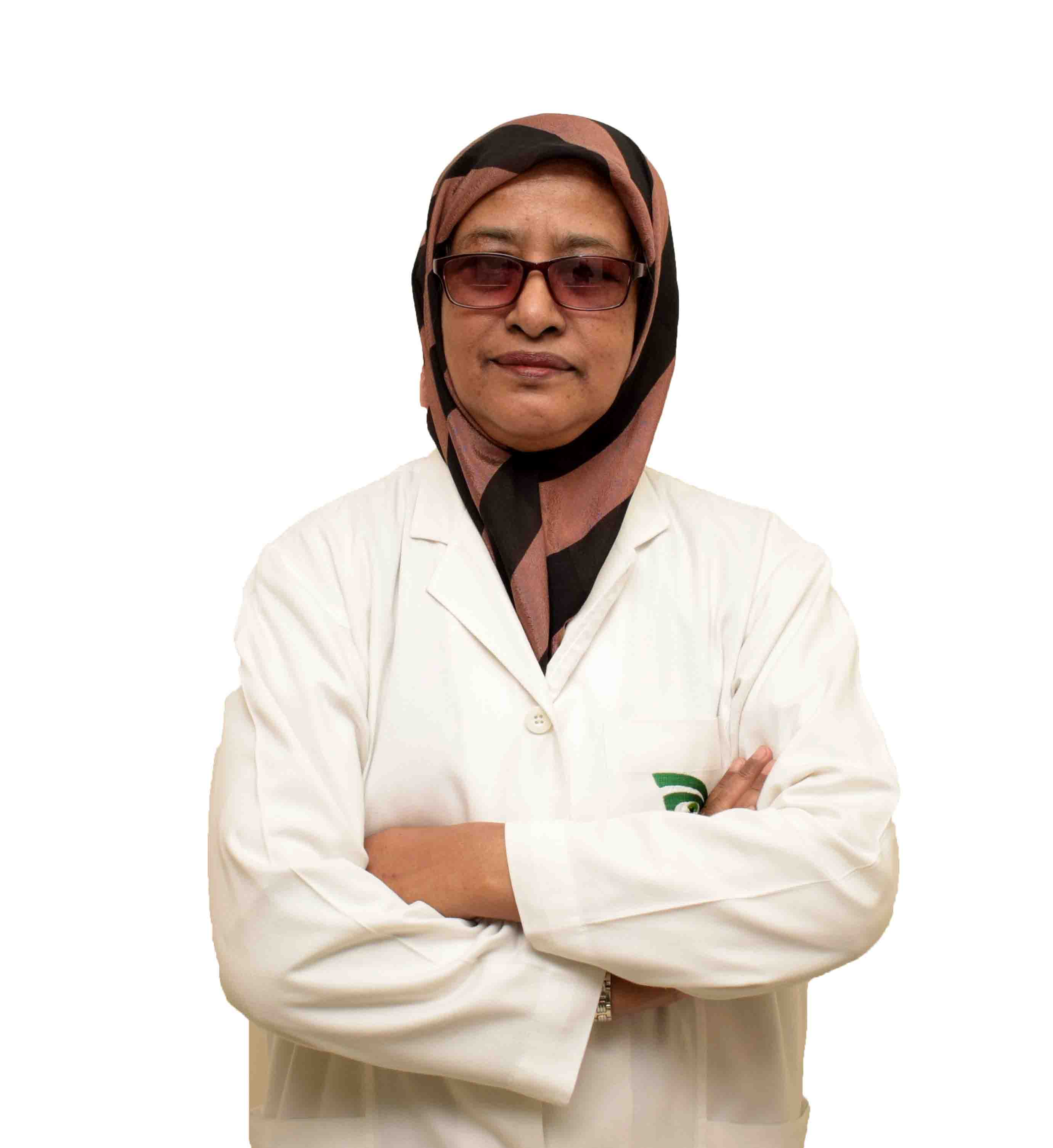
None

None

None

Cataract

None
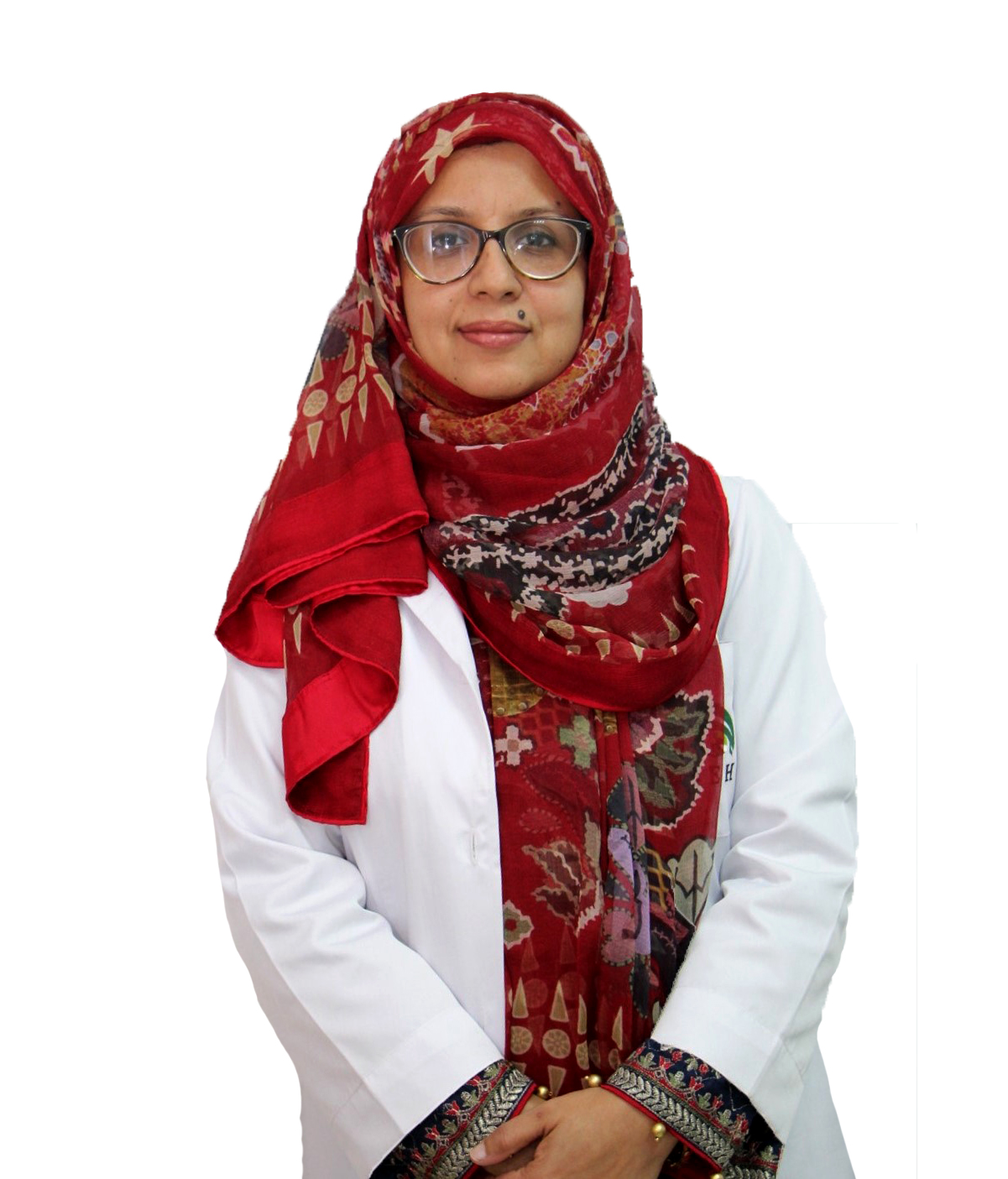
Cataract

None

None

None

None
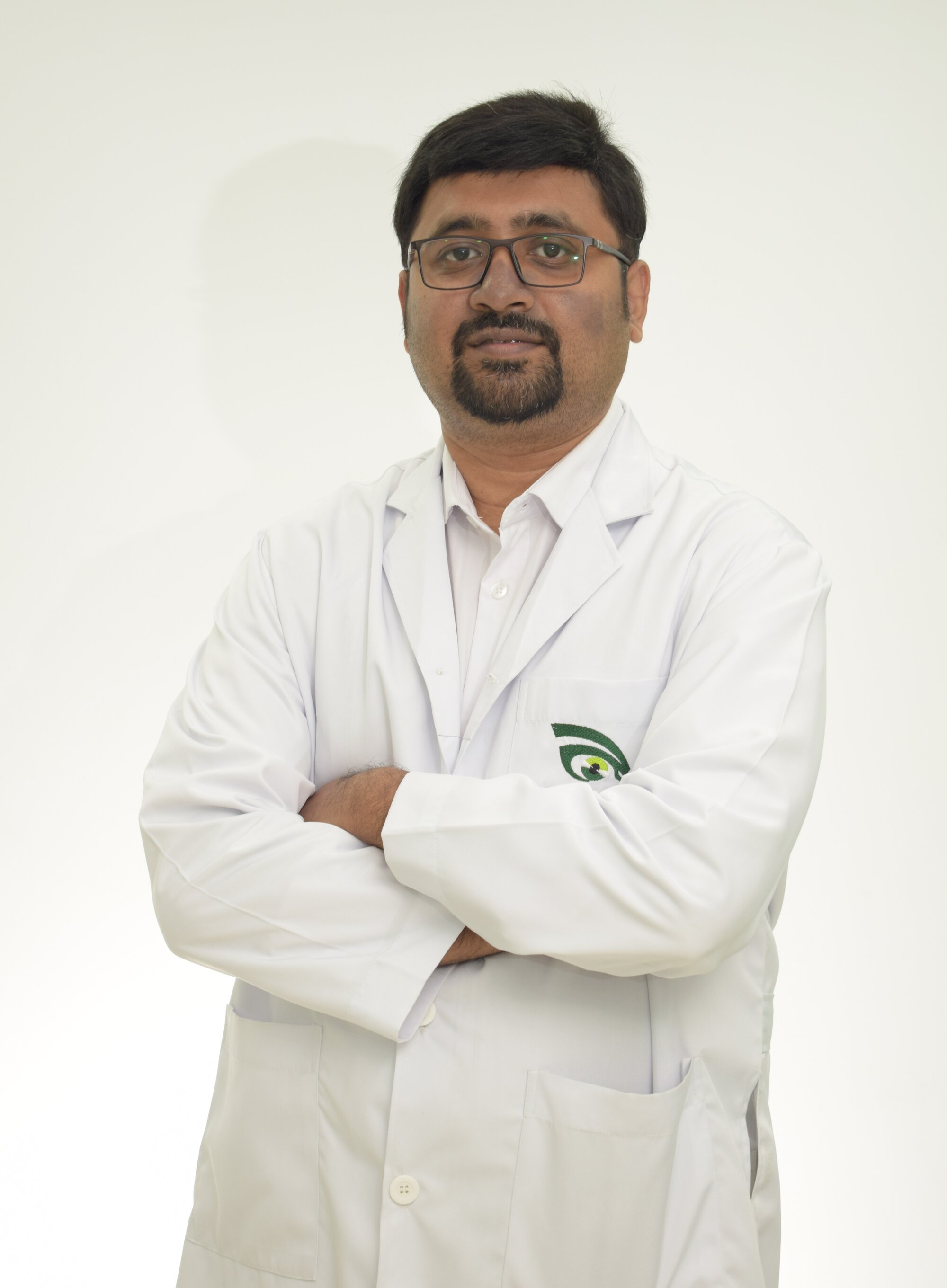
None
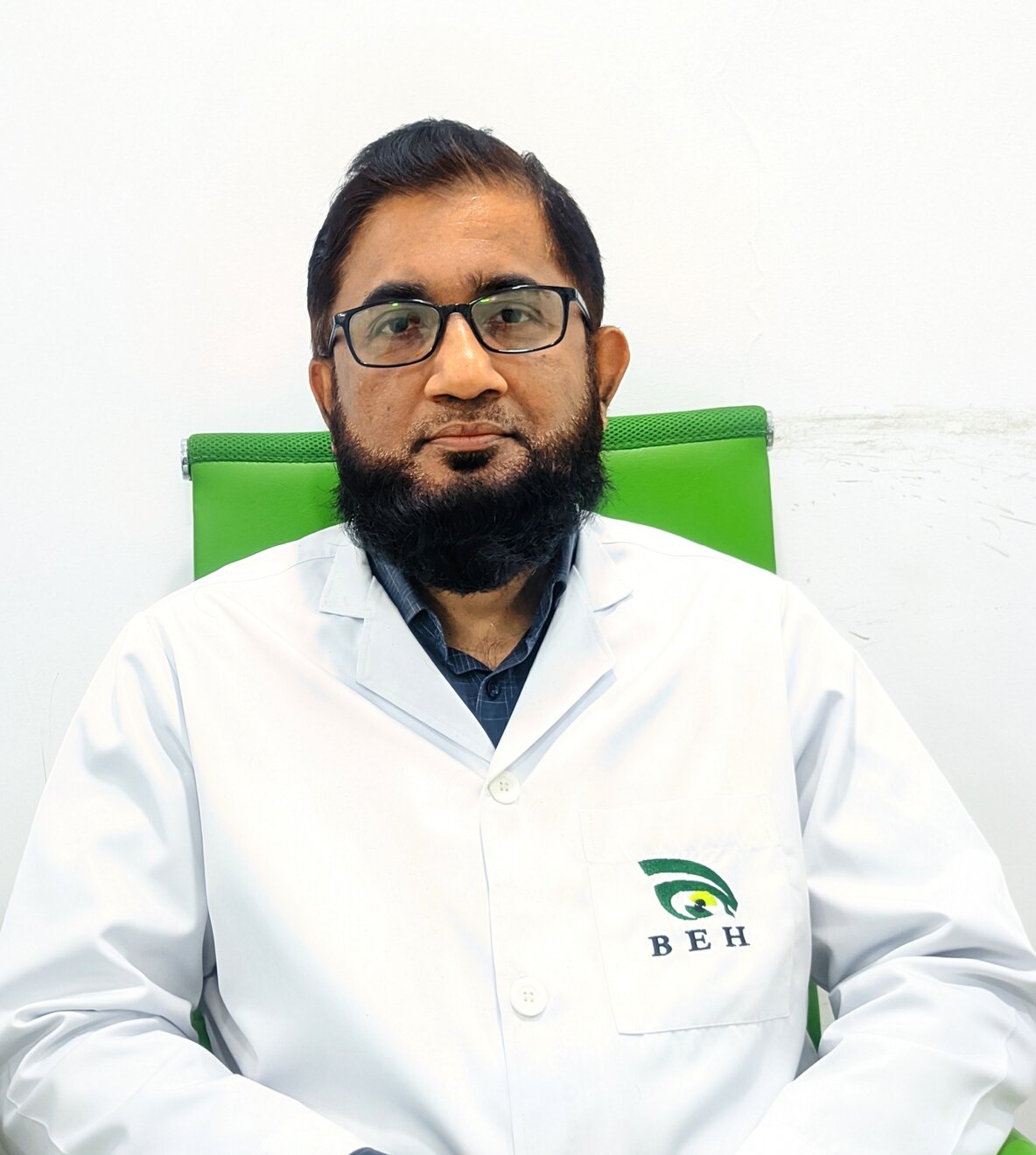
None
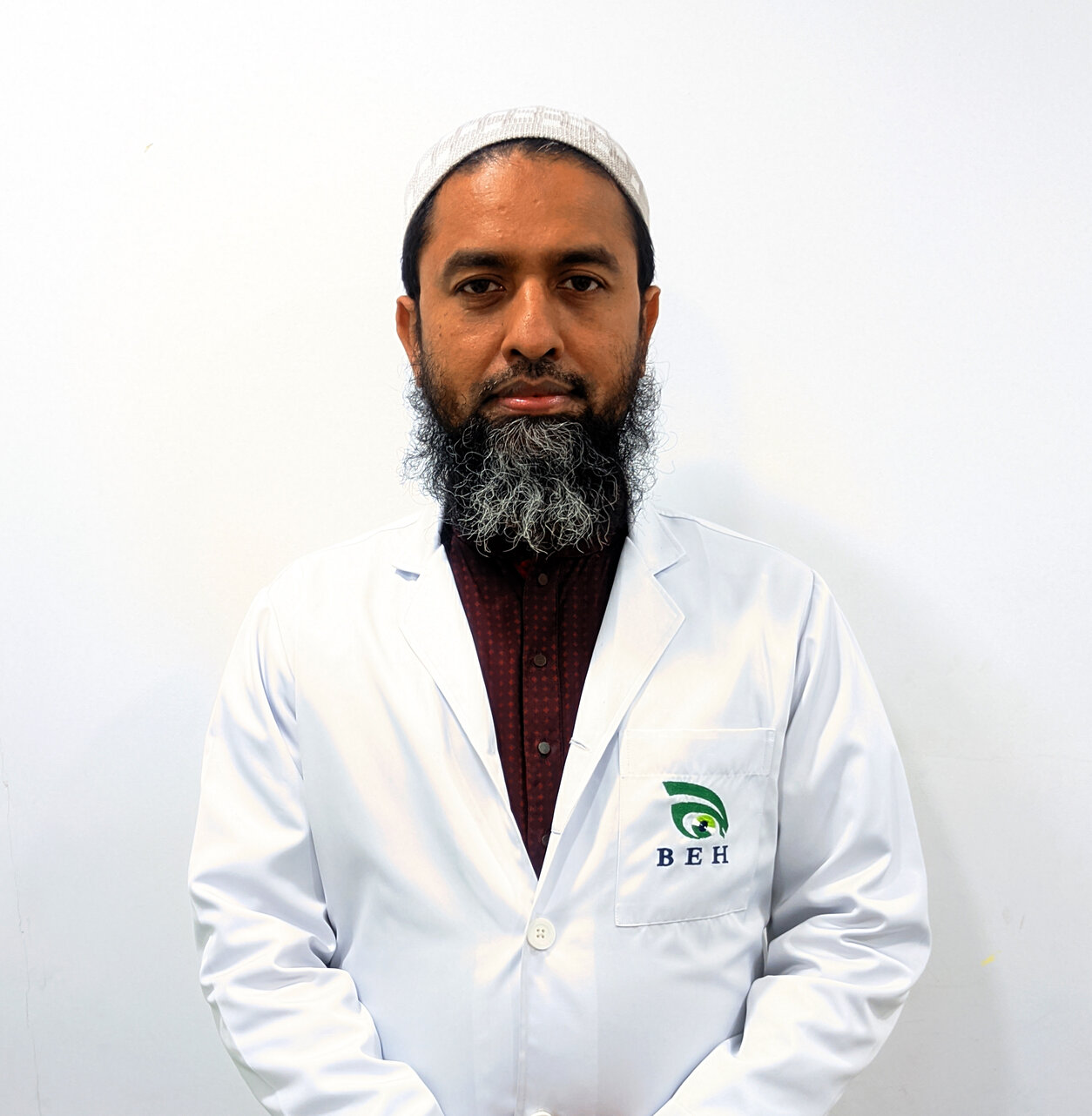
None

None

None

None

None
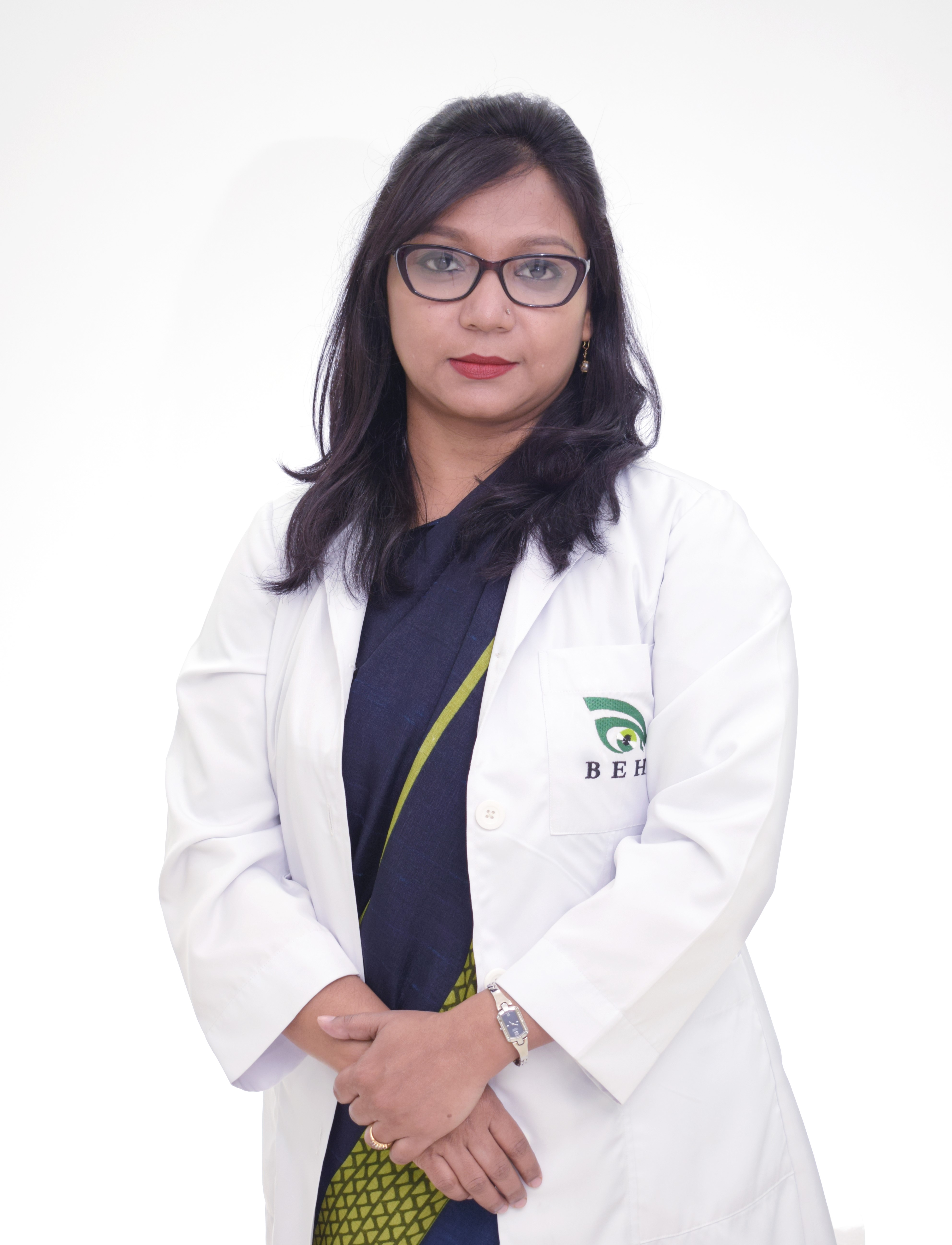
None

None
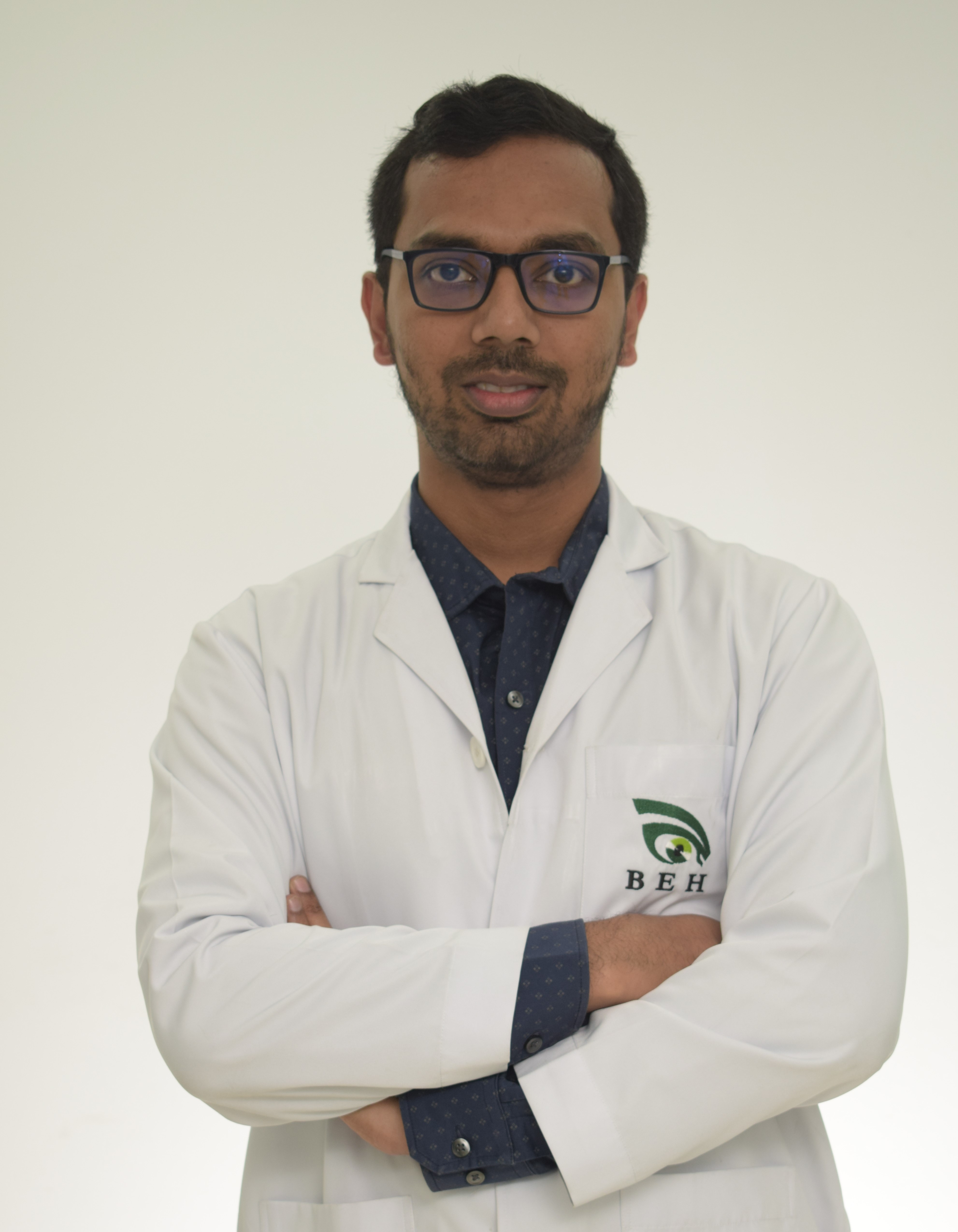
None

None
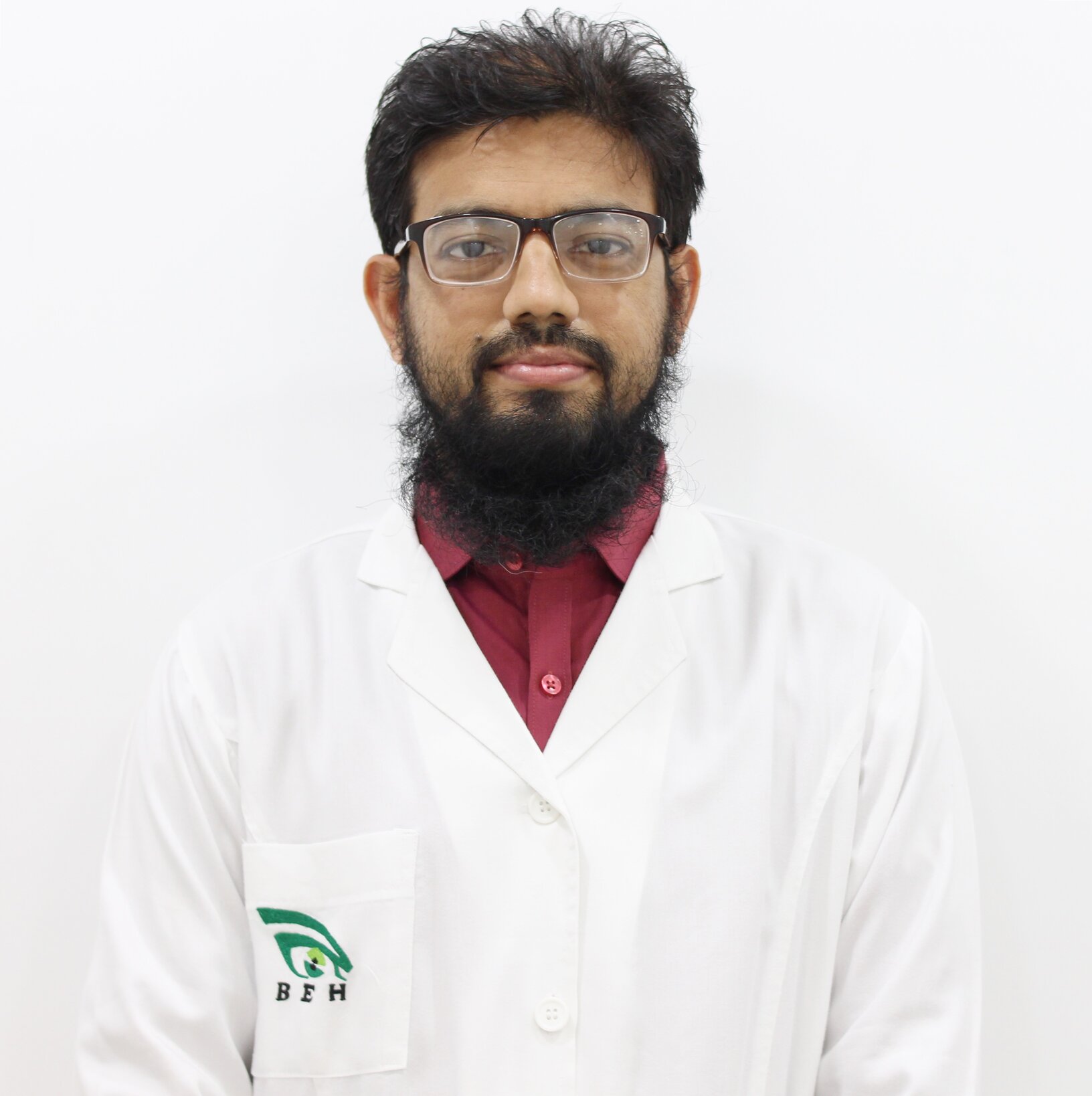
None

Cataract
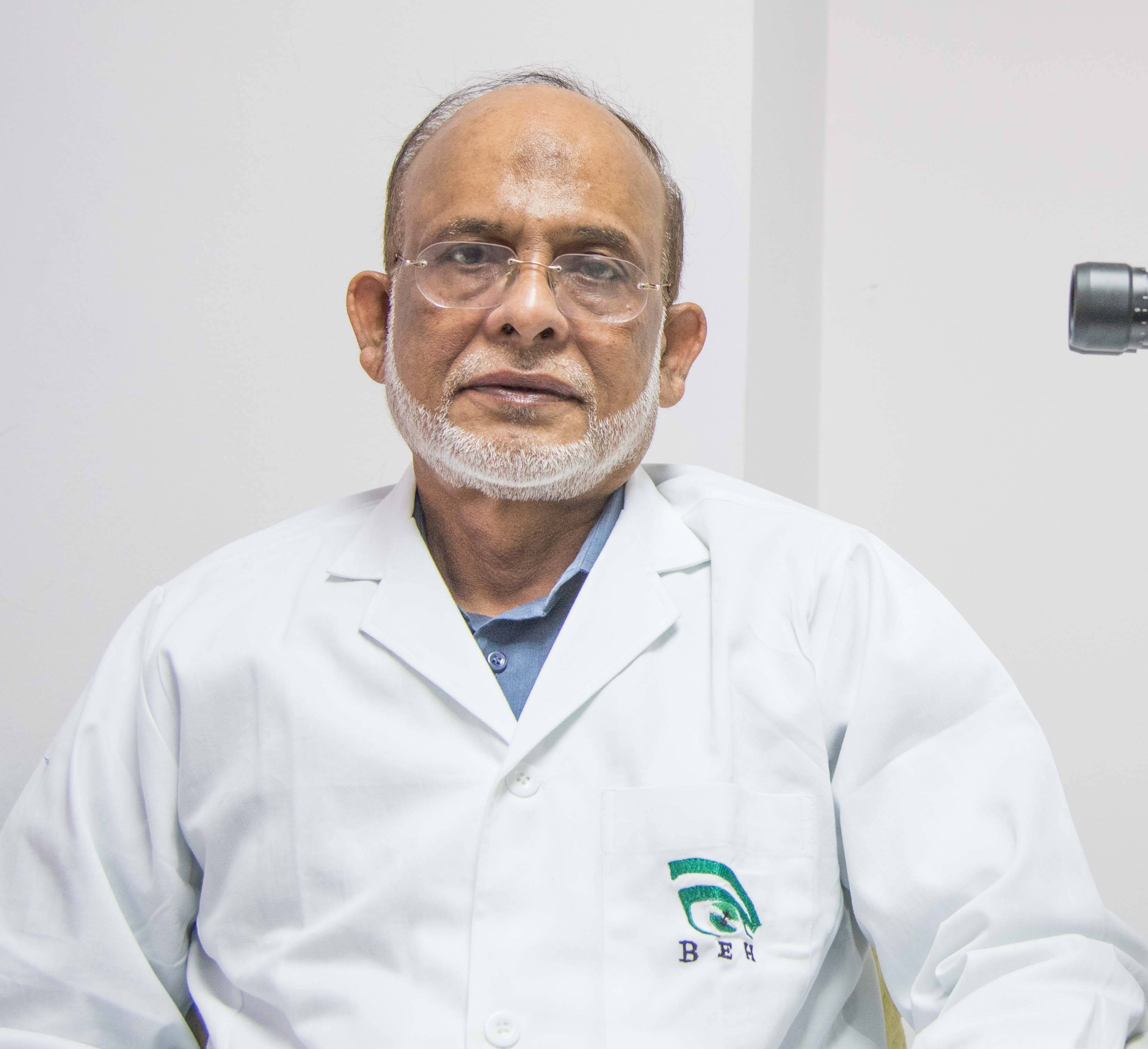
None

None
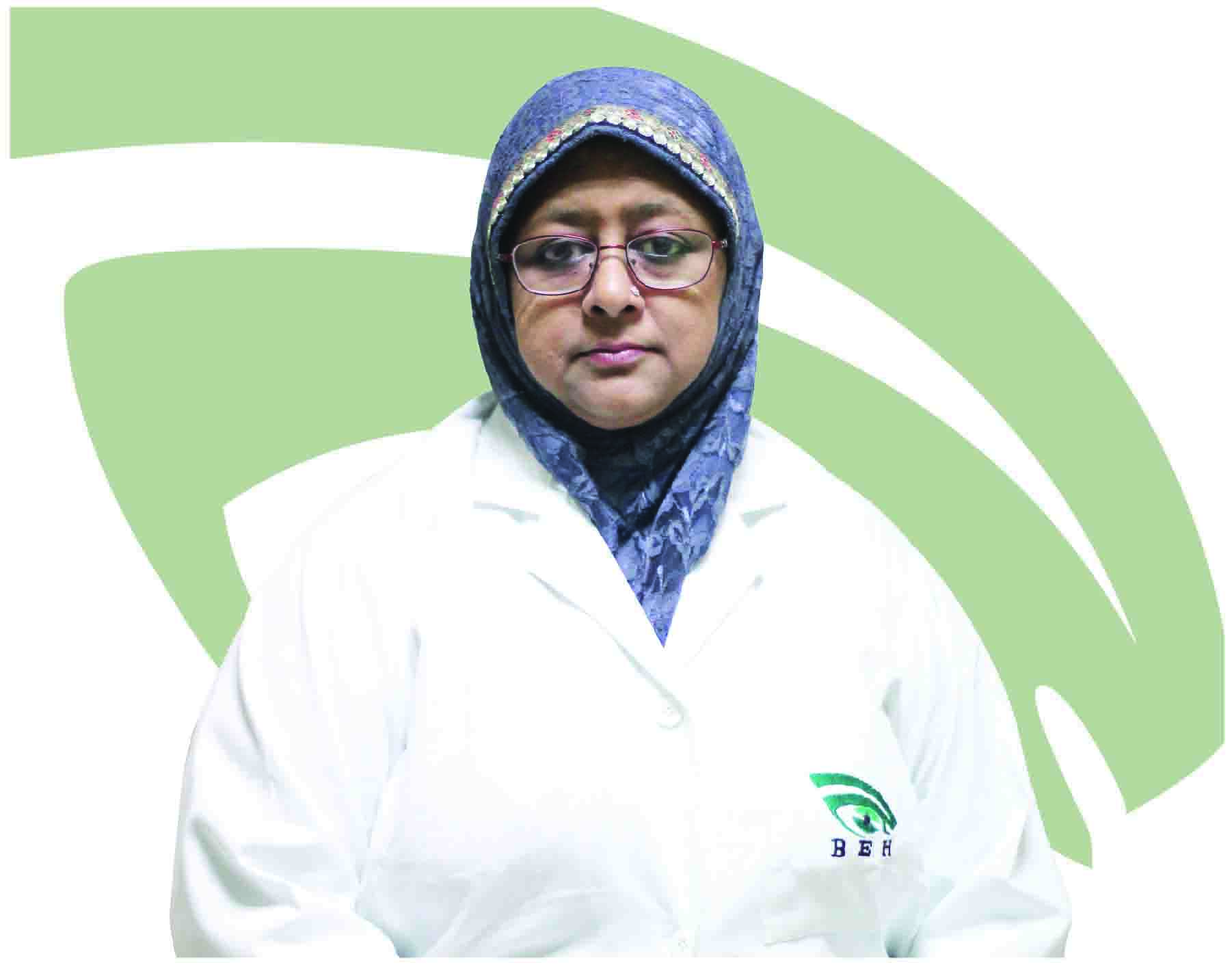
Cataract
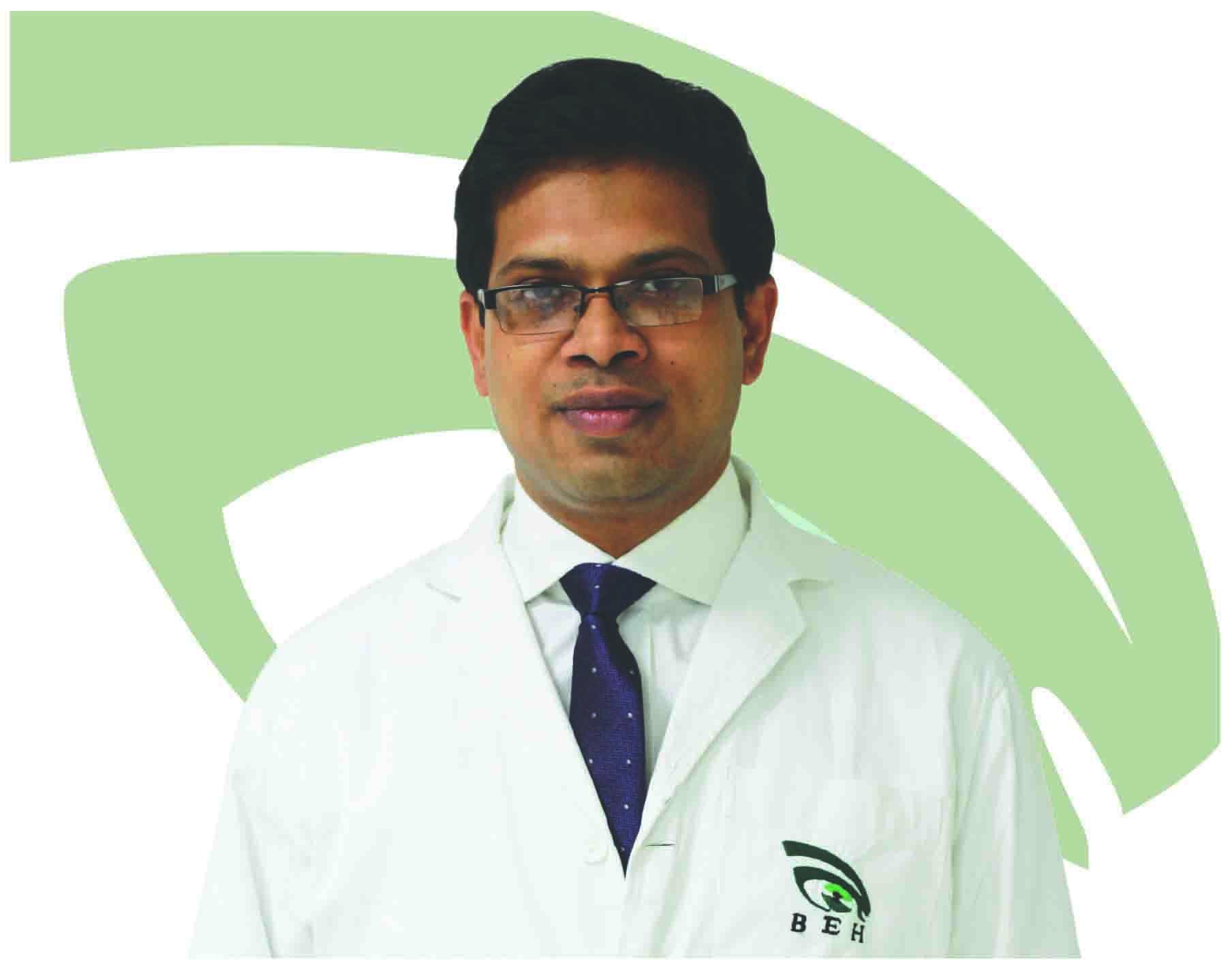
None

None
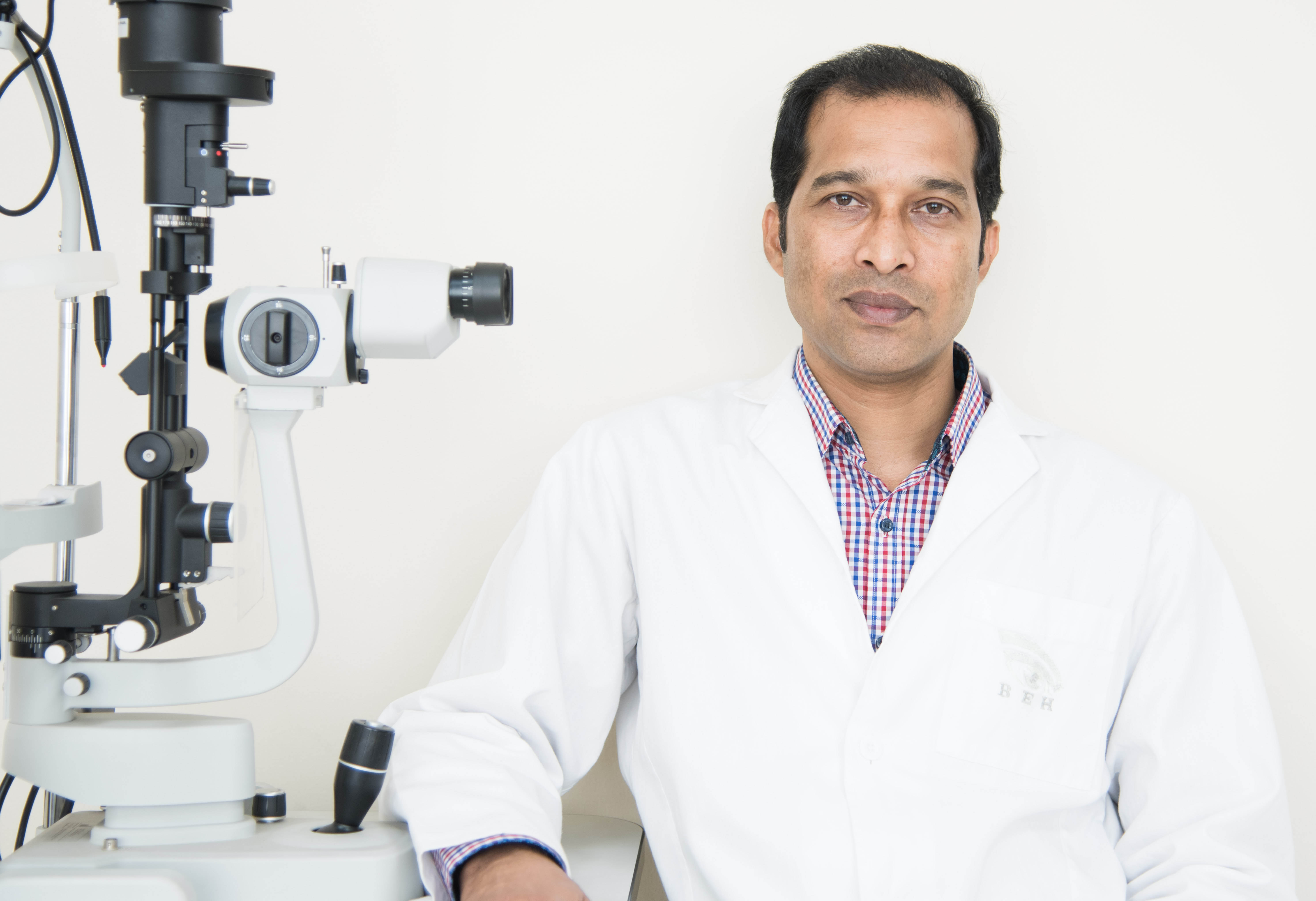
Cataract
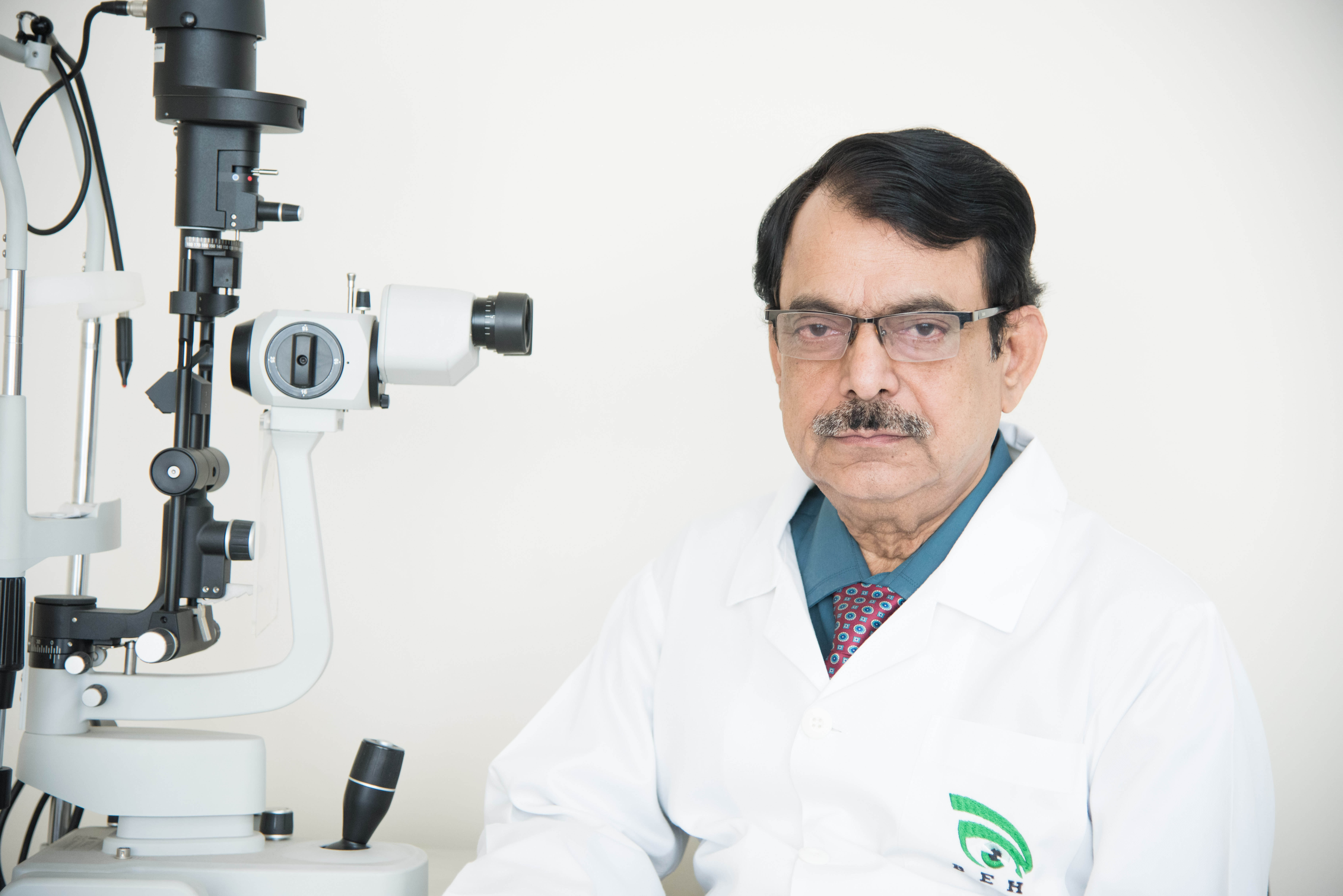
None
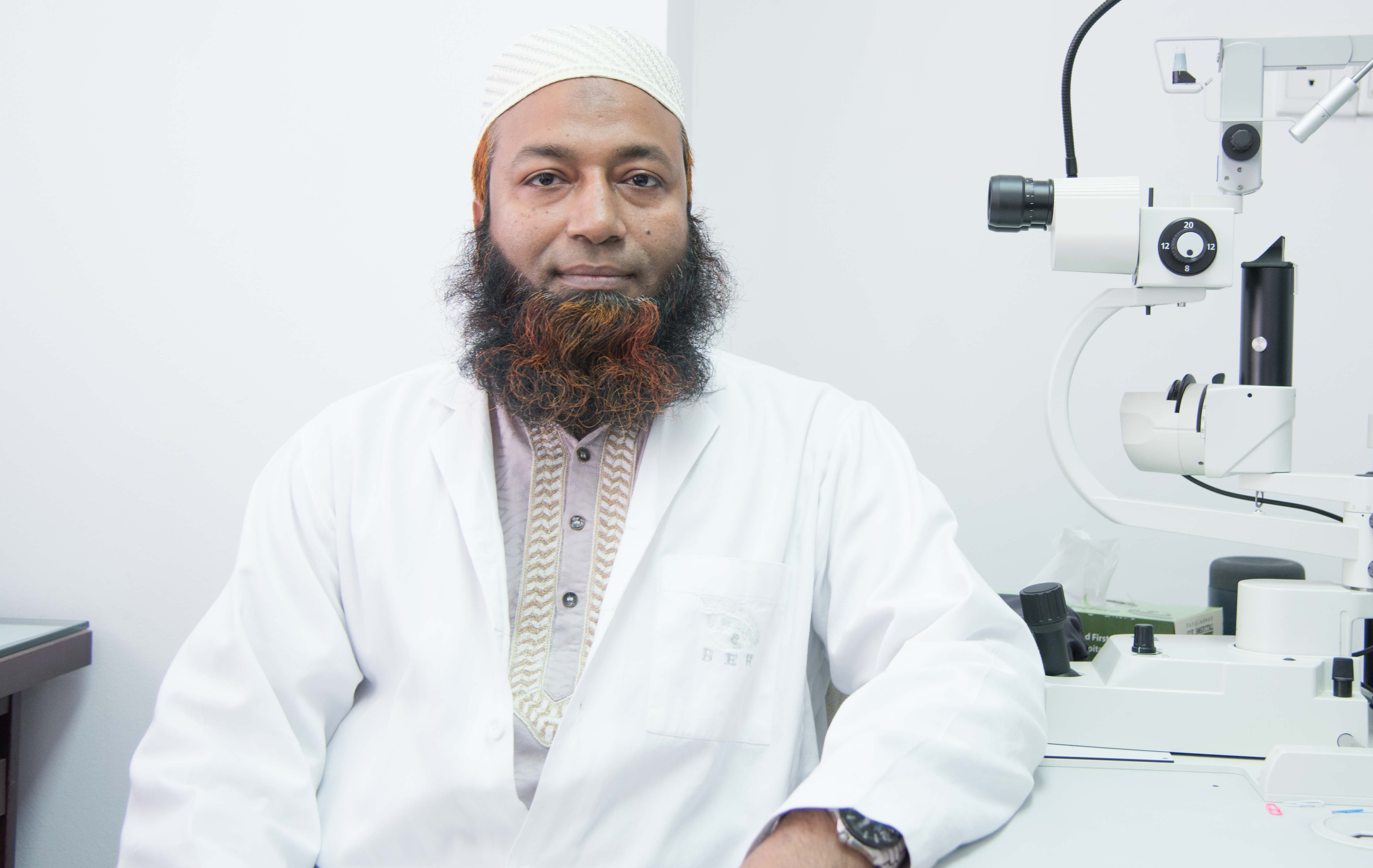
None

None

None
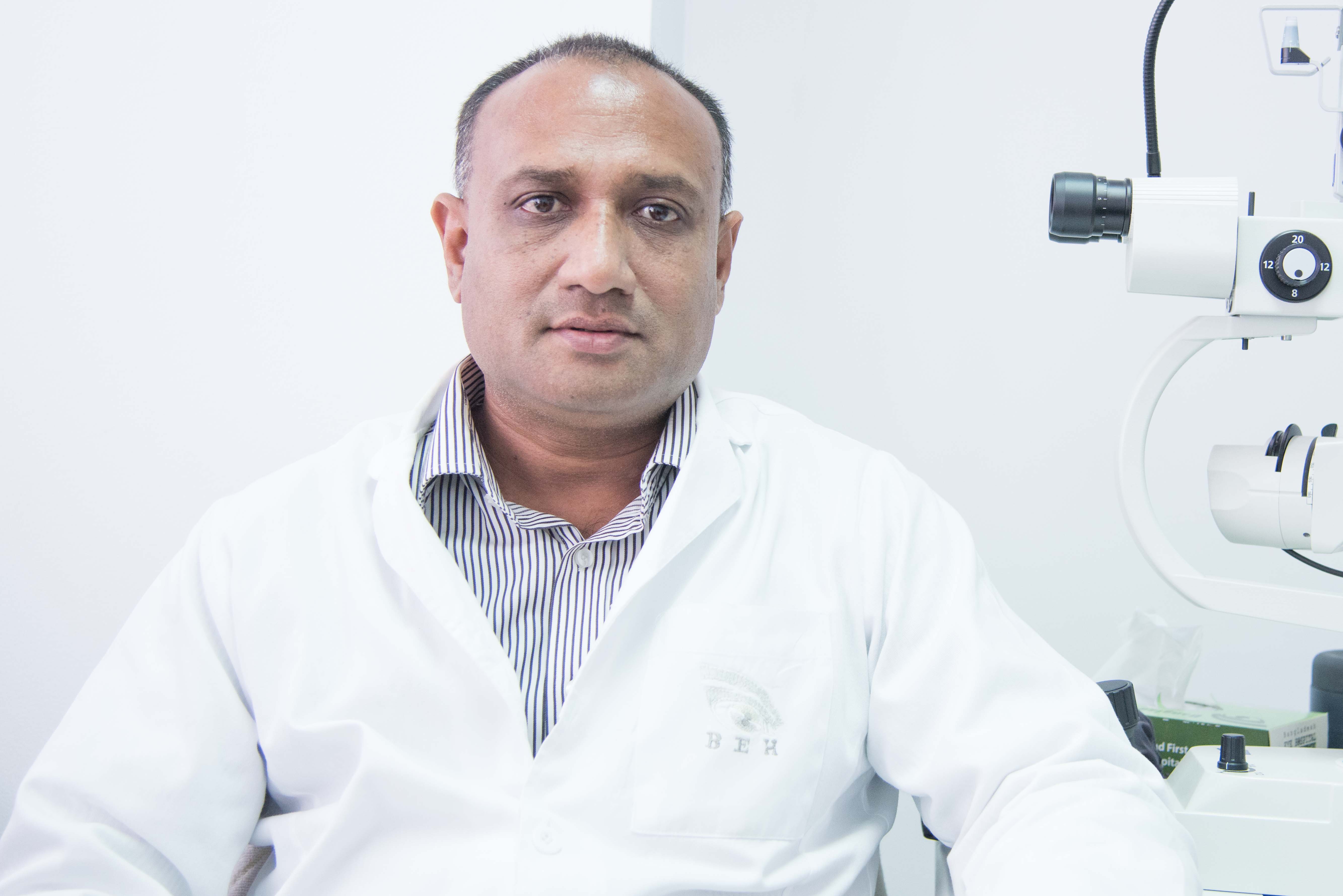
None

None

None
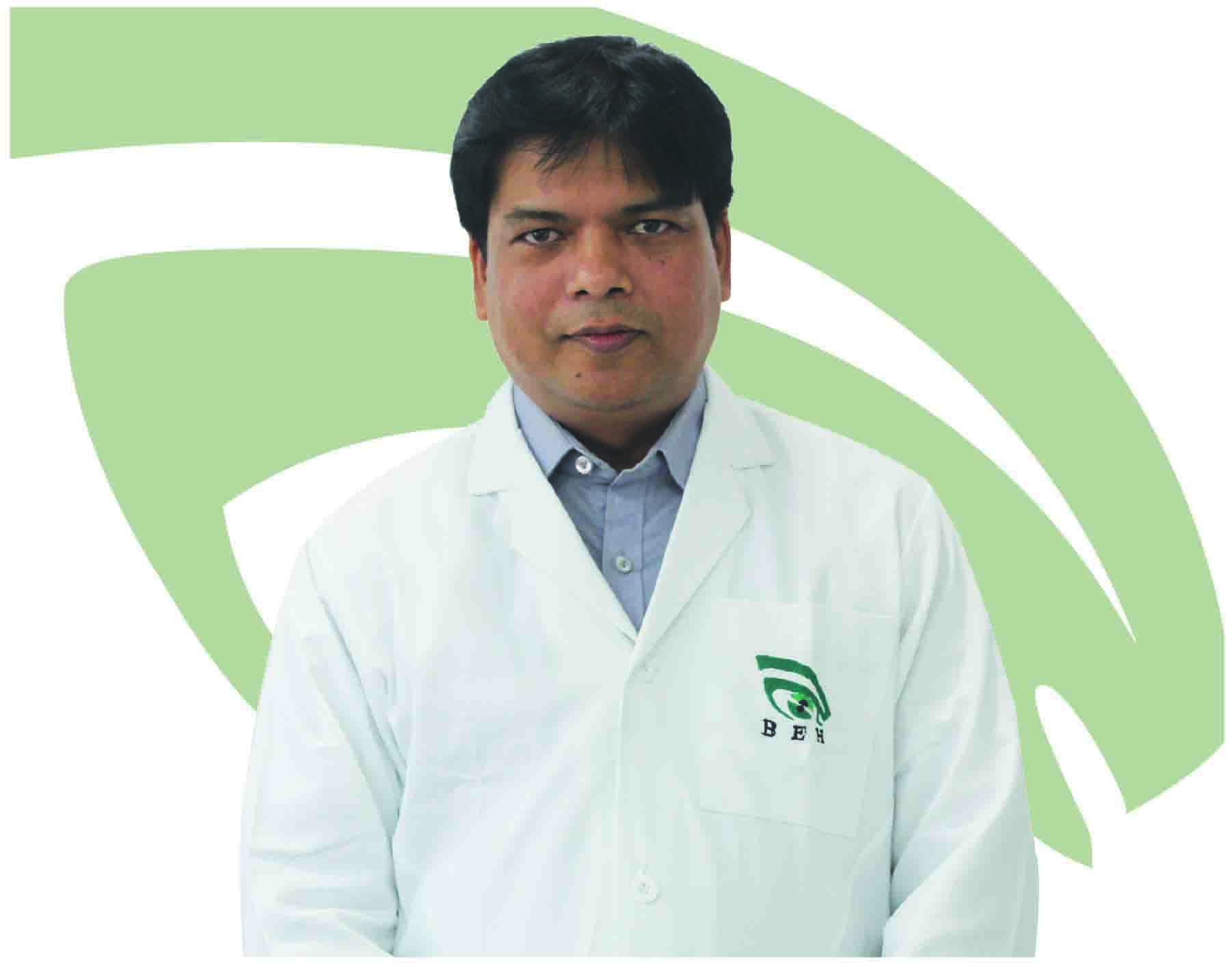
None

Cataract
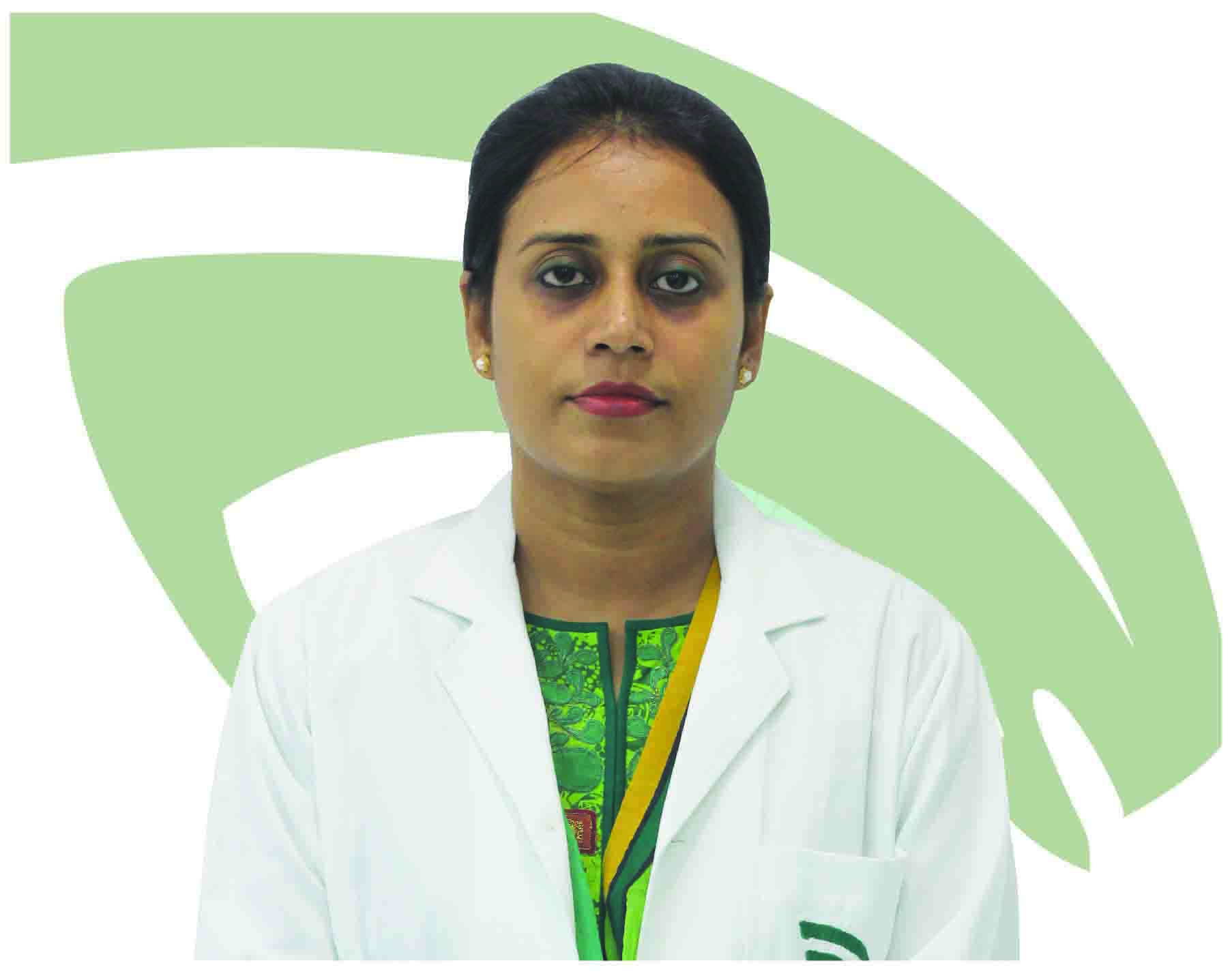
None

None

None

None

None

None

None

None

None

None

None
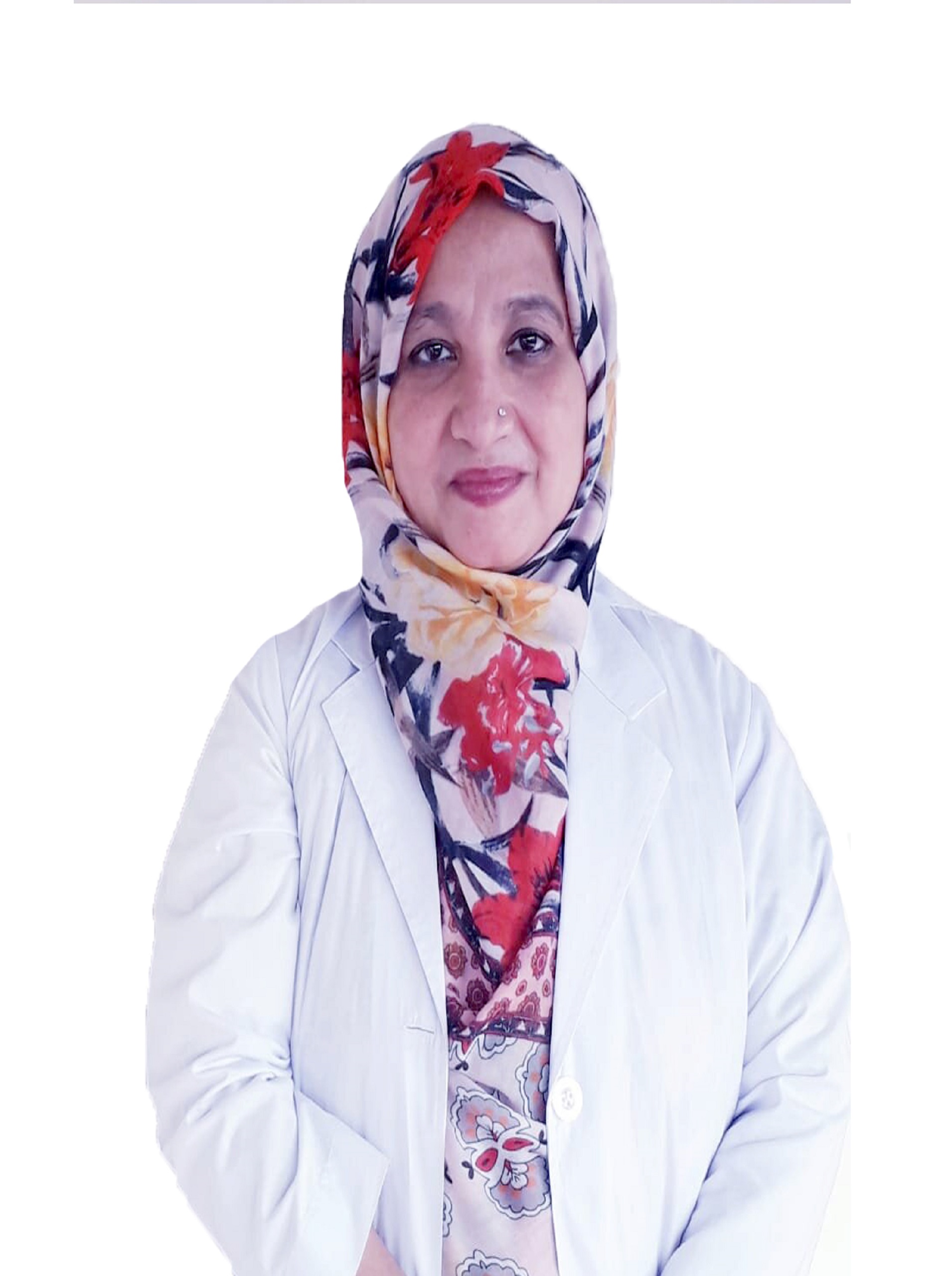
None
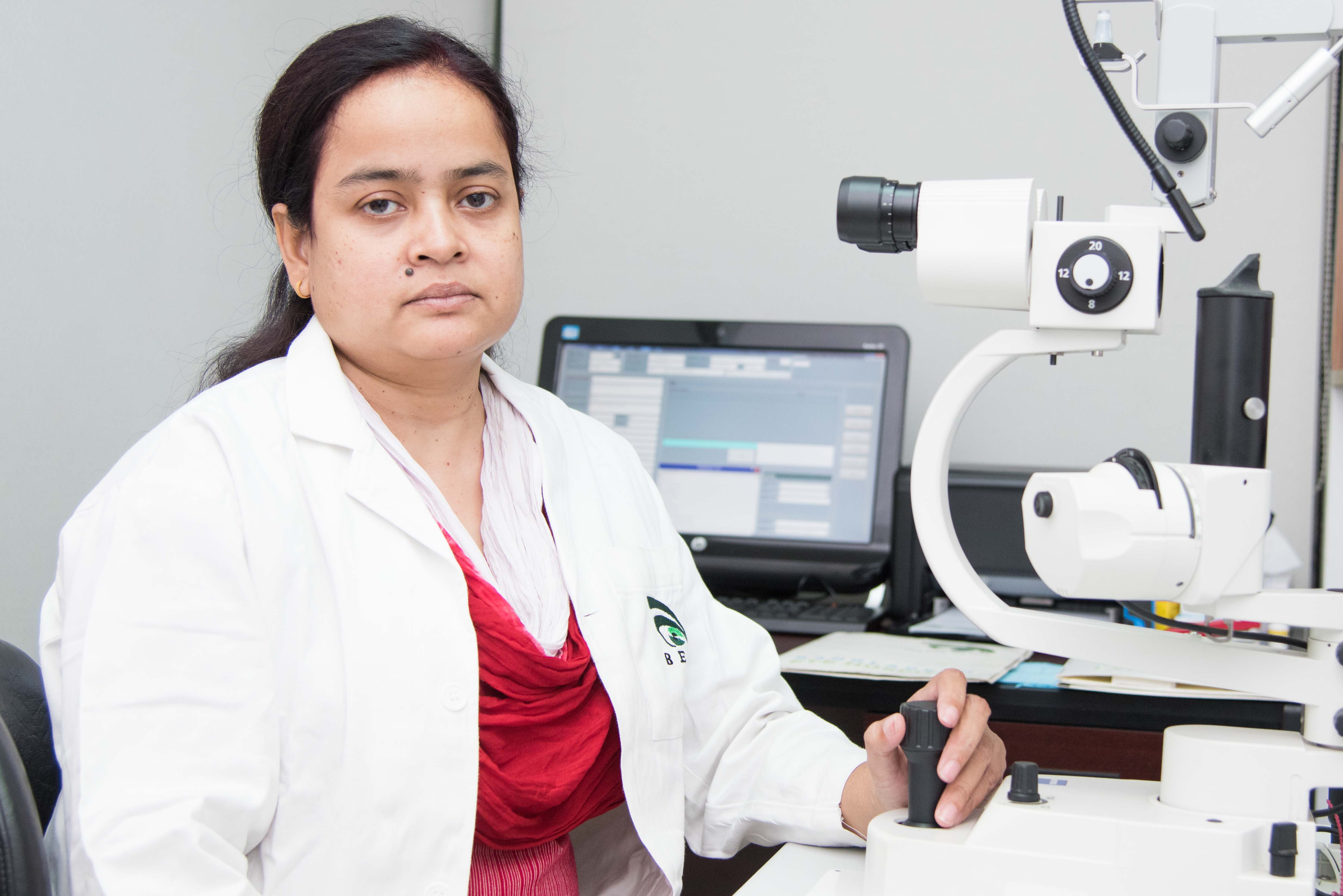
None

None

None
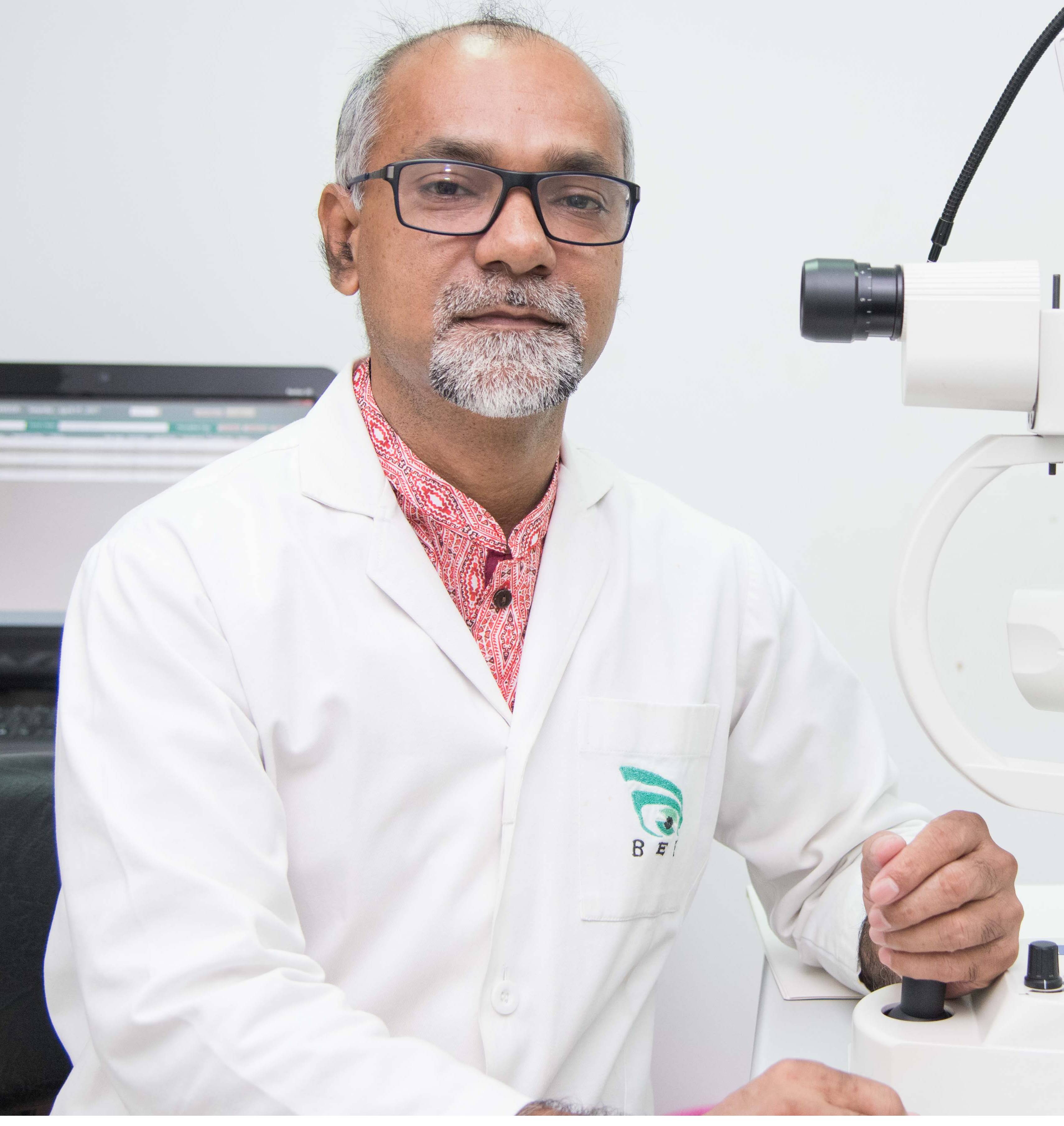
None

None
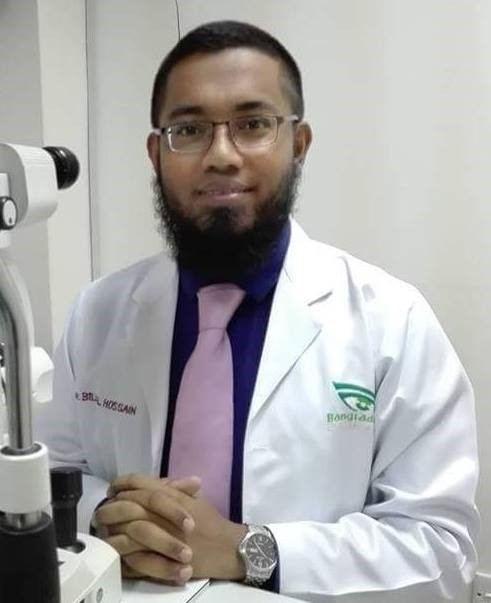
None

None
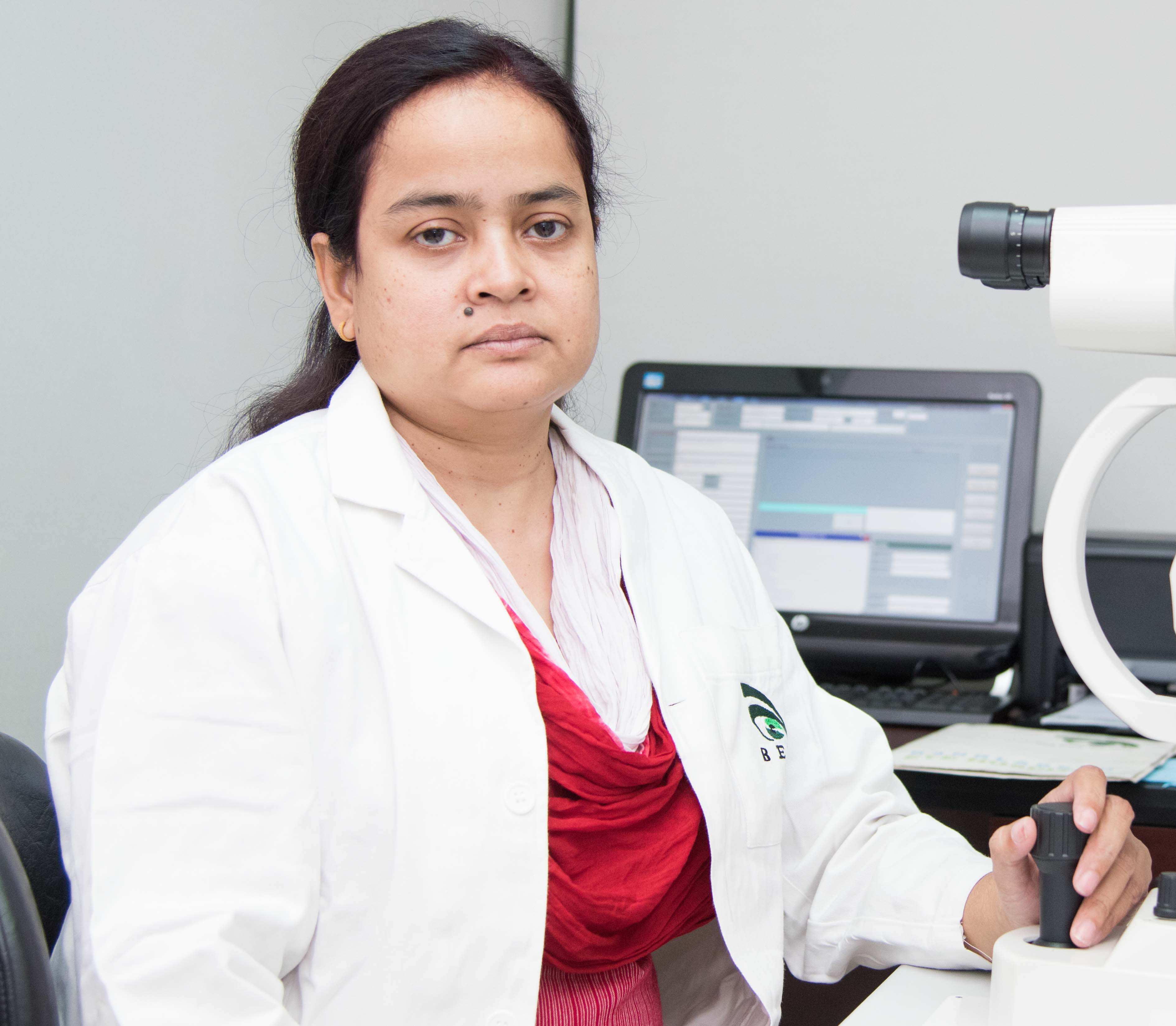
None

None

None

None

None
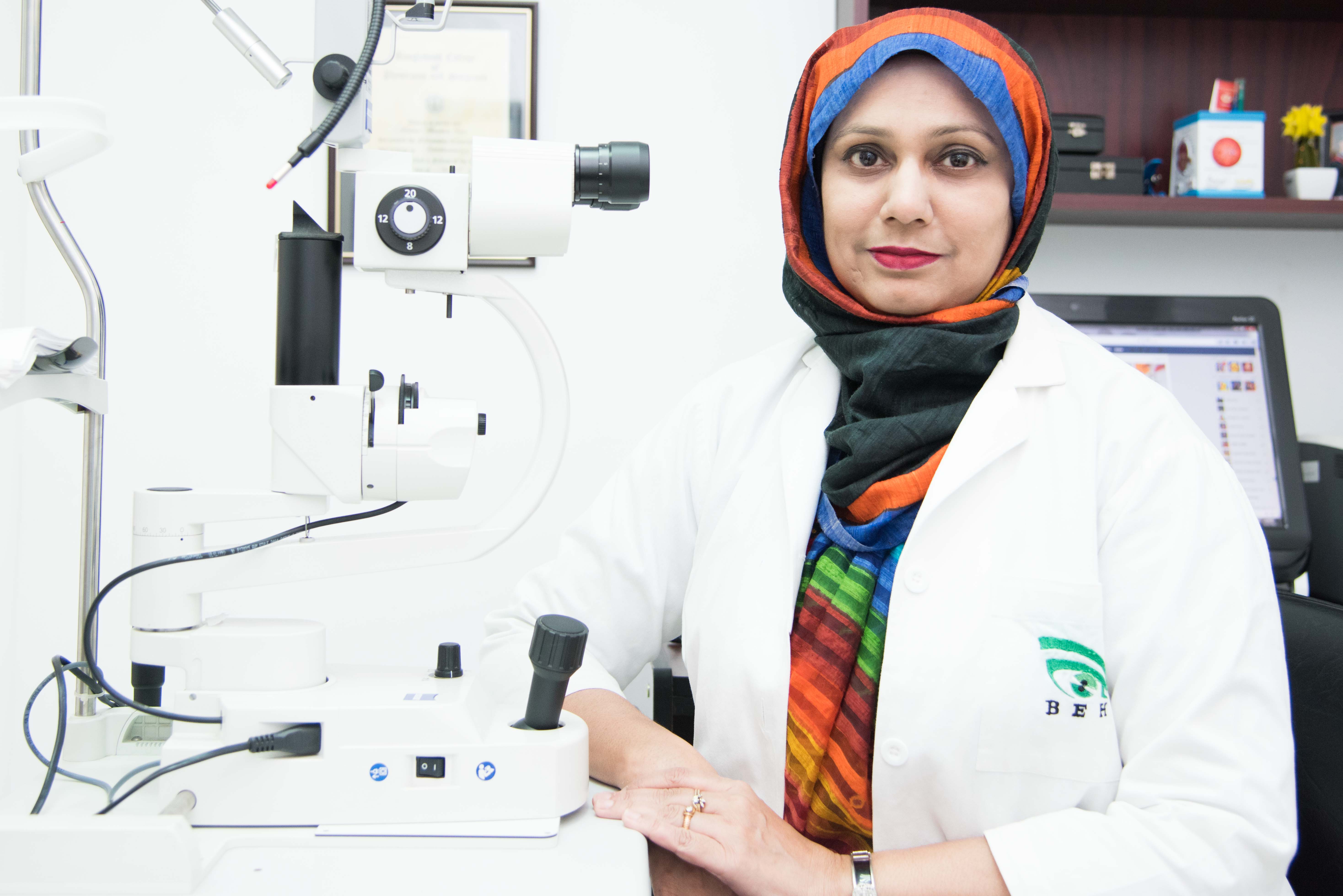
Cataract

None

None

Cataract
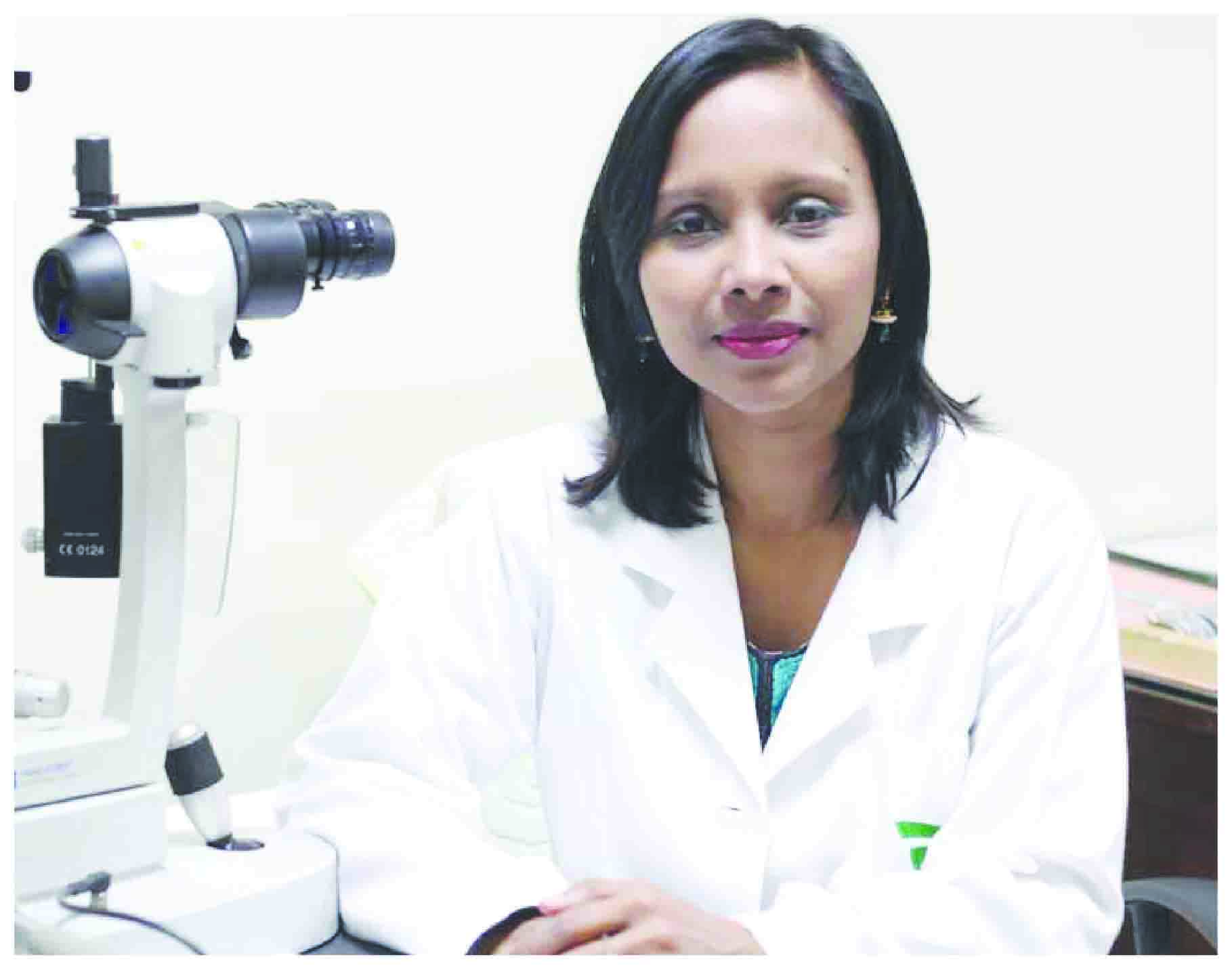
Cataract

None

None

Cataract

Cataract
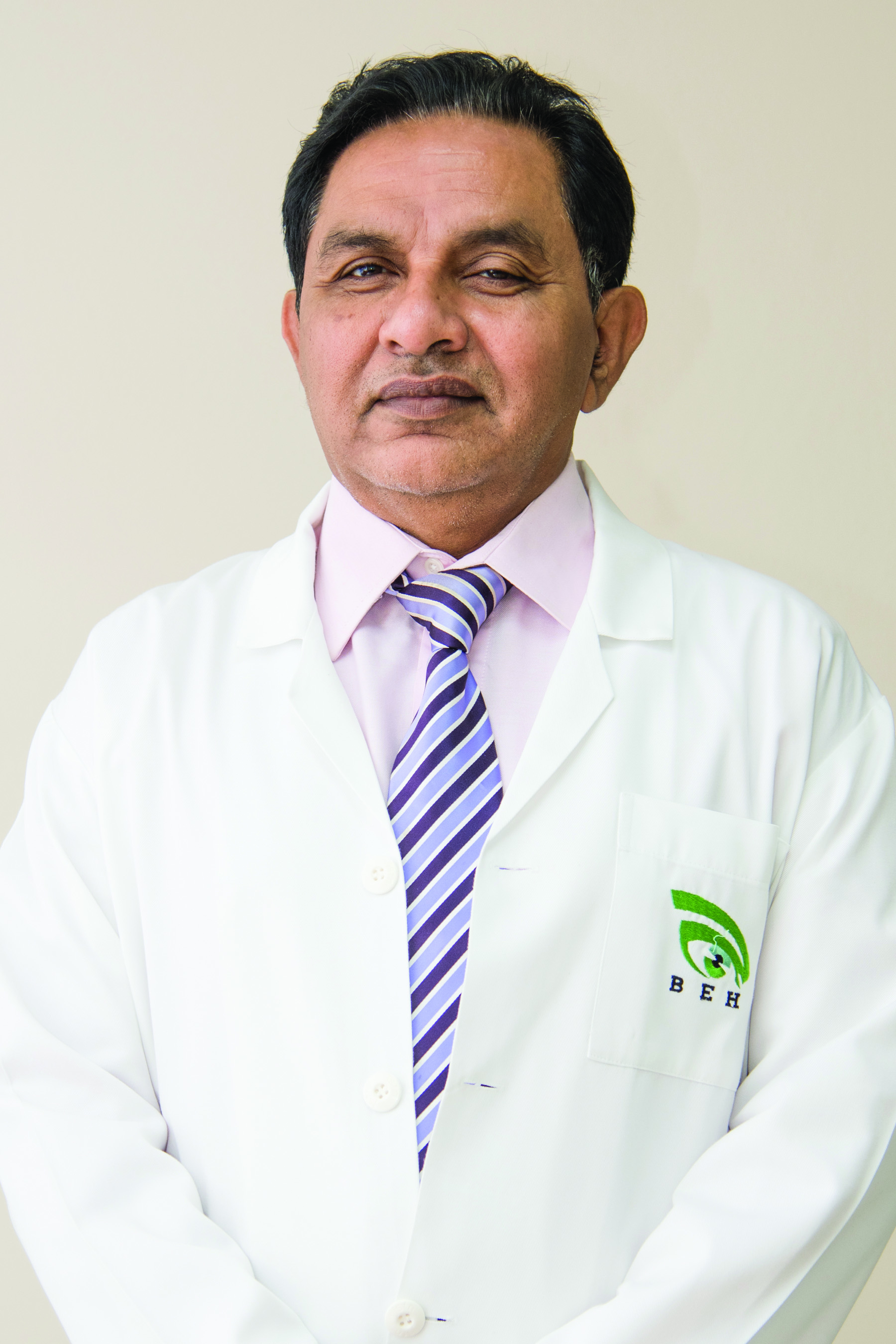
Cataract

Cataract

Cataract

None

Cataract

Cataract

Cataract

None
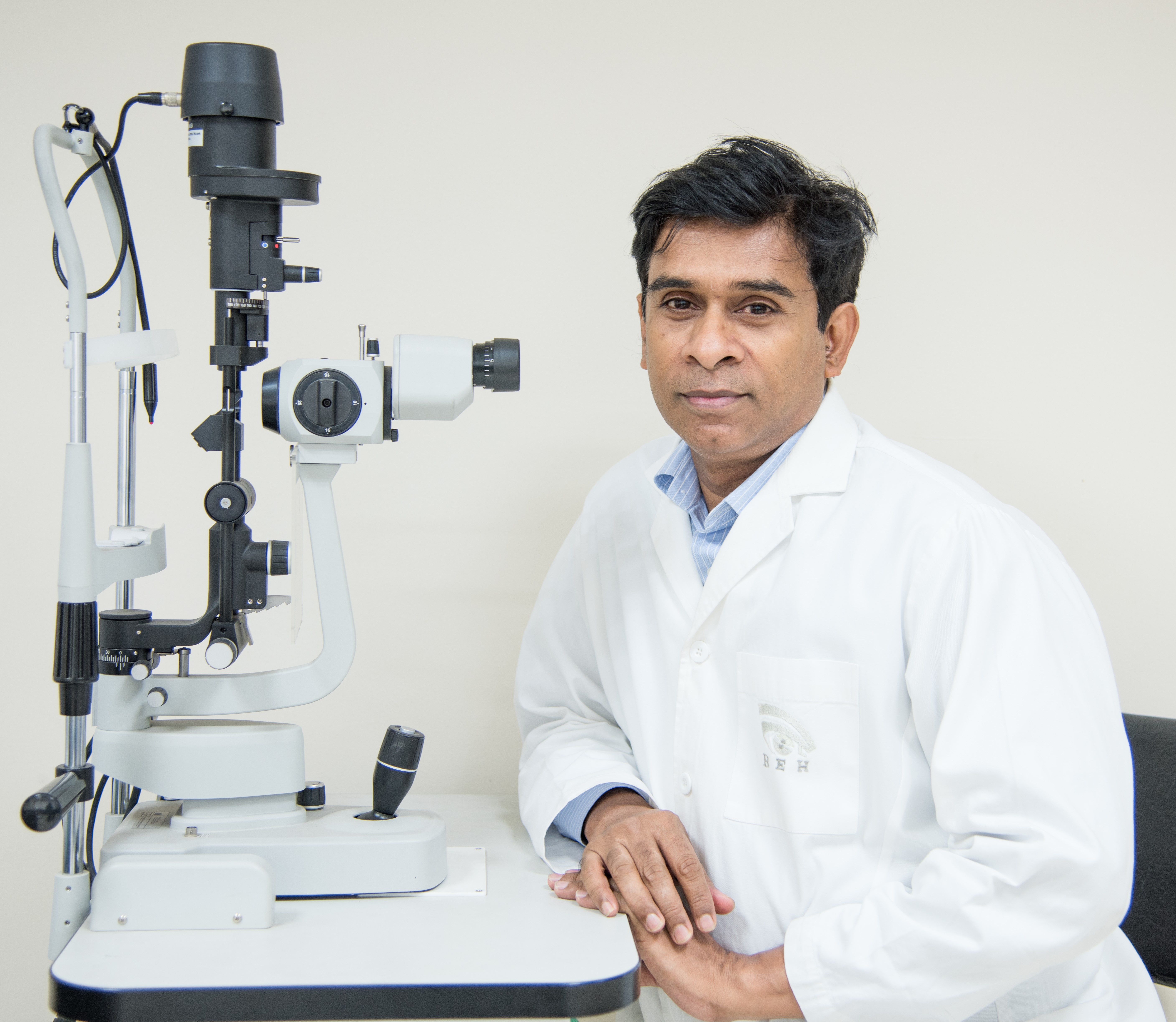
None

Cataract

Cataract
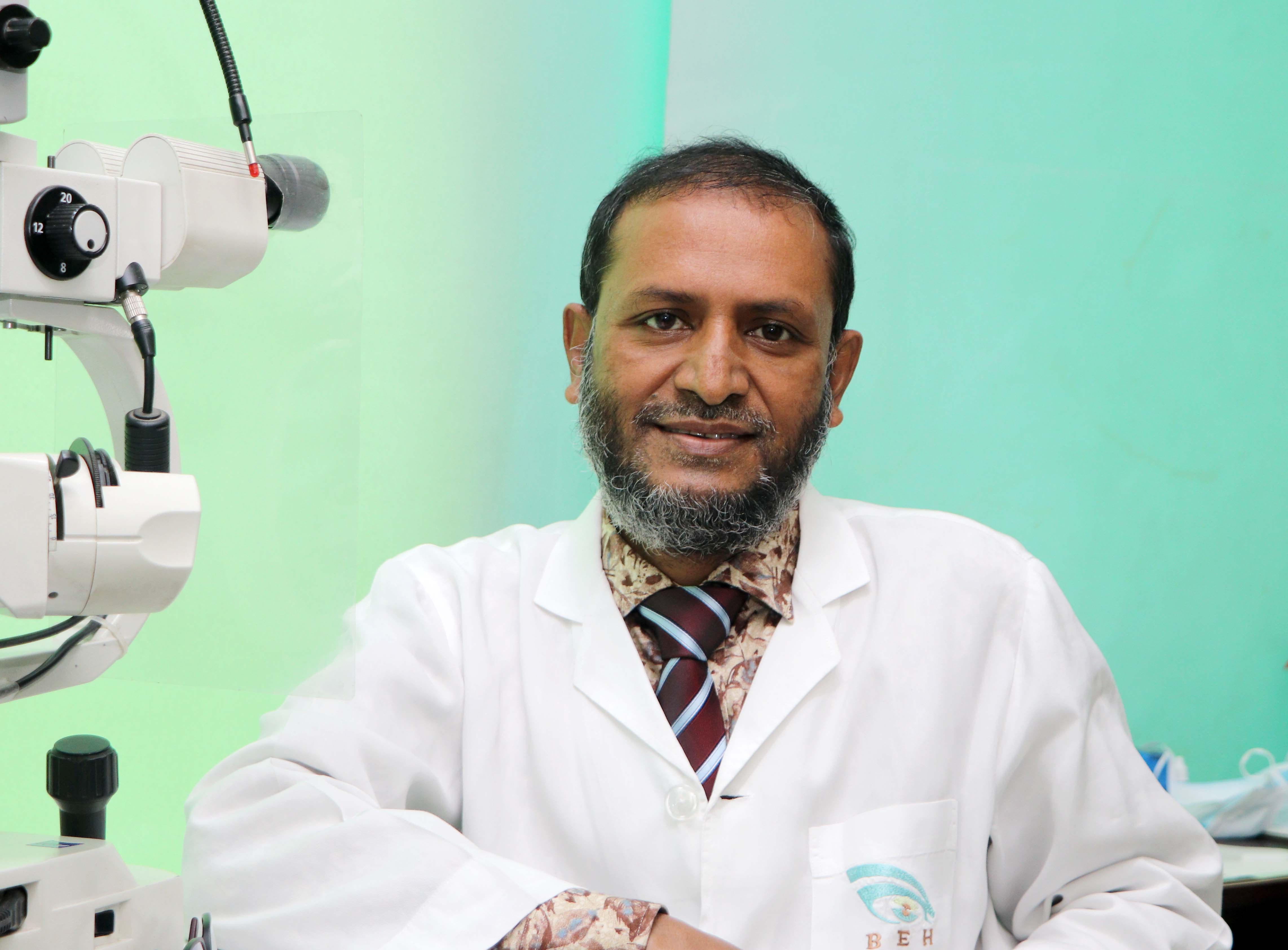
Cataract

None
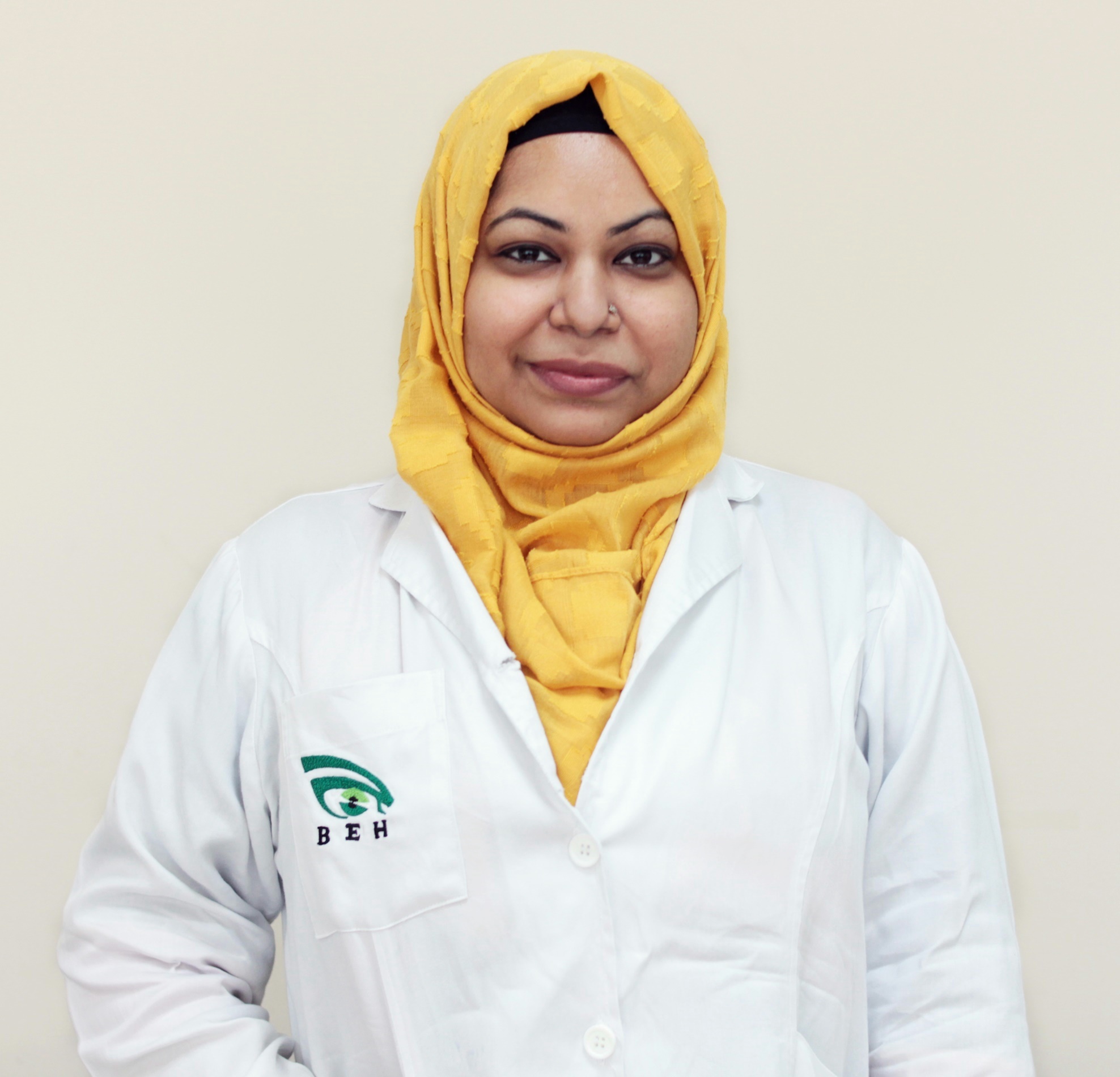
Cataract

Cataract

None
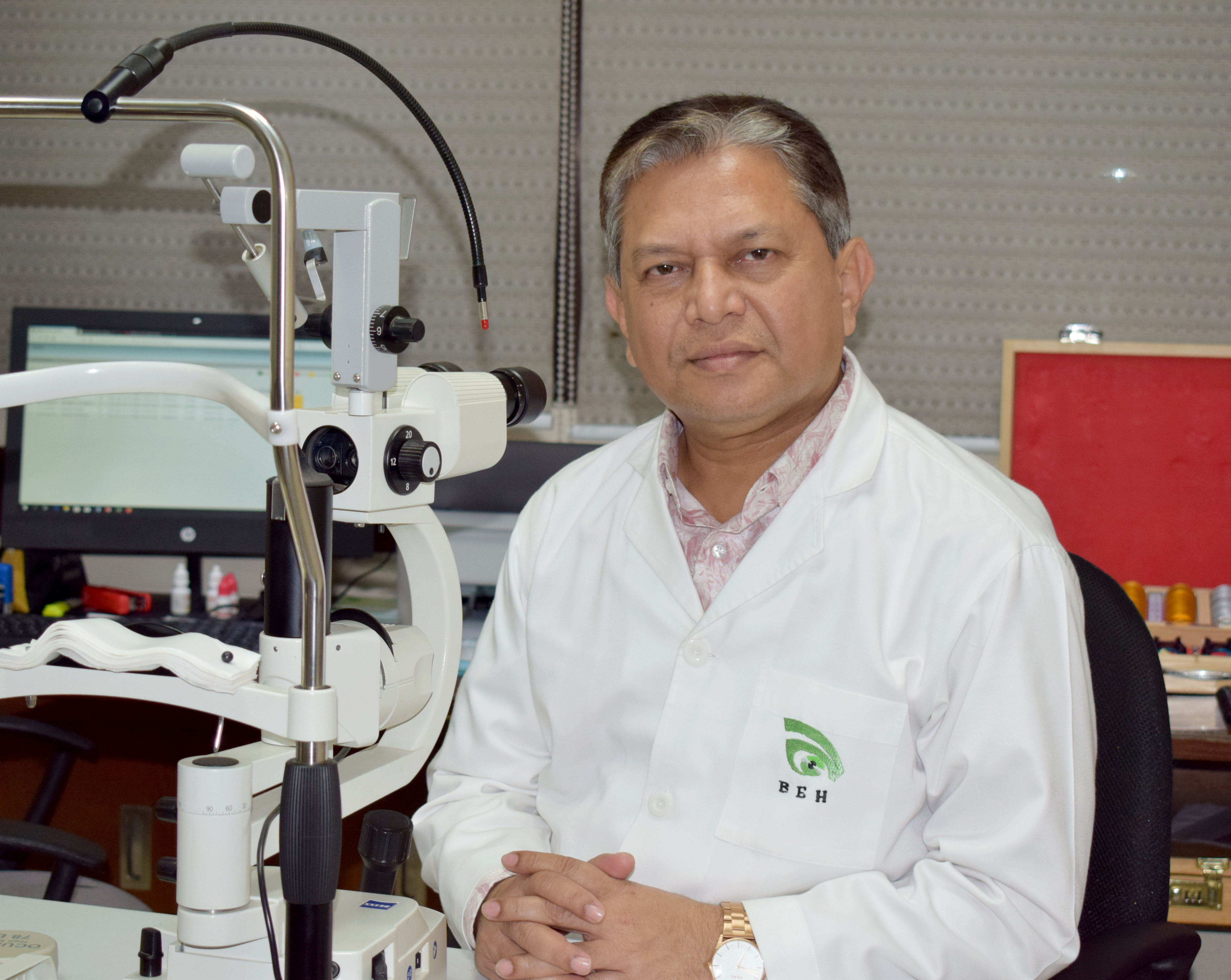
None
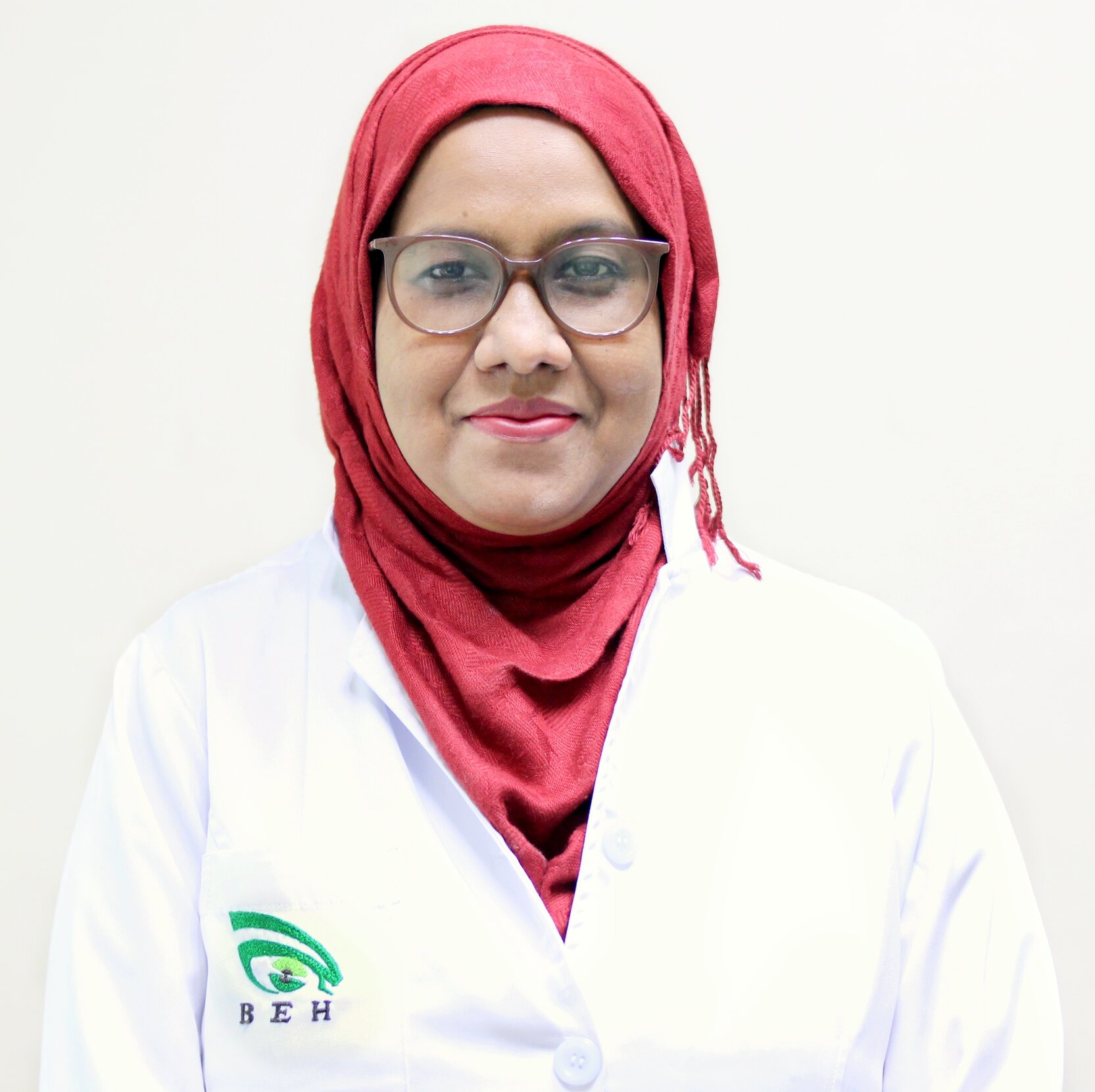
Cataract

None
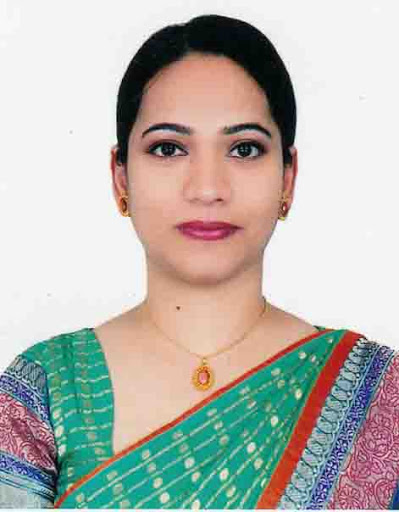
None

None

None

None
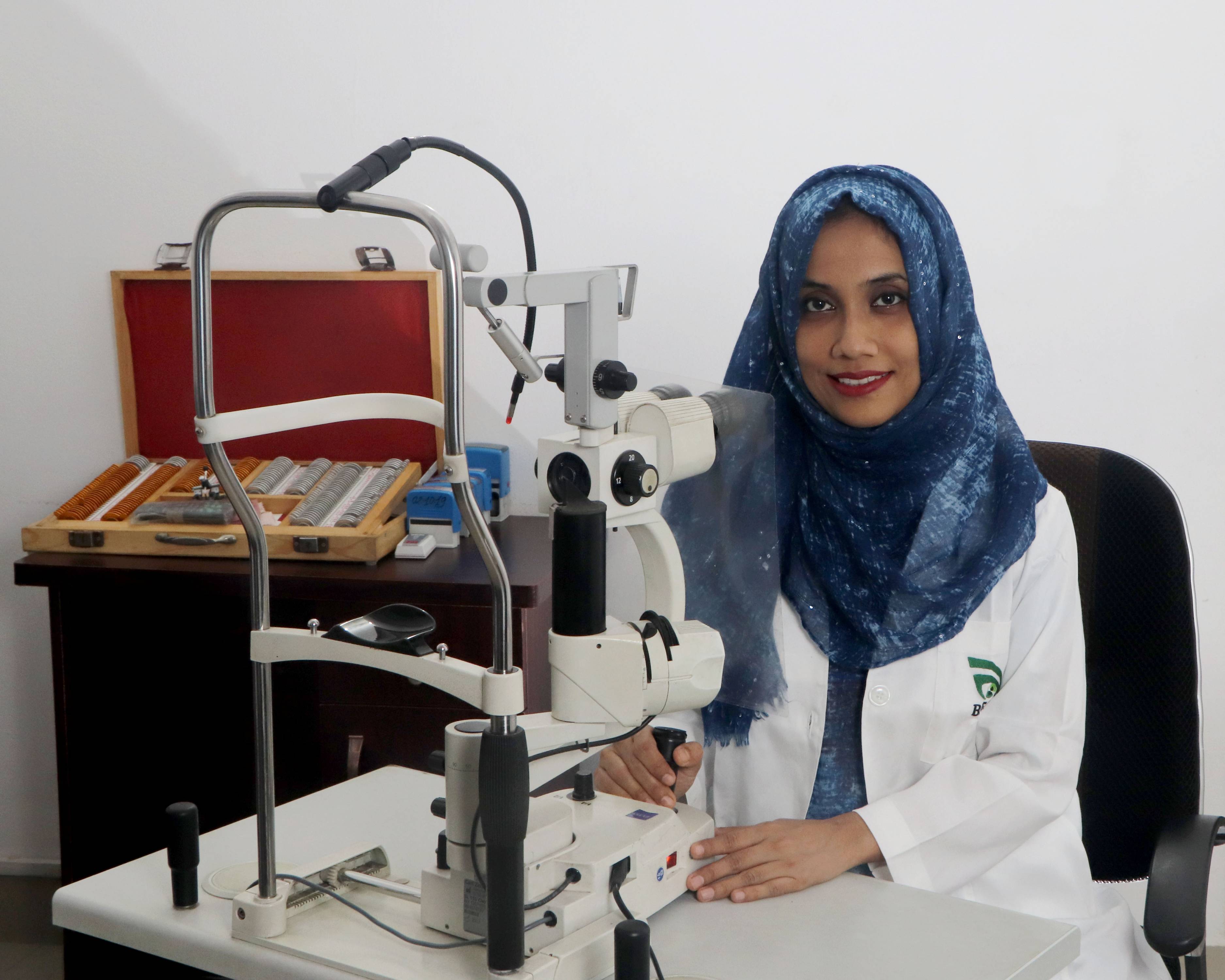
None
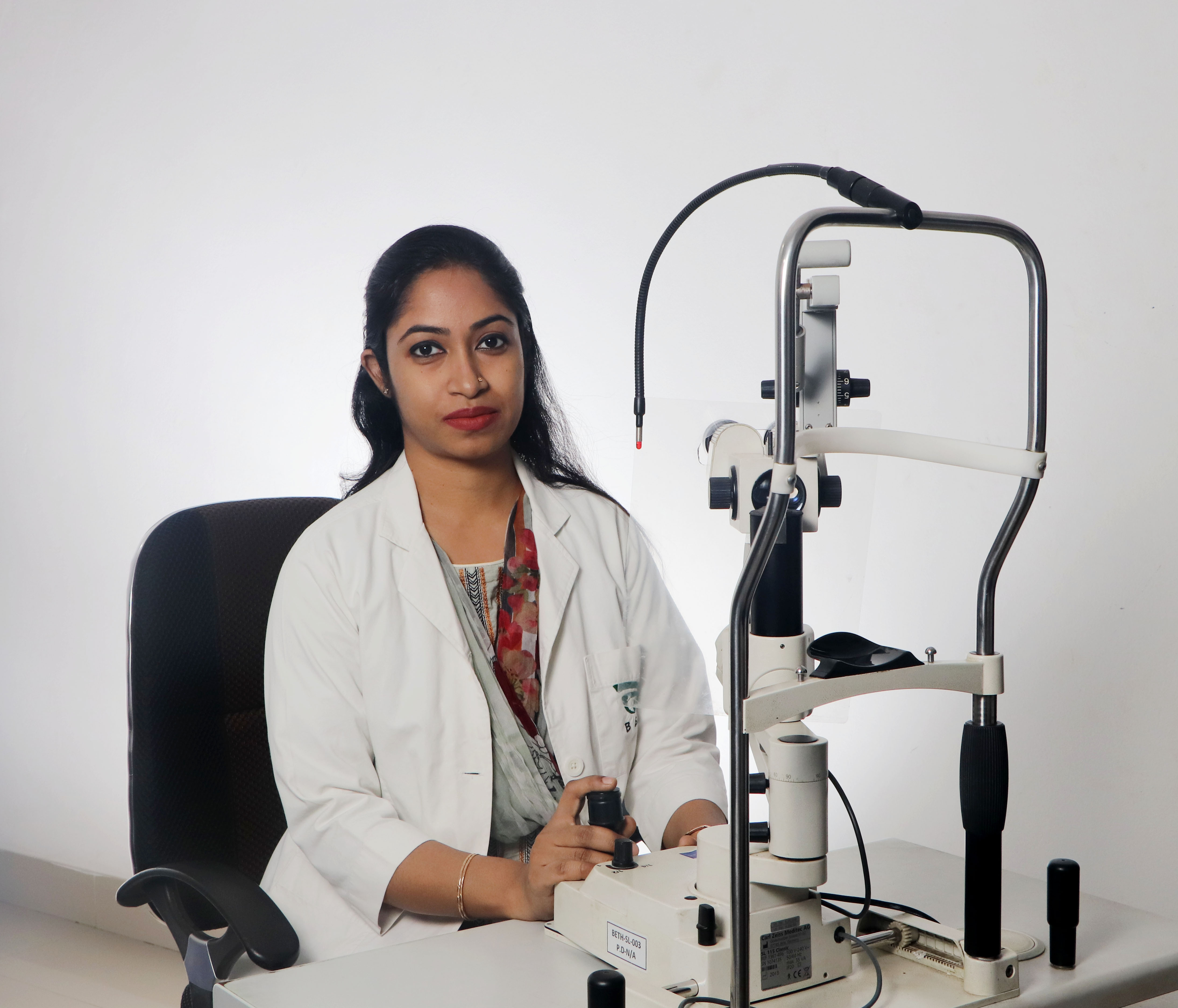
None

Cataract
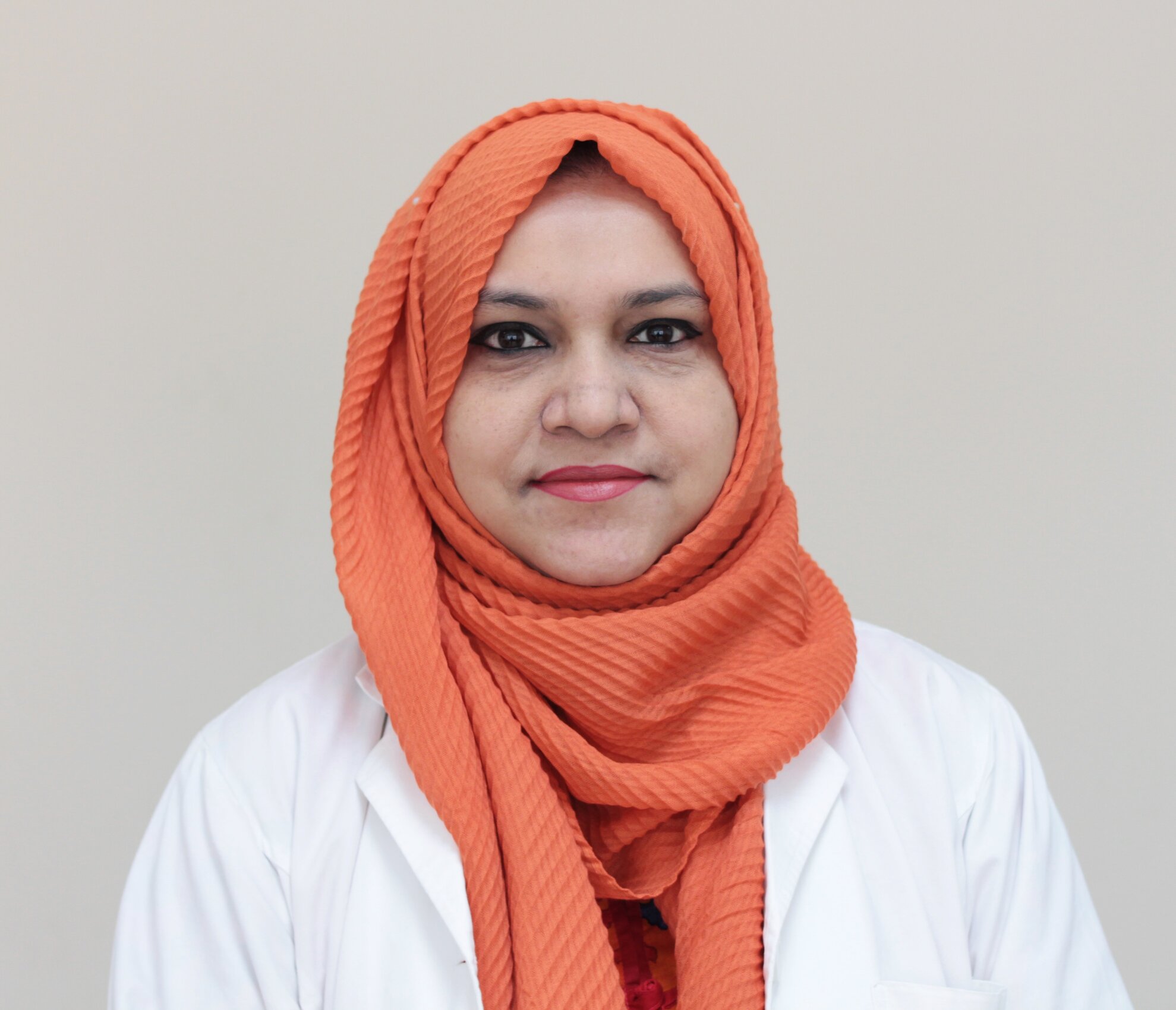
Cataract

Cataract

Cataract

Cataract

Cataract

Cataract
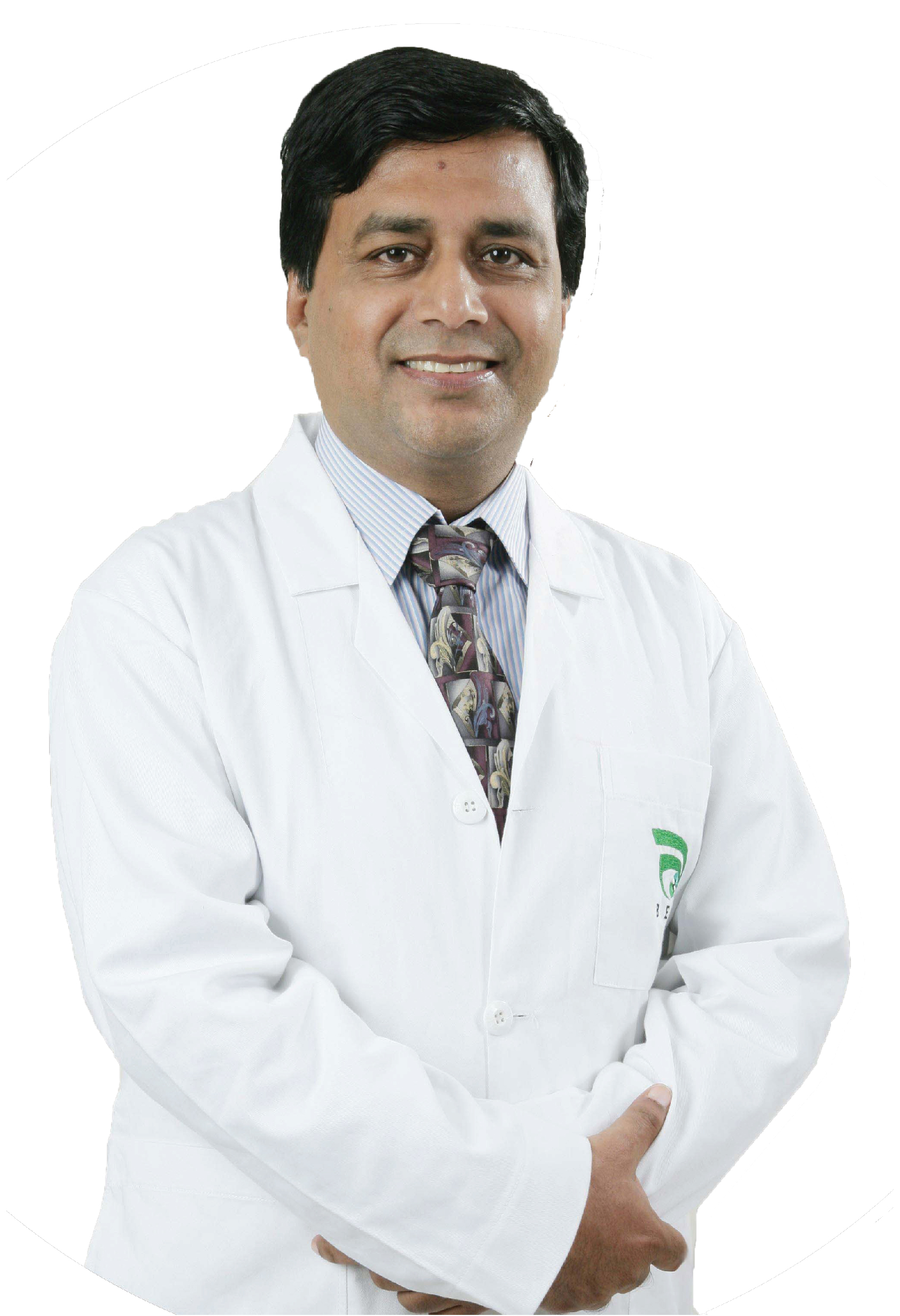
None

None

None
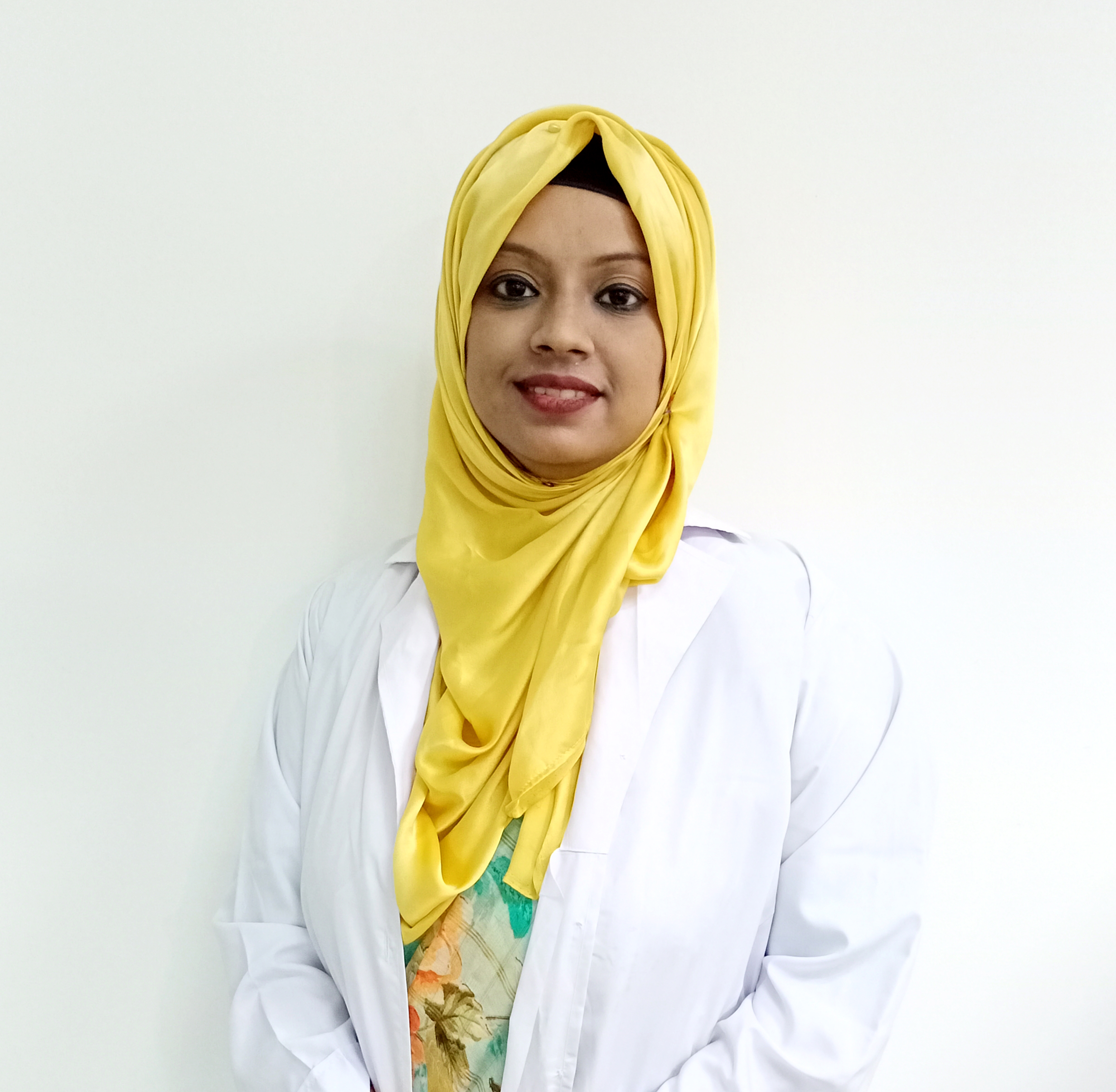
None
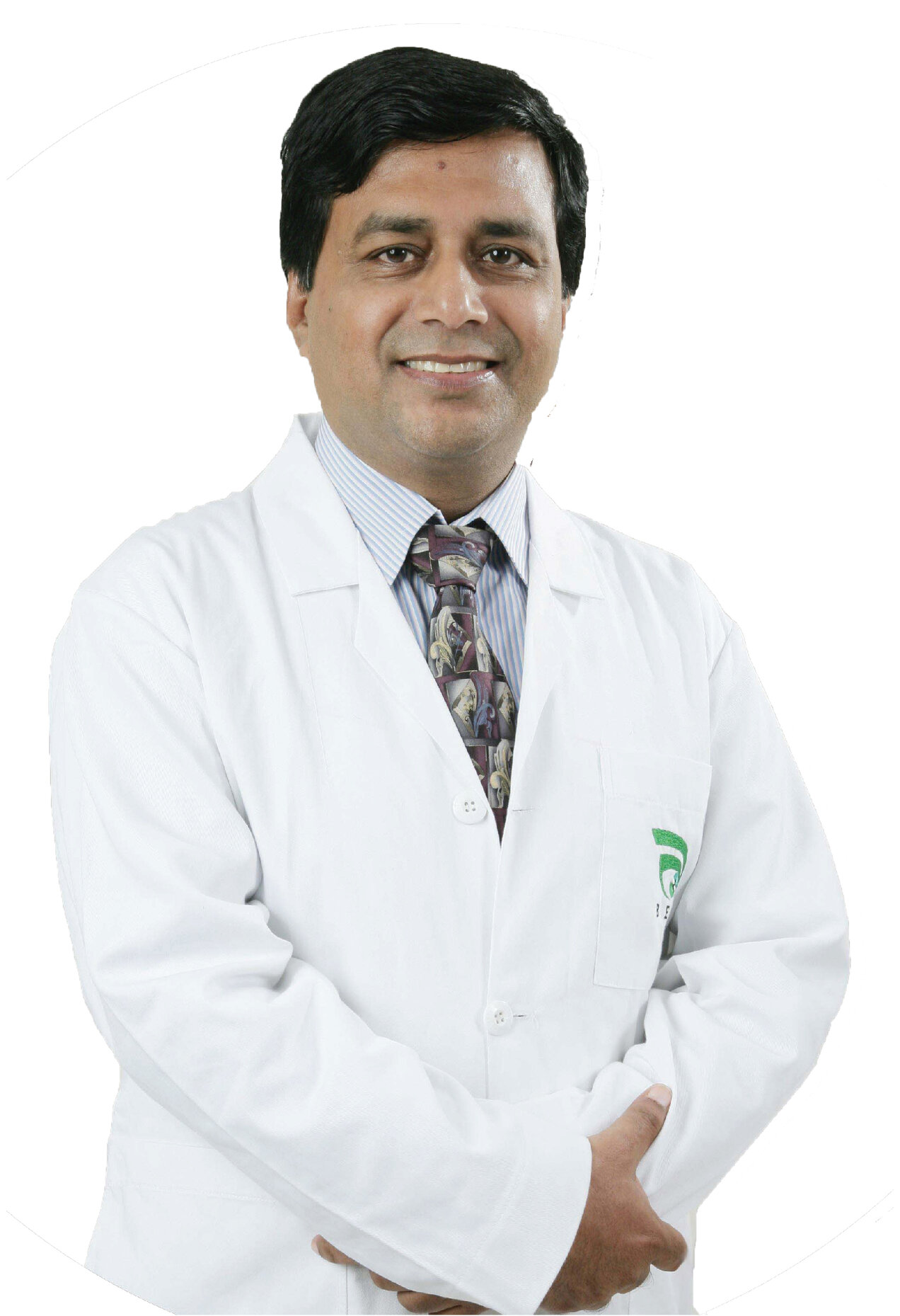
None

None

None

None

None

Cataract

Cataract
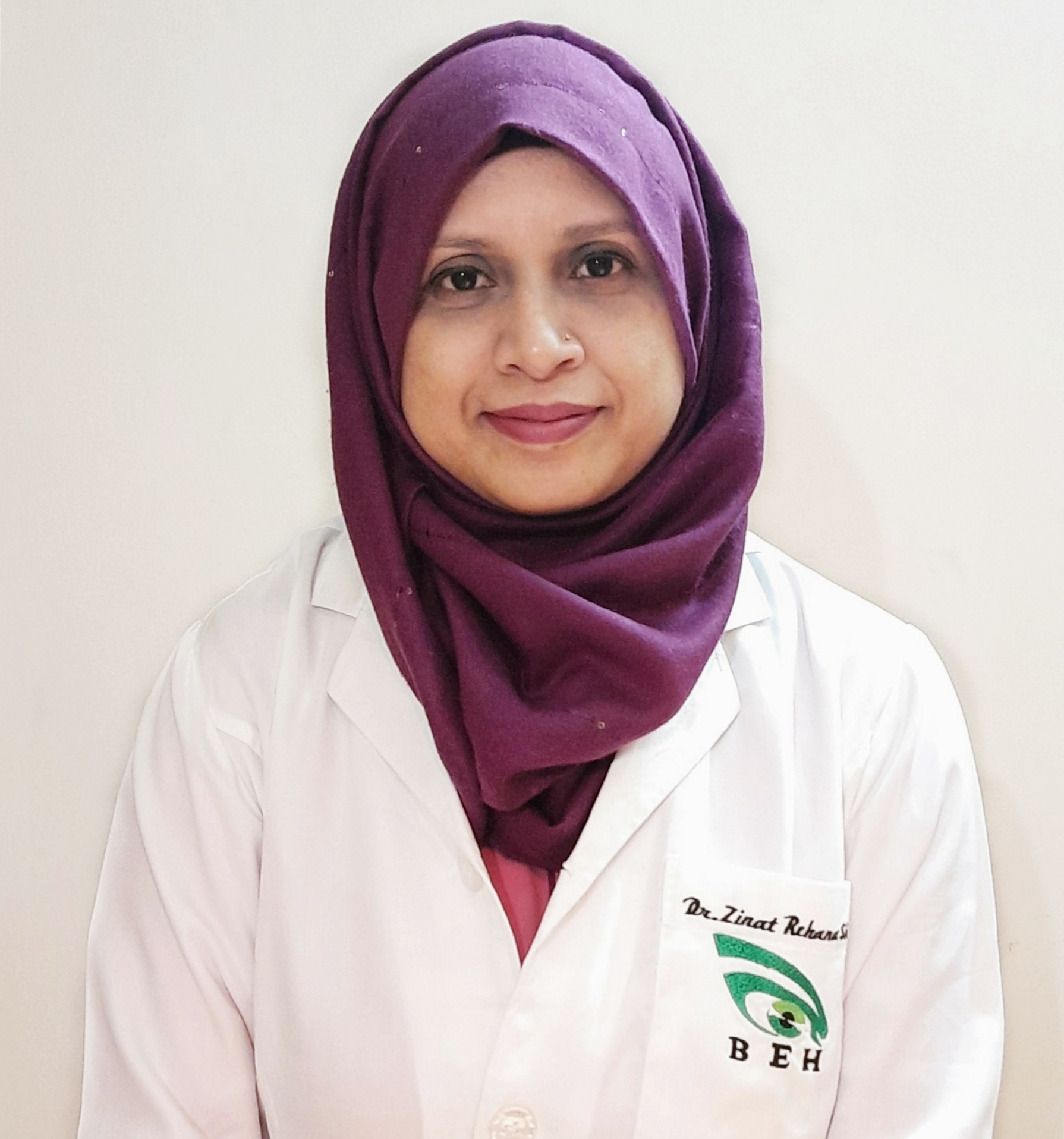
Cataract

Cataract

None
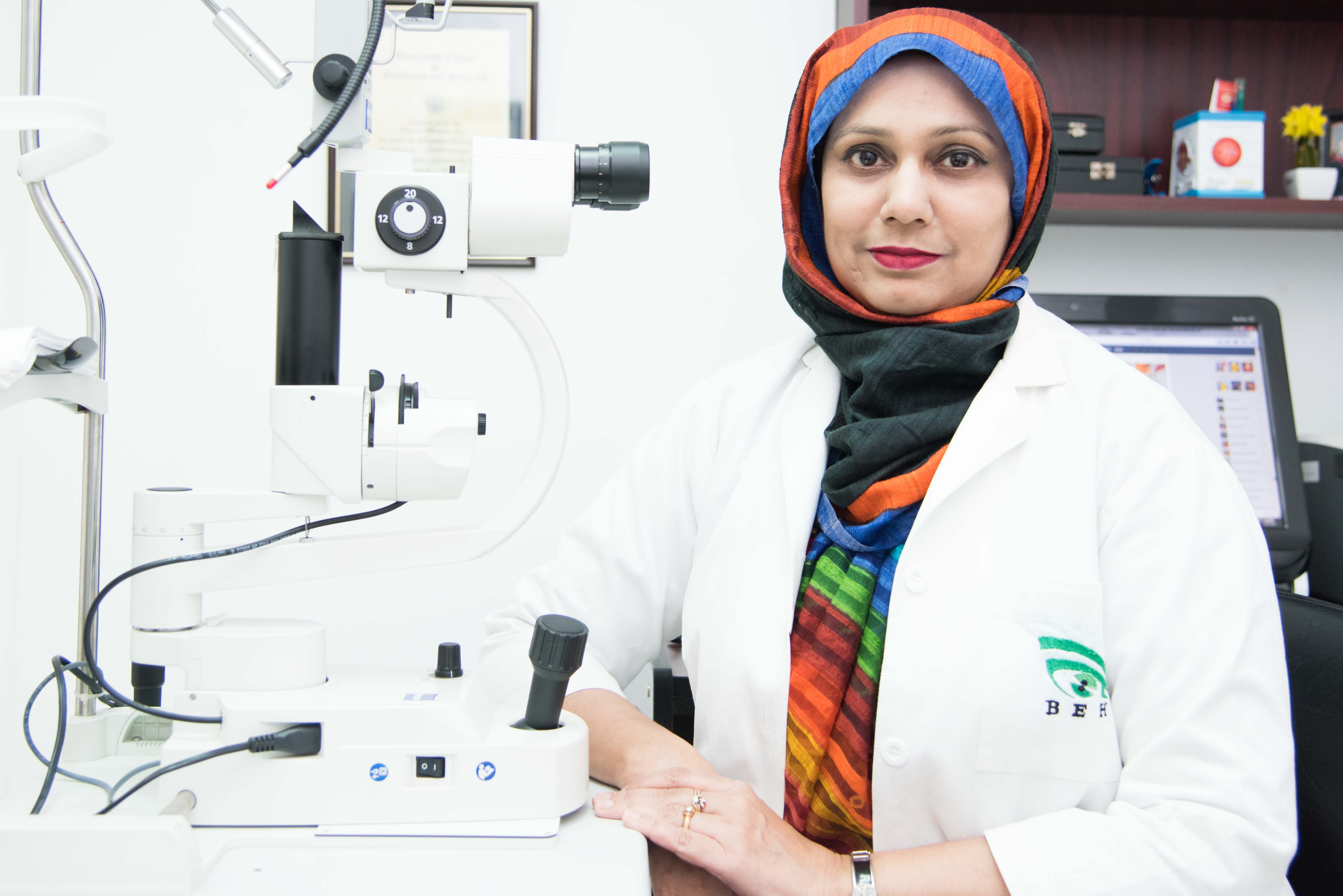
Cataract
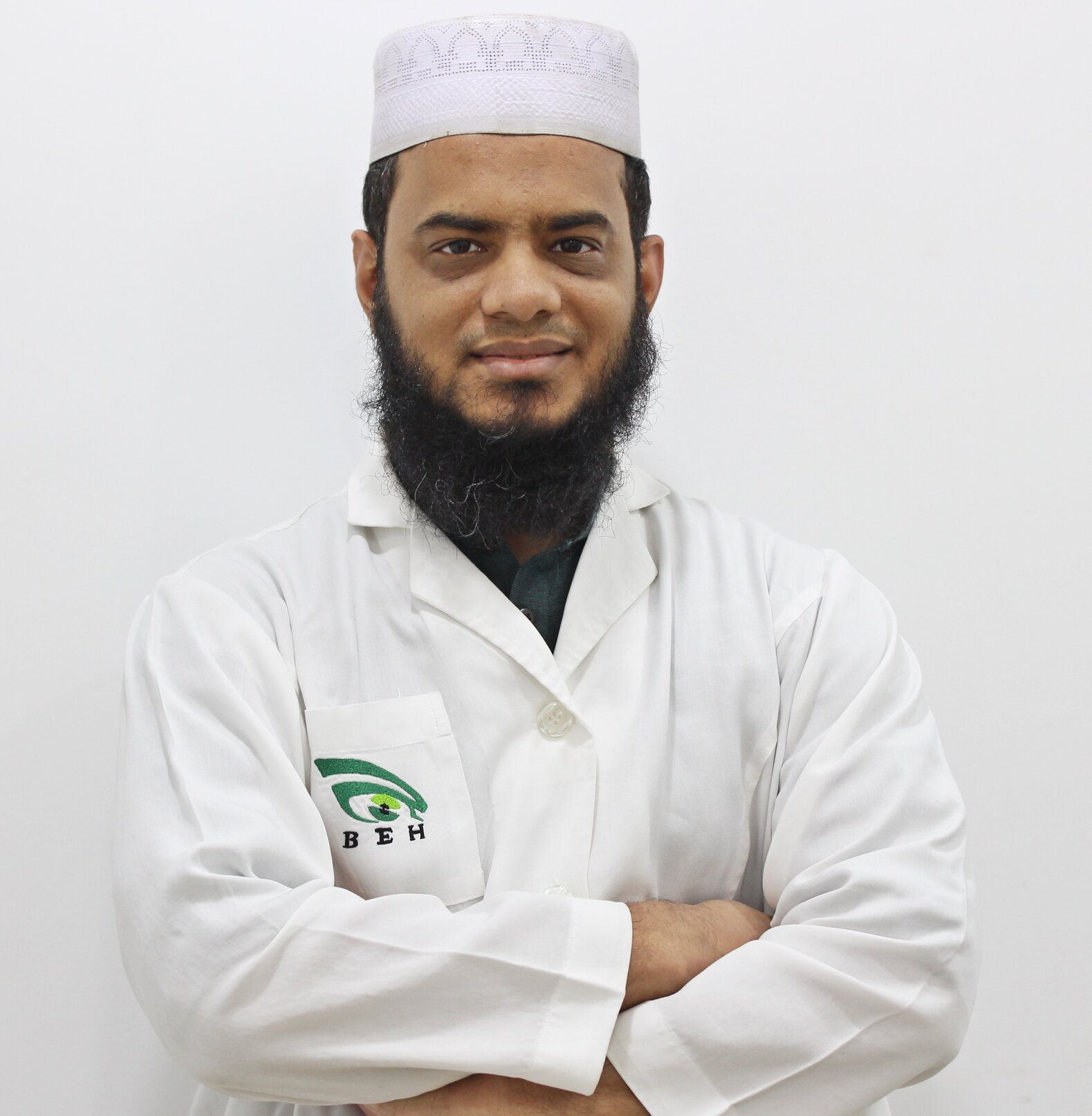
None

Cataract

Cataract

Cataract
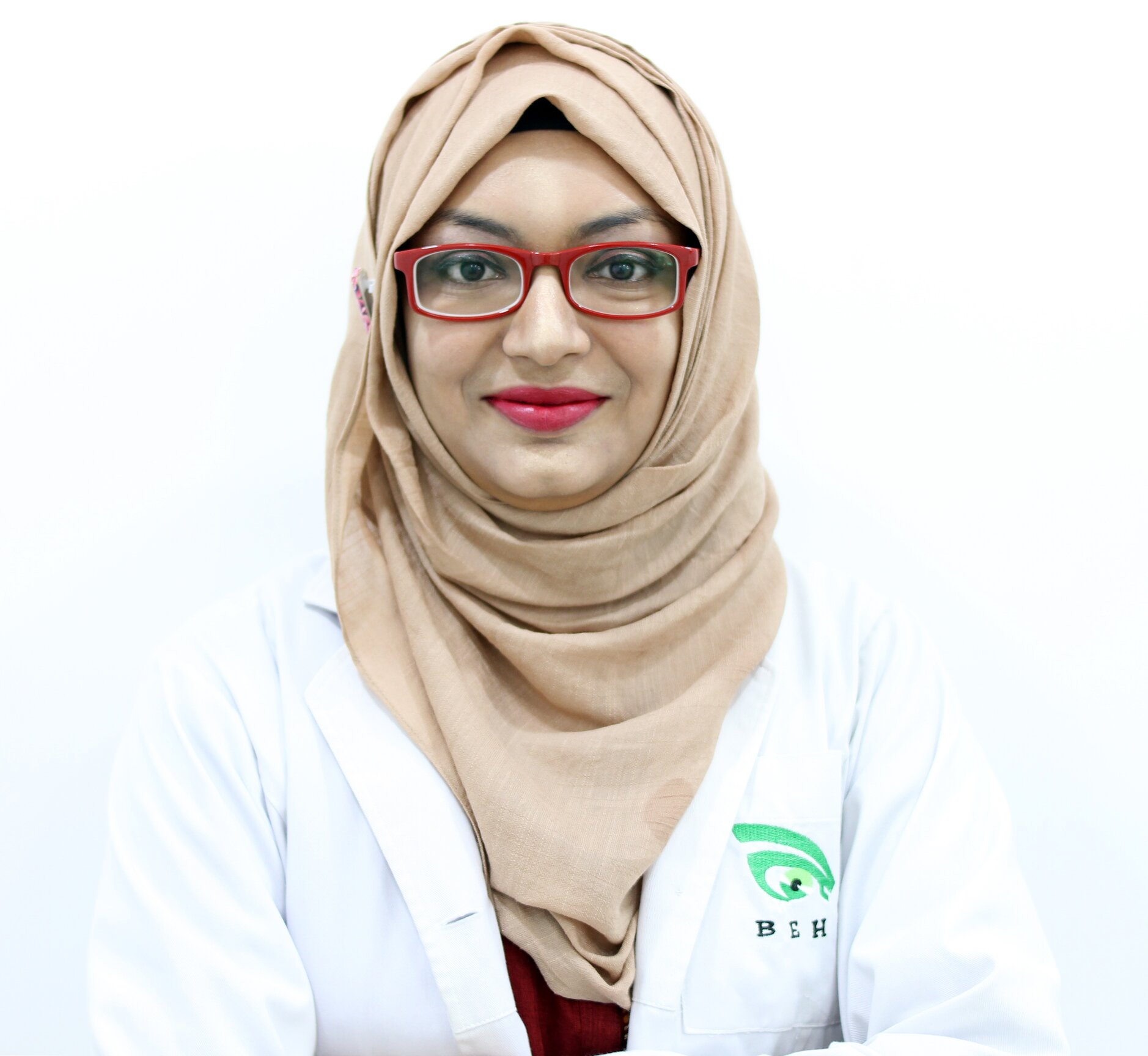
Cataract

None

None

None

None

None
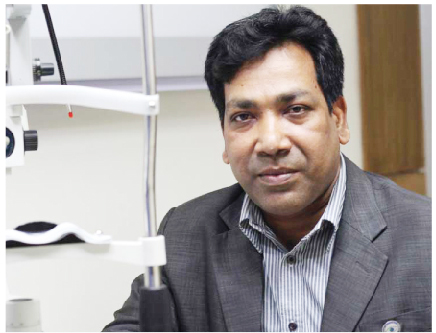
None

None

Cataract

Cataract
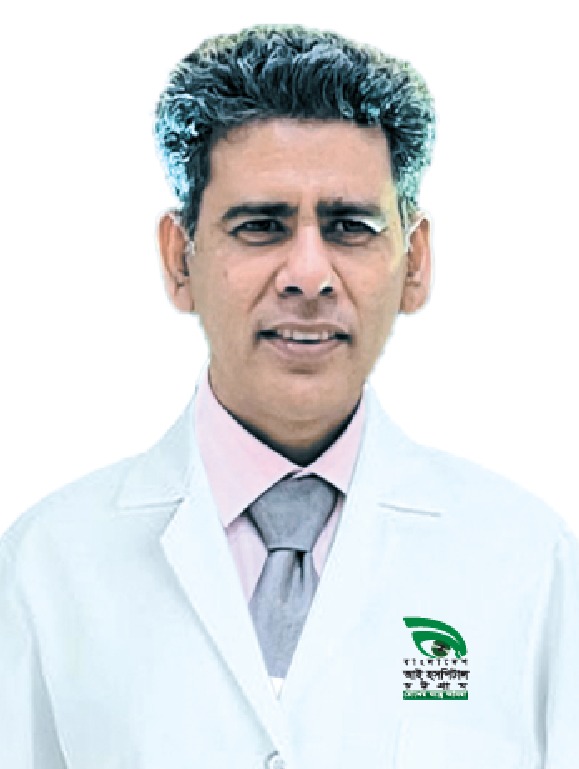
None

None

None

None

None

None
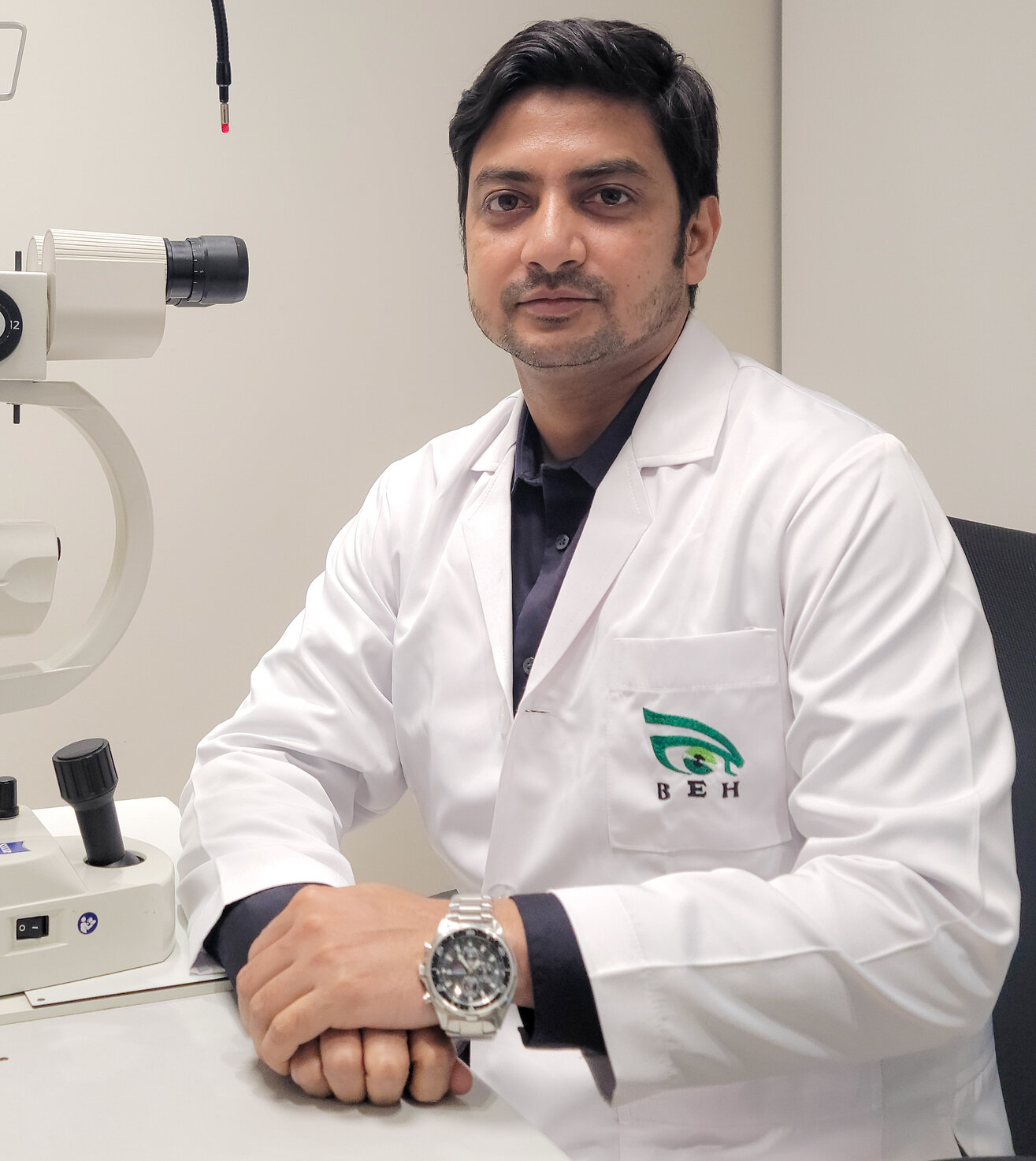
None

None

None

None

None

Cataract

None
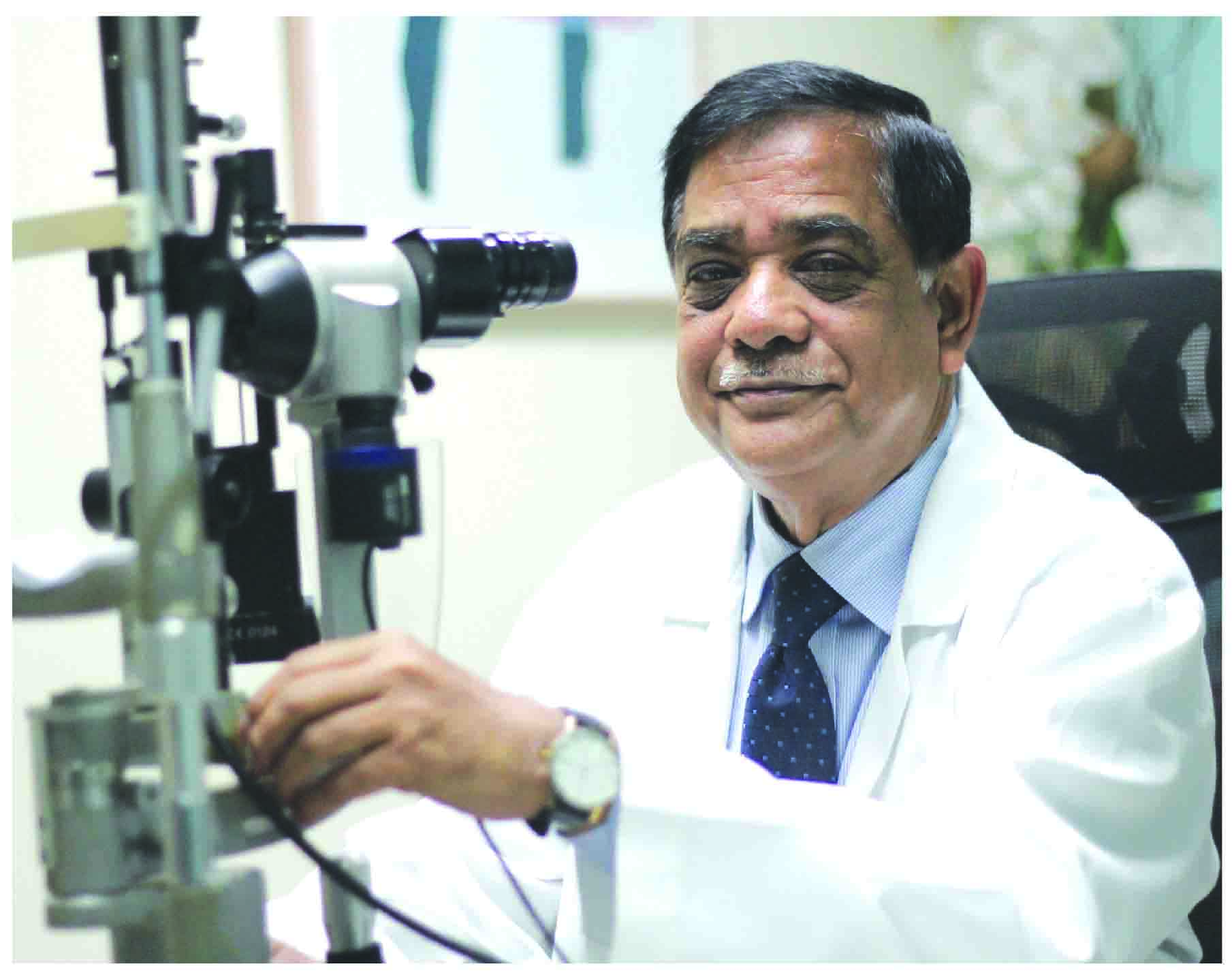
None
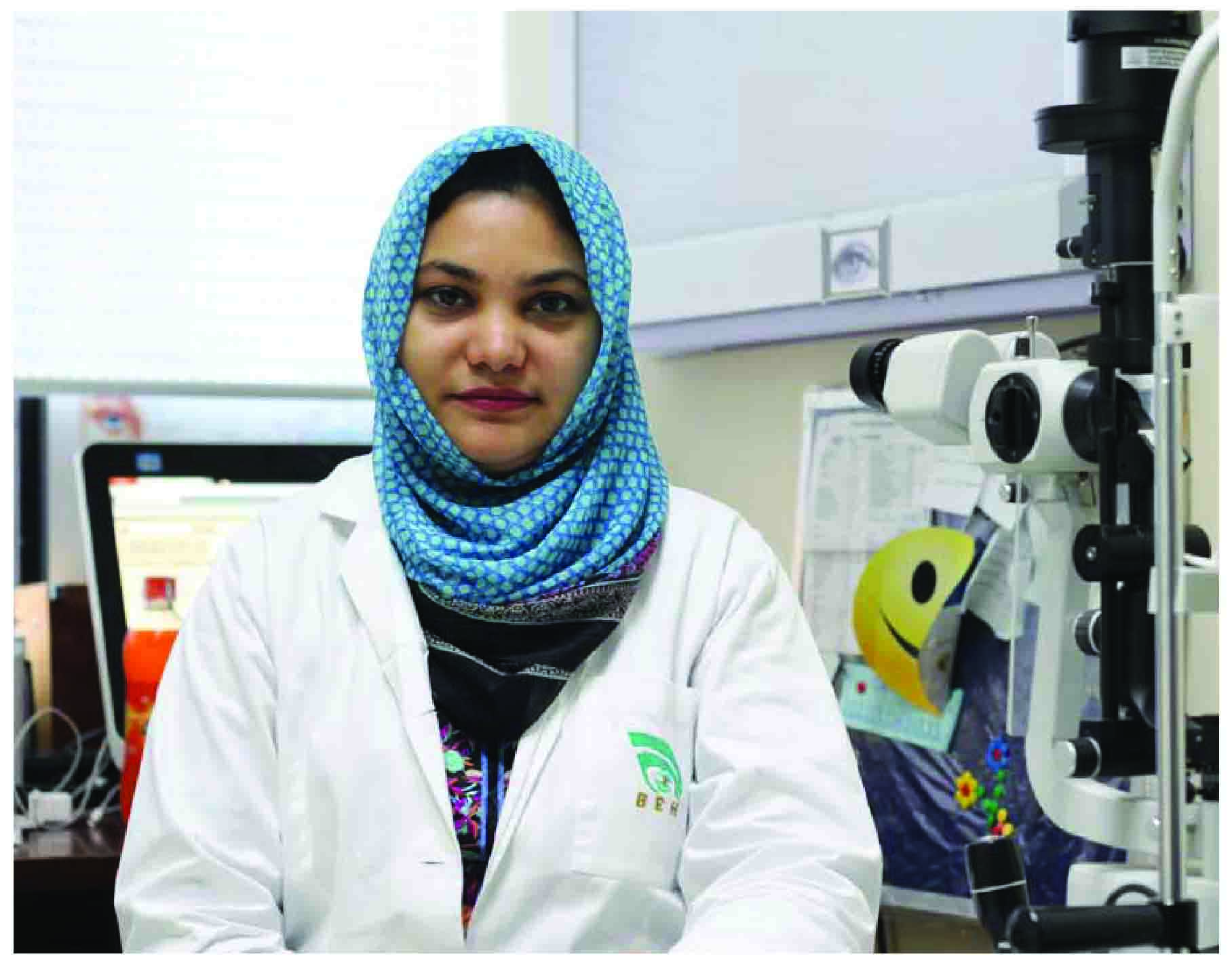
Cataract
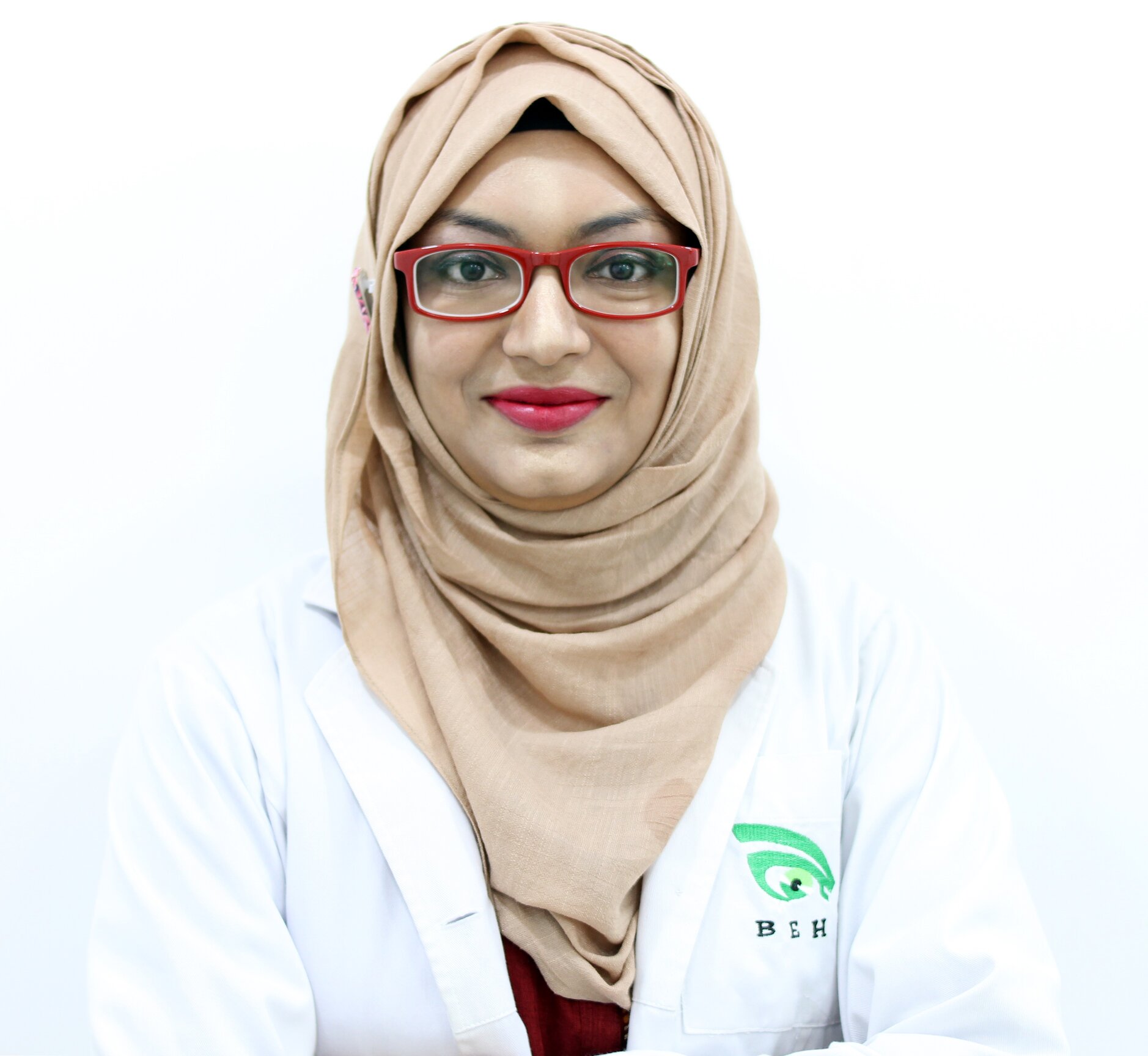
Cataract

None

Cataract

None

None

None

None

None

None

Cataract

None
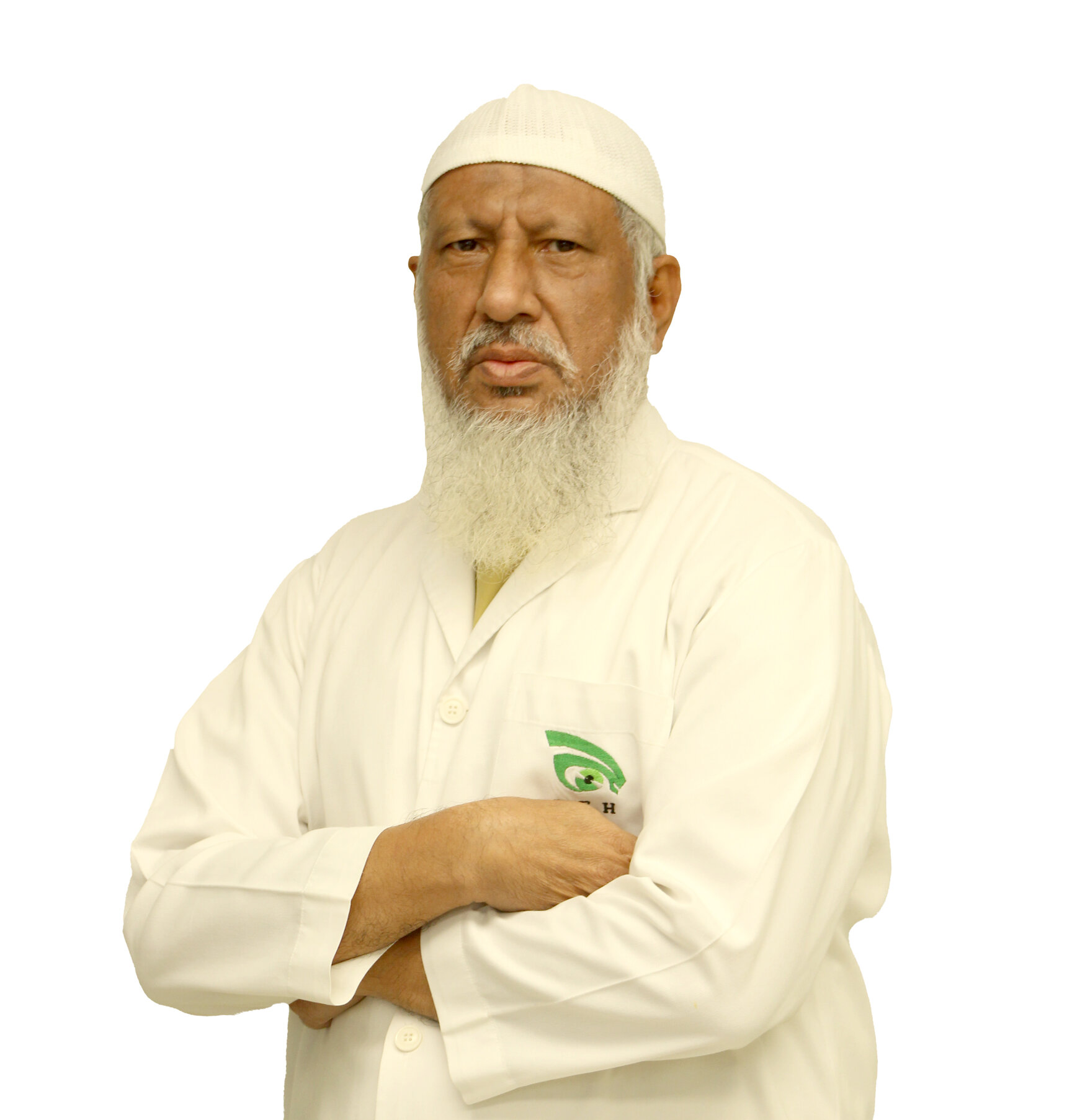
None

None

Cataract
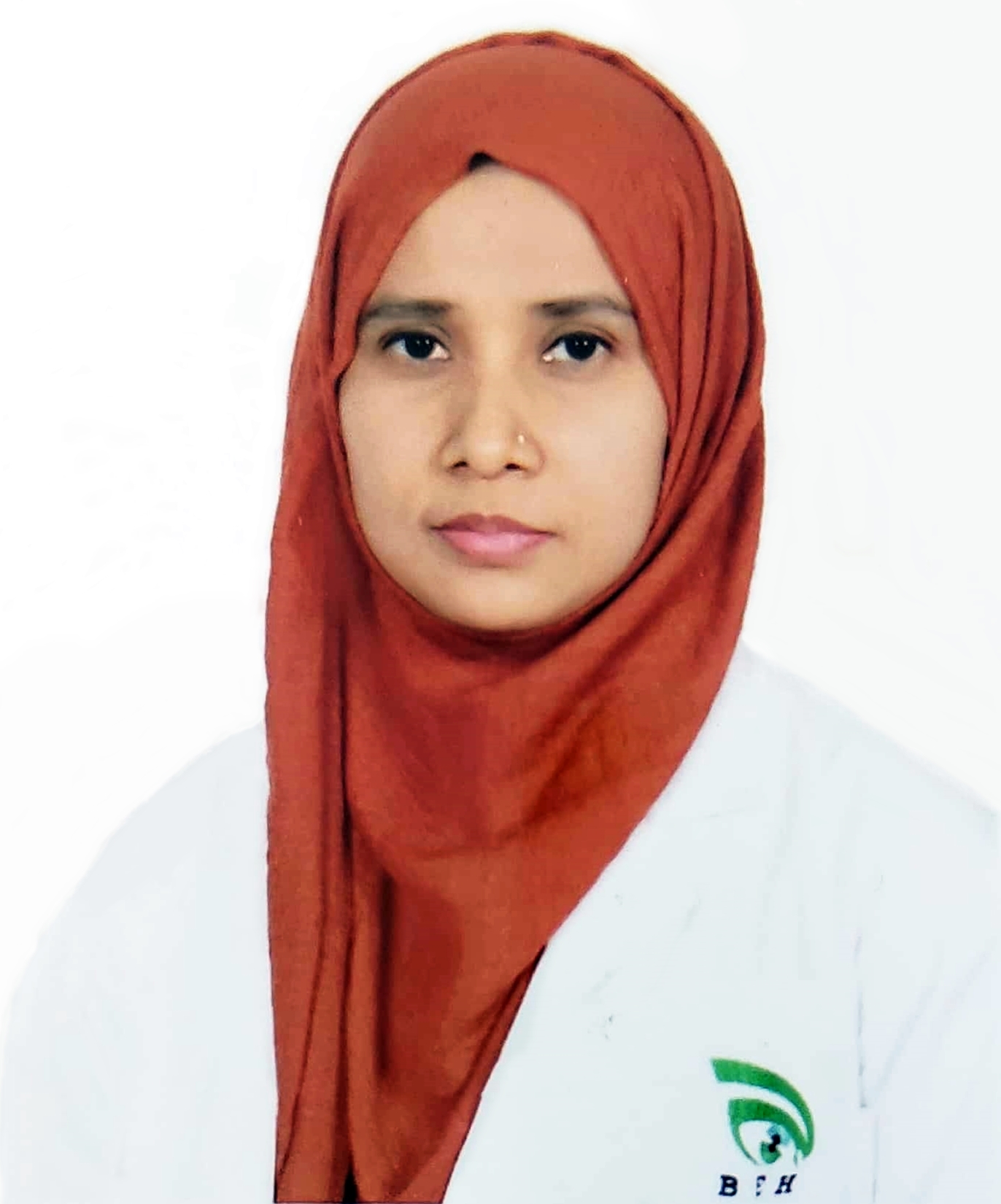
Cataract

Cataract

Cataract

None
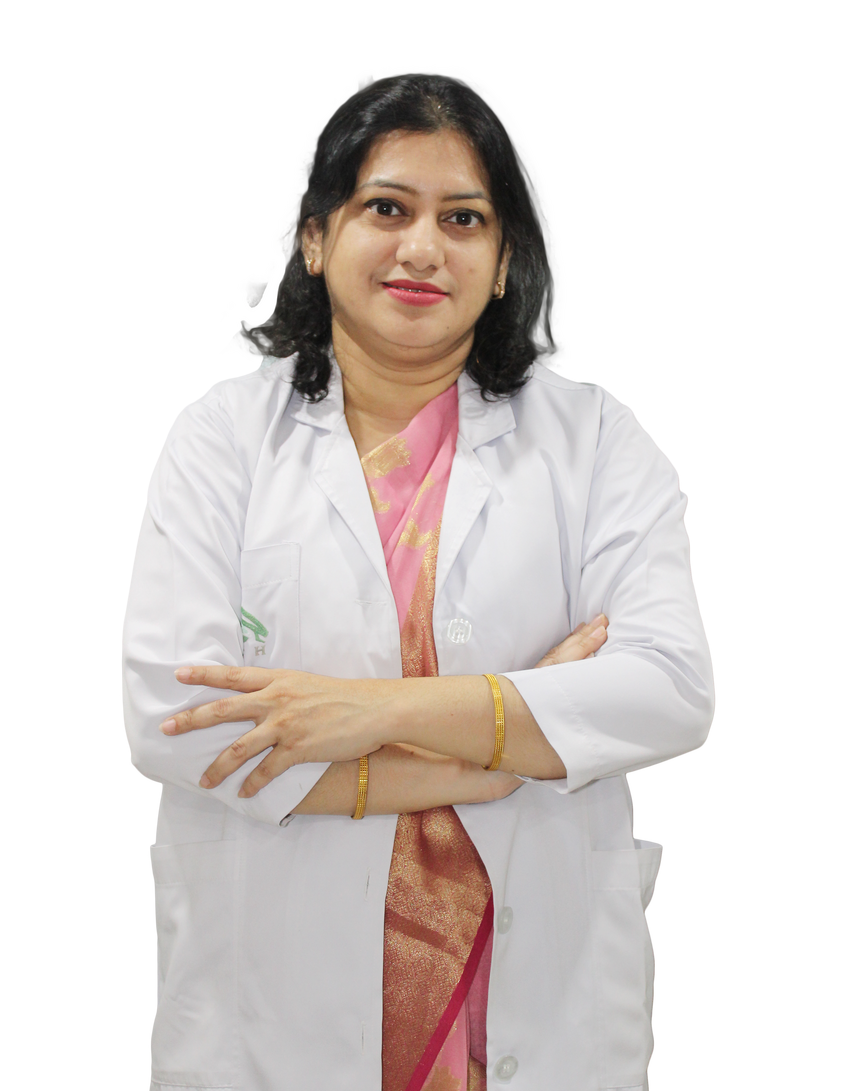
None

None

None

None

None

None

None

None
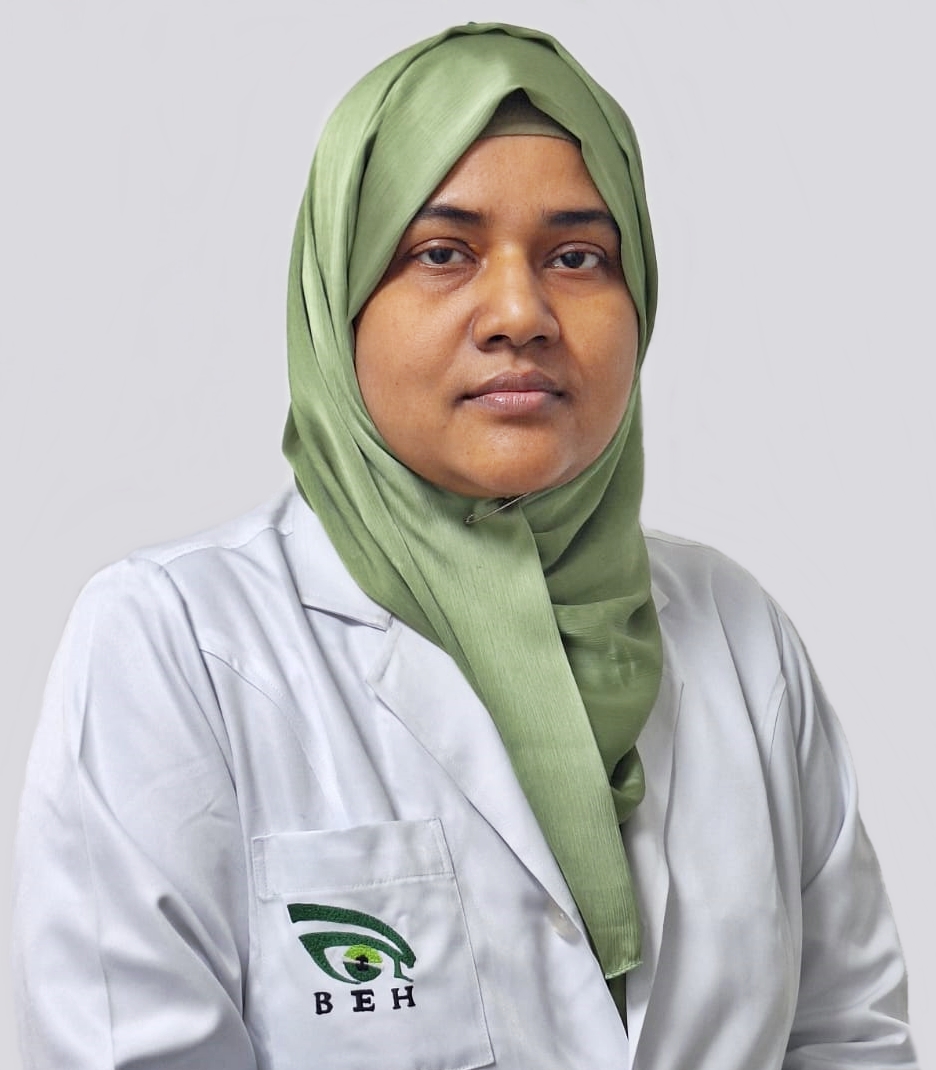
None
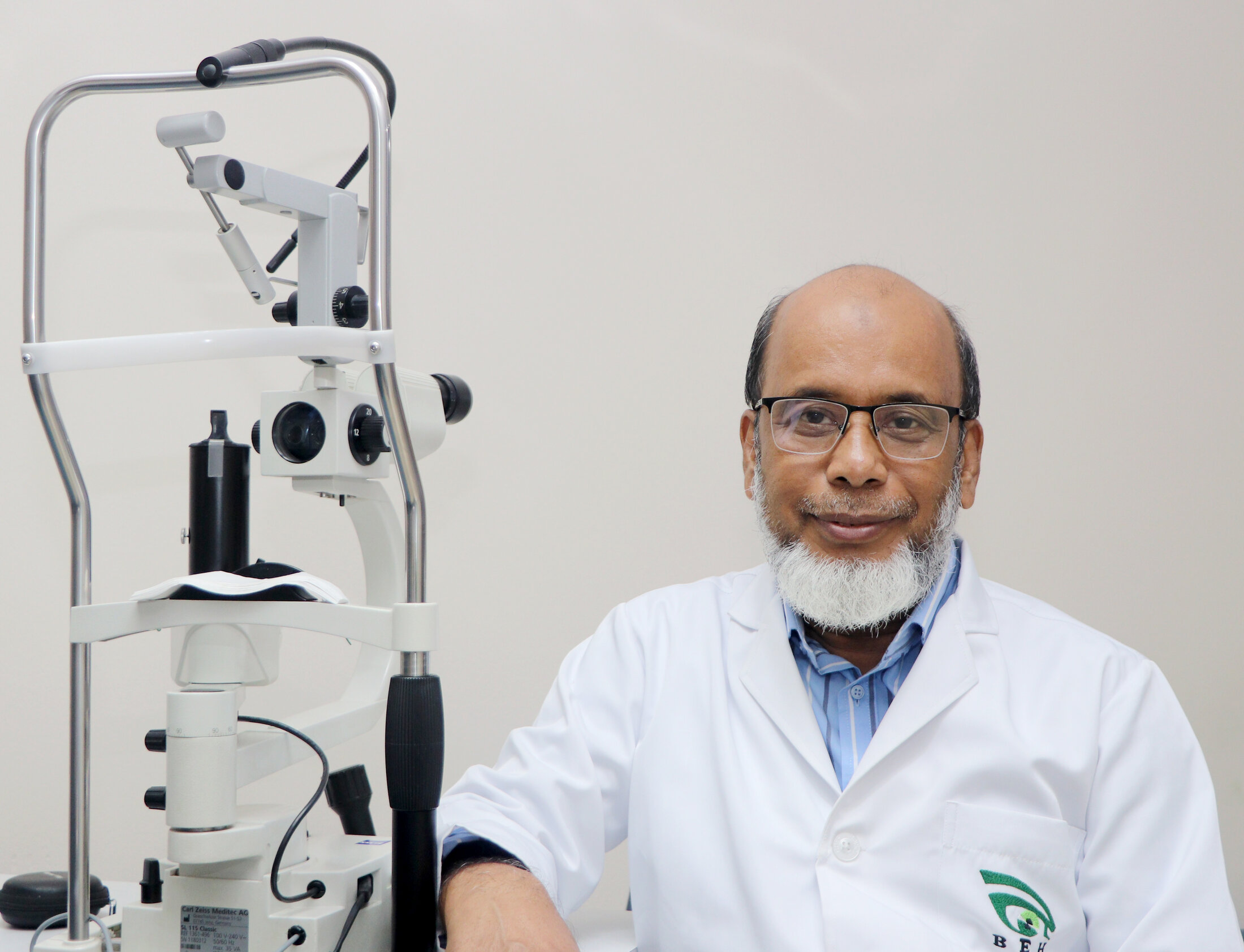
None

None

None

None

None

None

None

None

None

None

None

None

None

None

None

None

None

None

Cataract

Cataract

None

None

None

None

None

Cataract

None

None

None

None

None

None

None

None

None

None

One of our customer care executive will confirm your appointment by contacting with you within next 1-2 hours

Doctor Name: Dr. Collis Molate,
Appointment Date & Time:
Chamber Location: Bangladesh Eye Hospital, Branch
